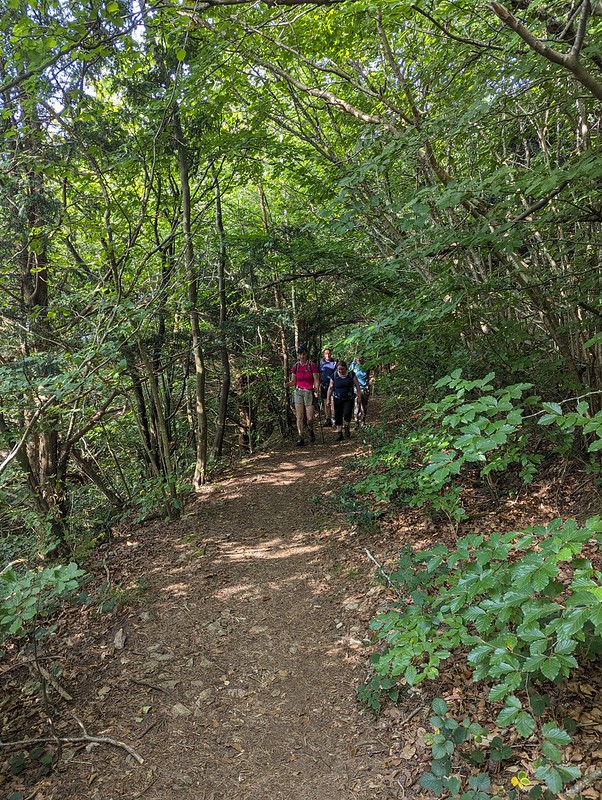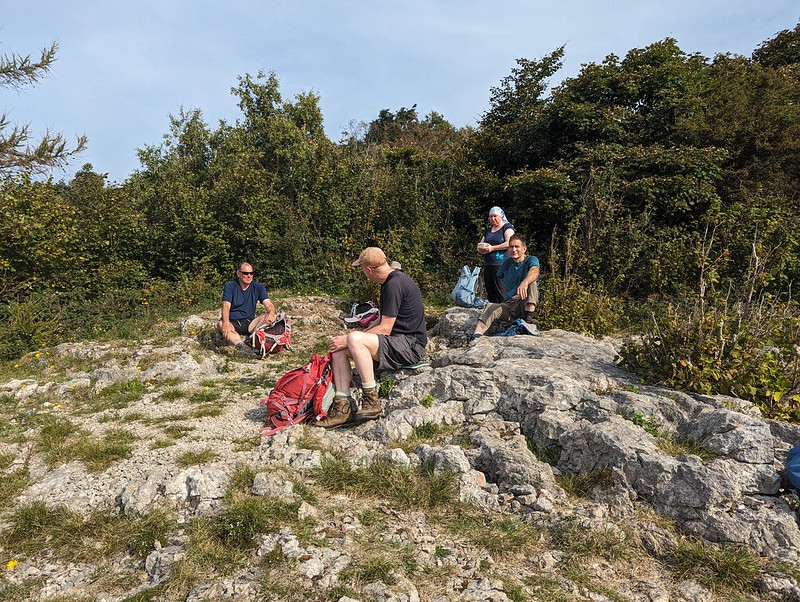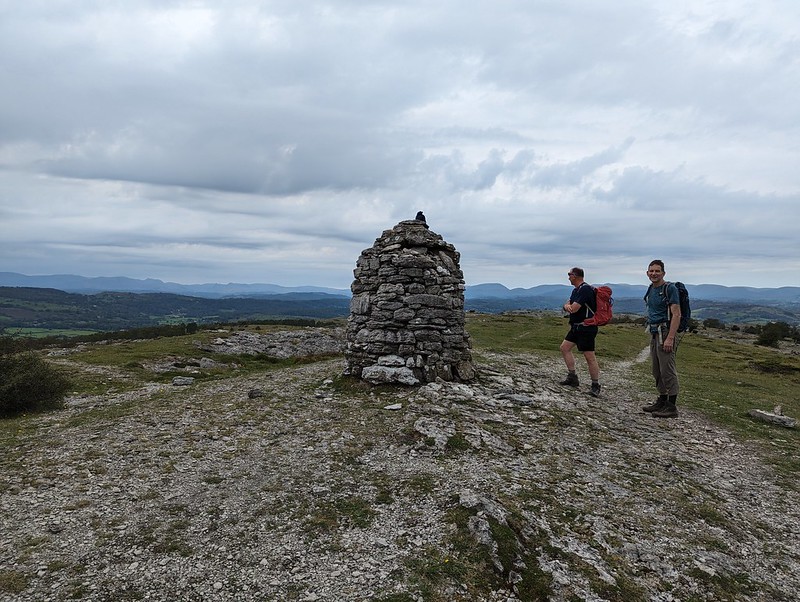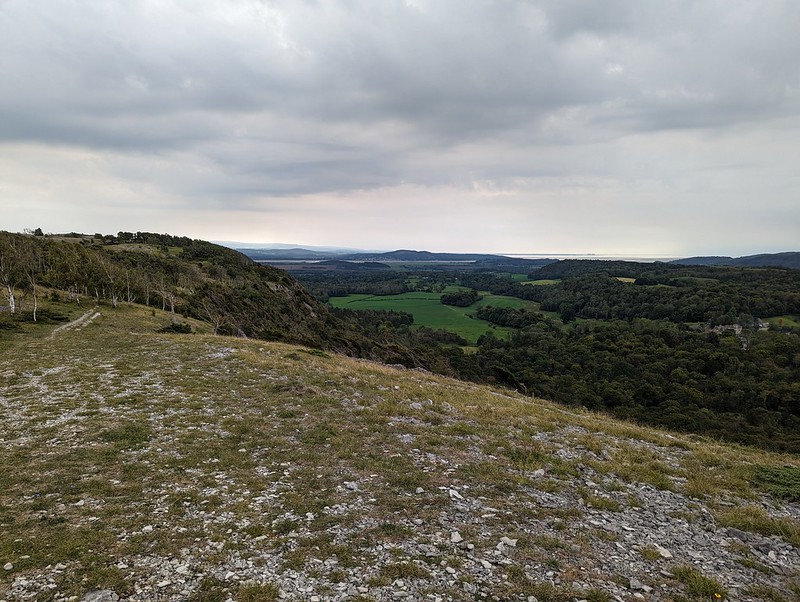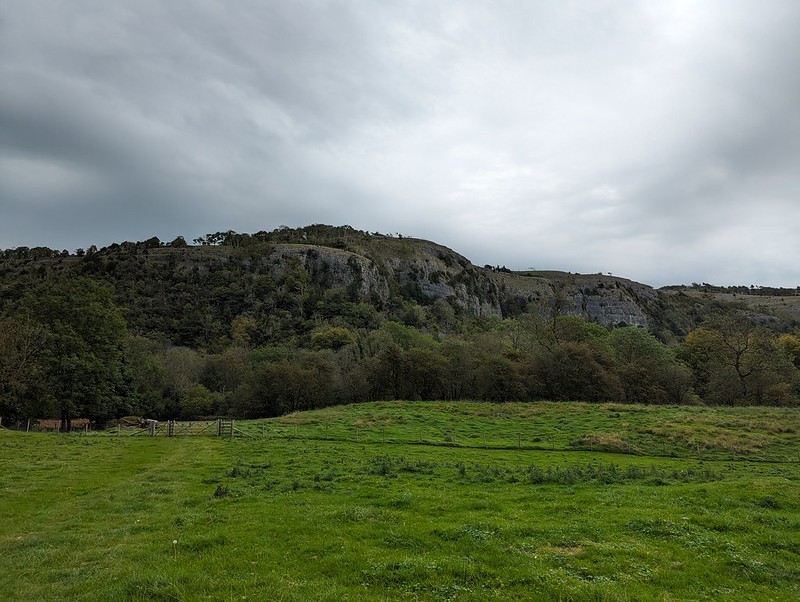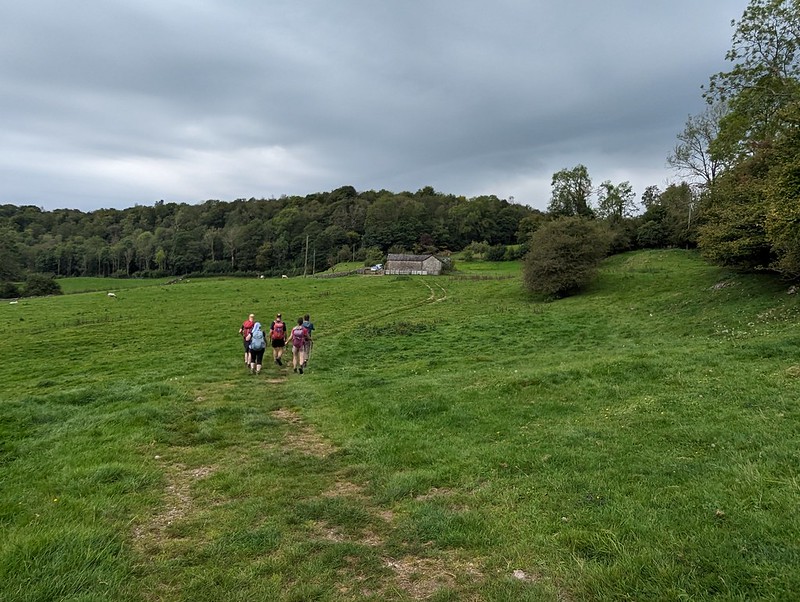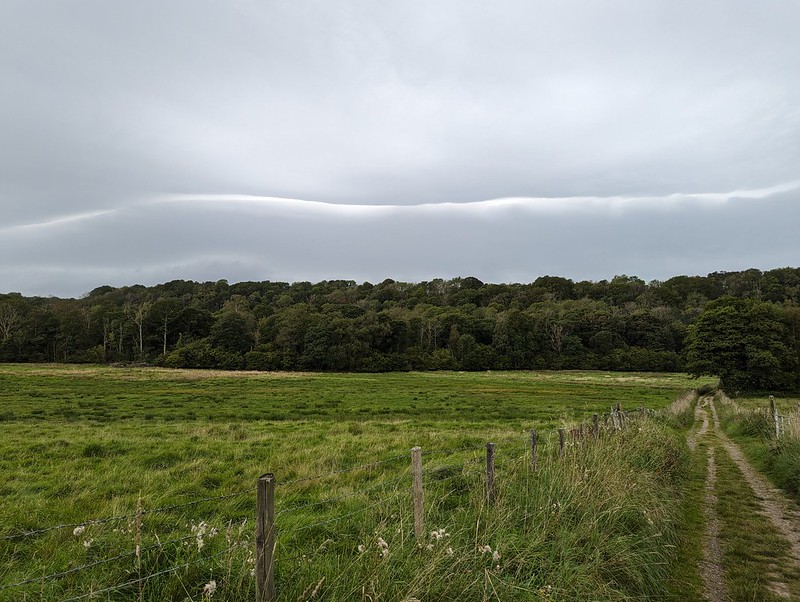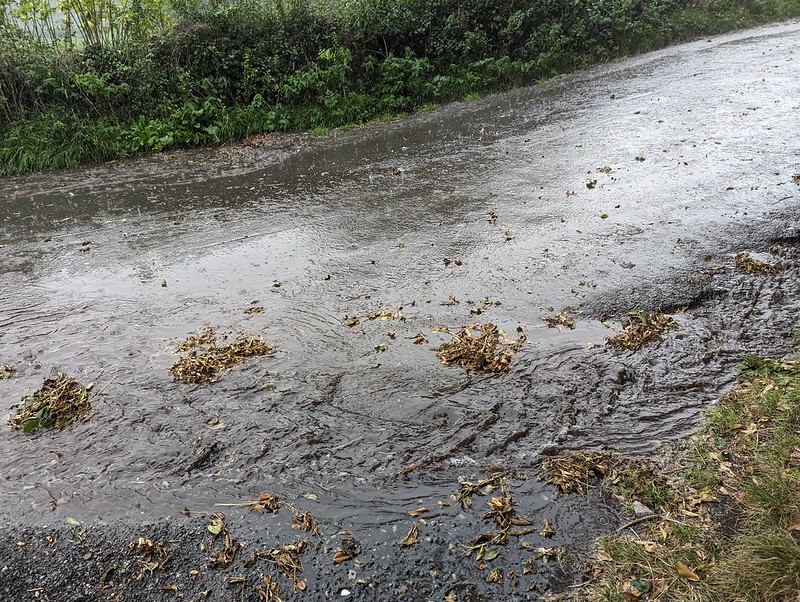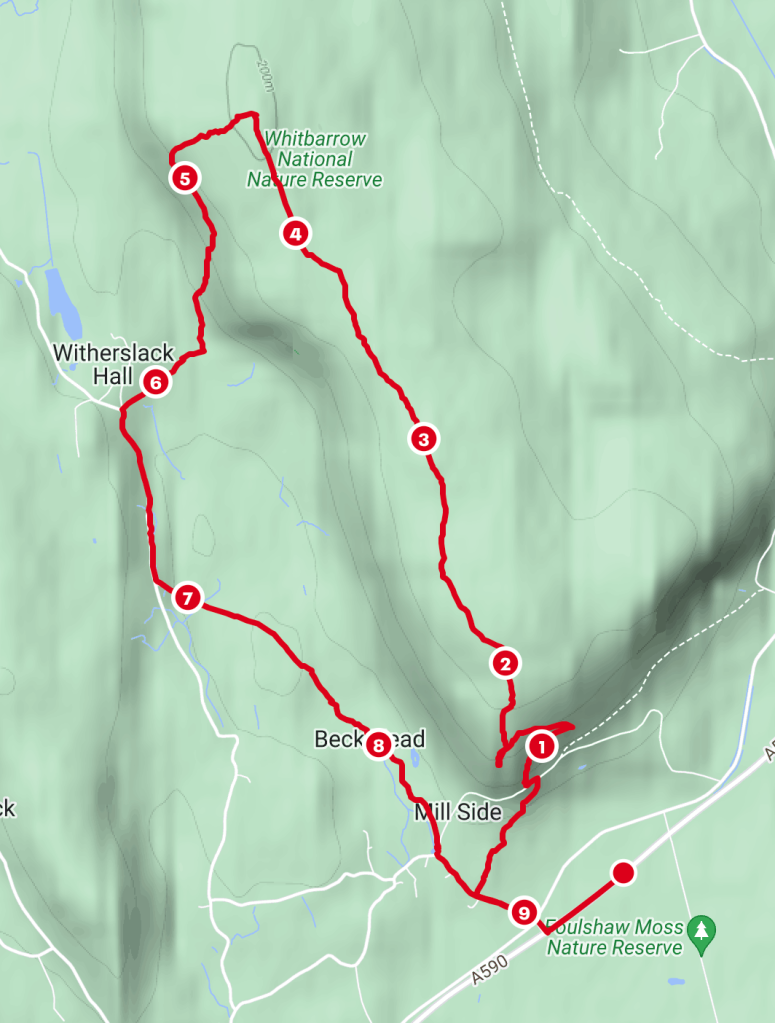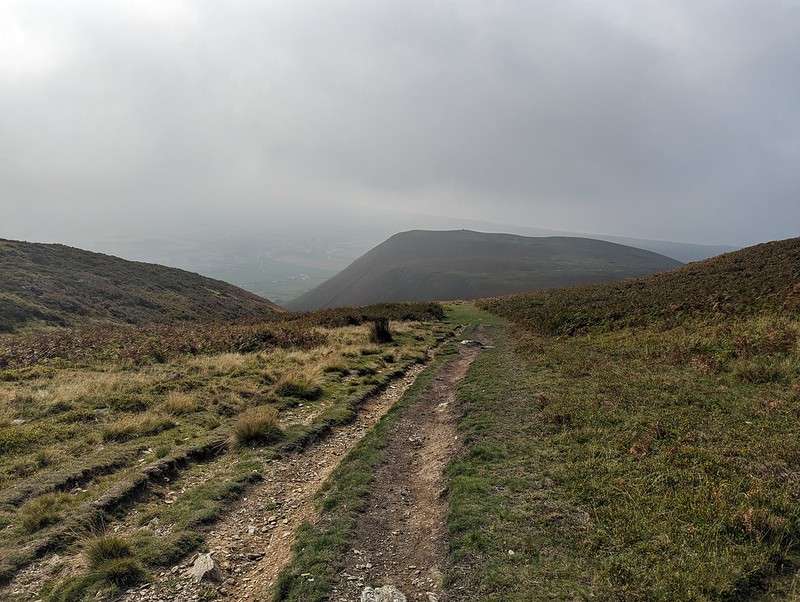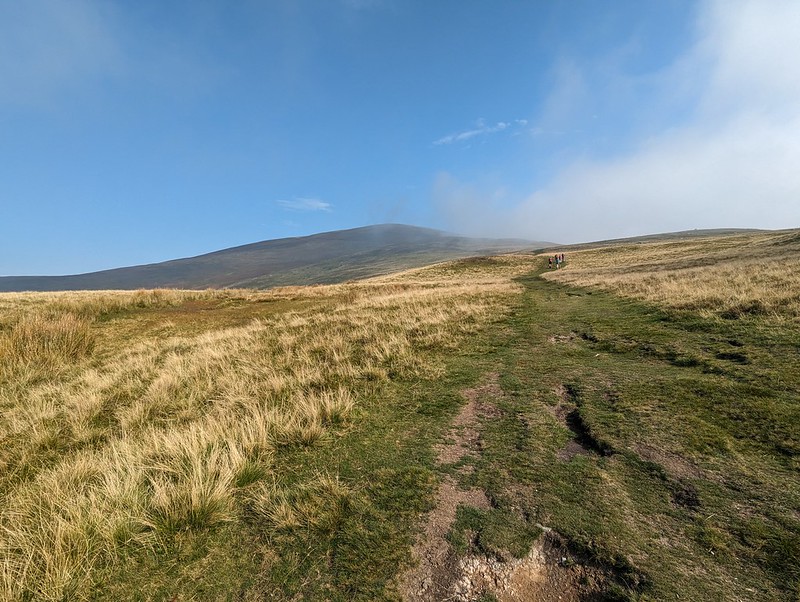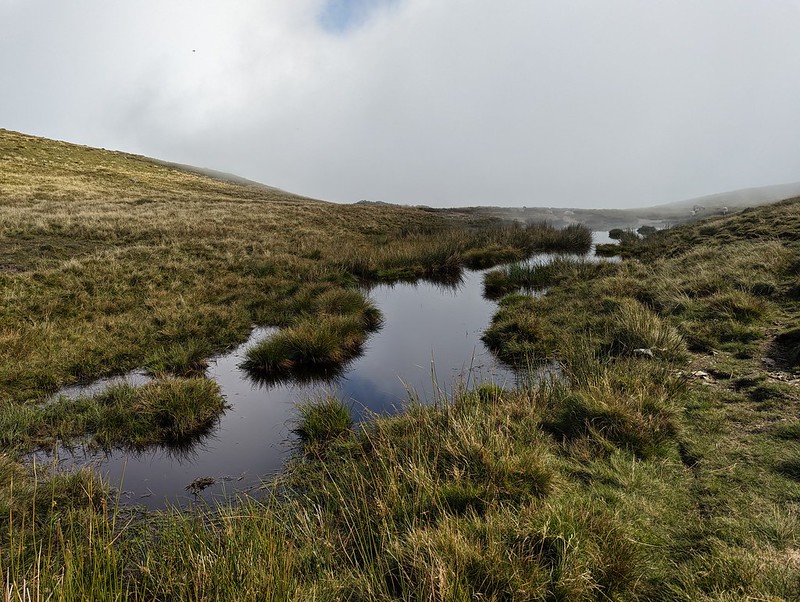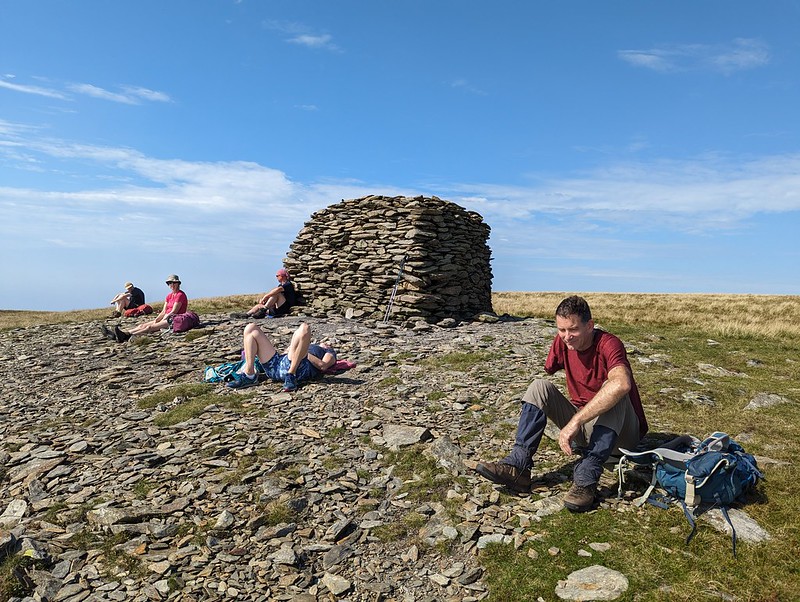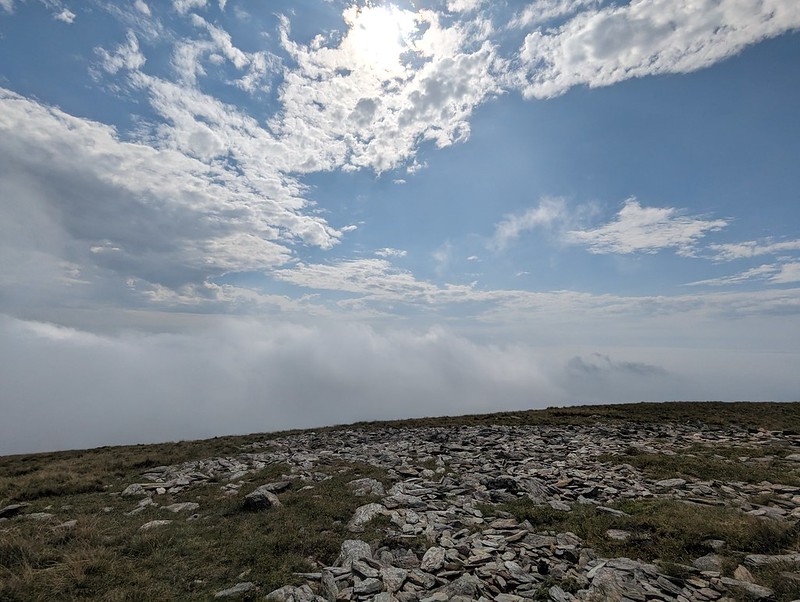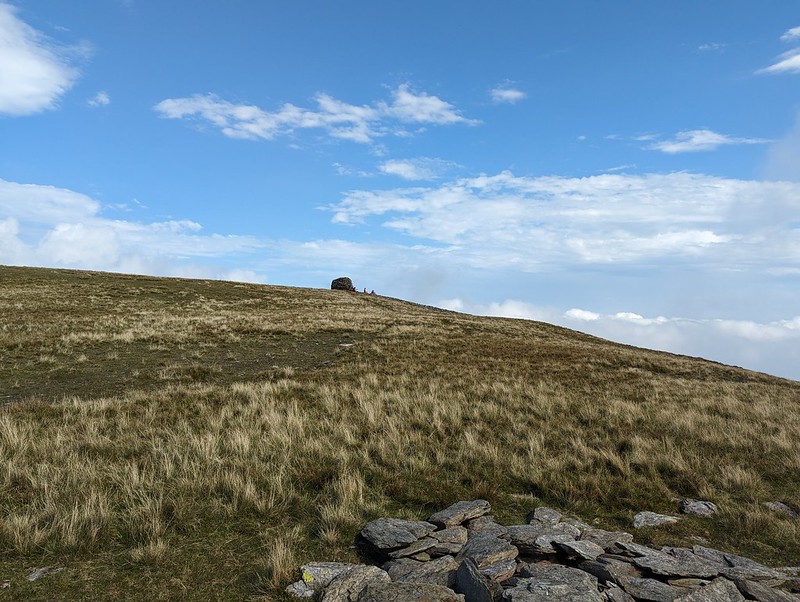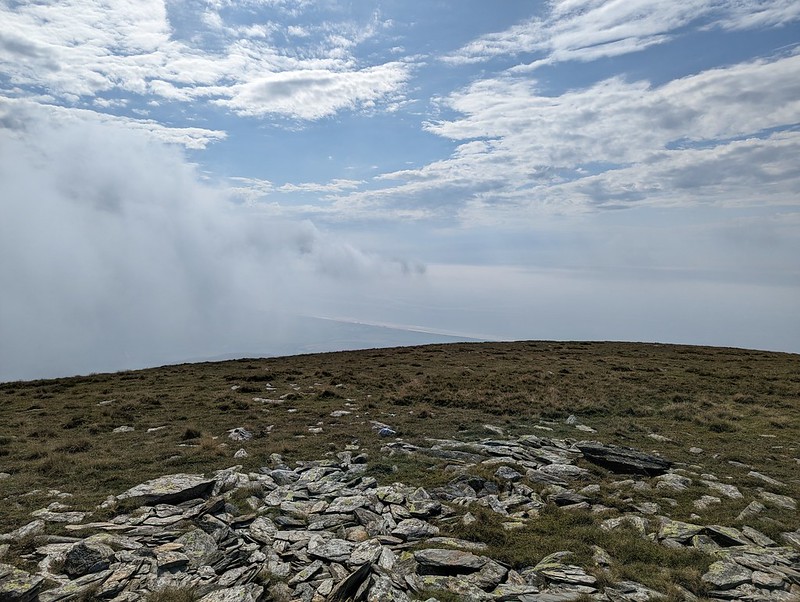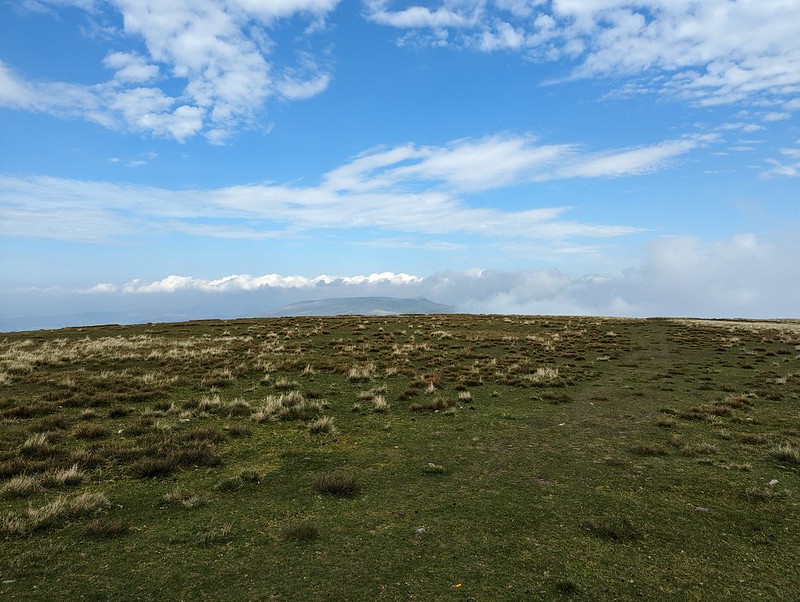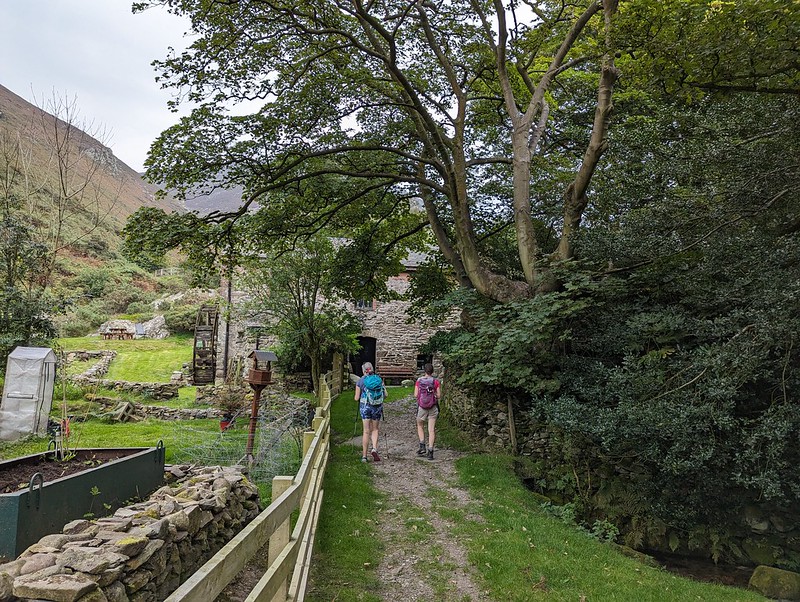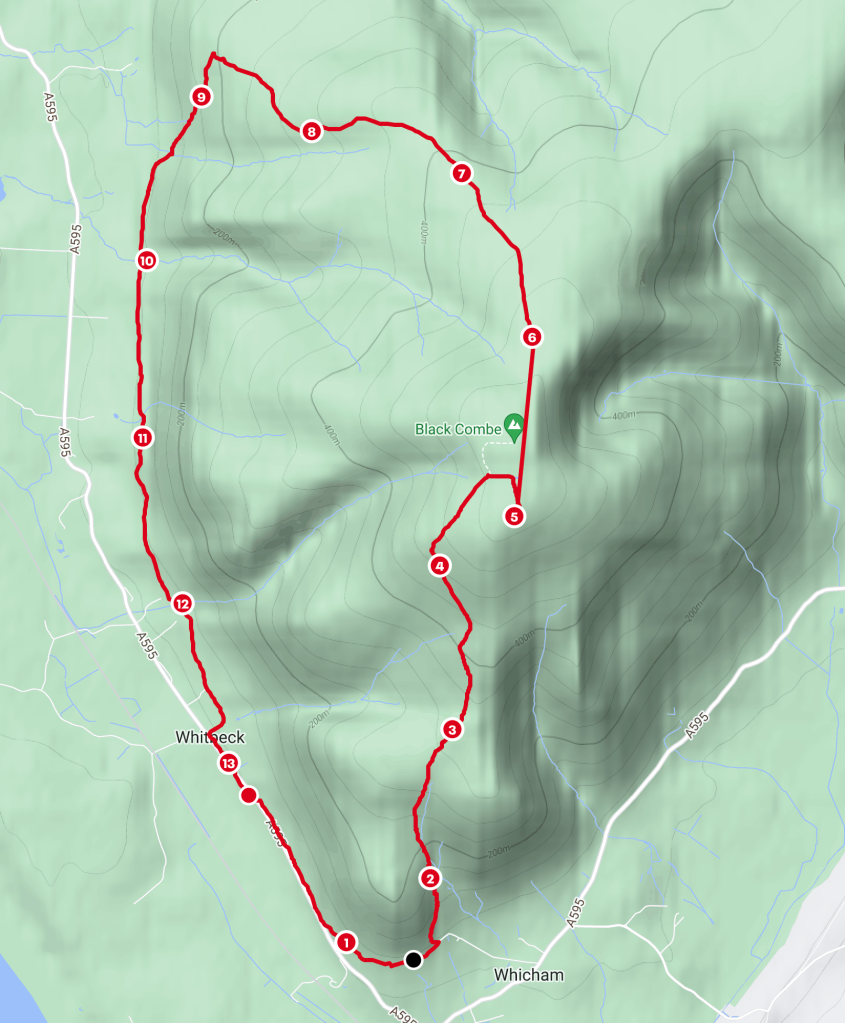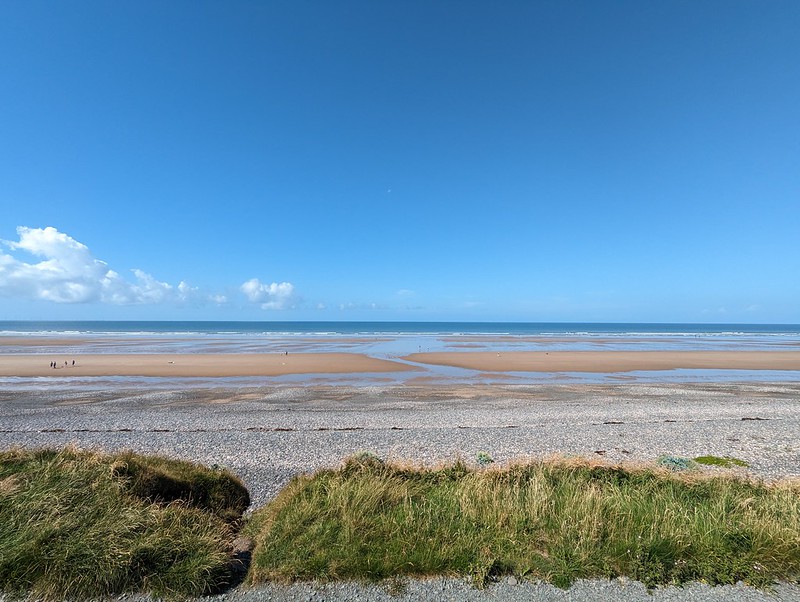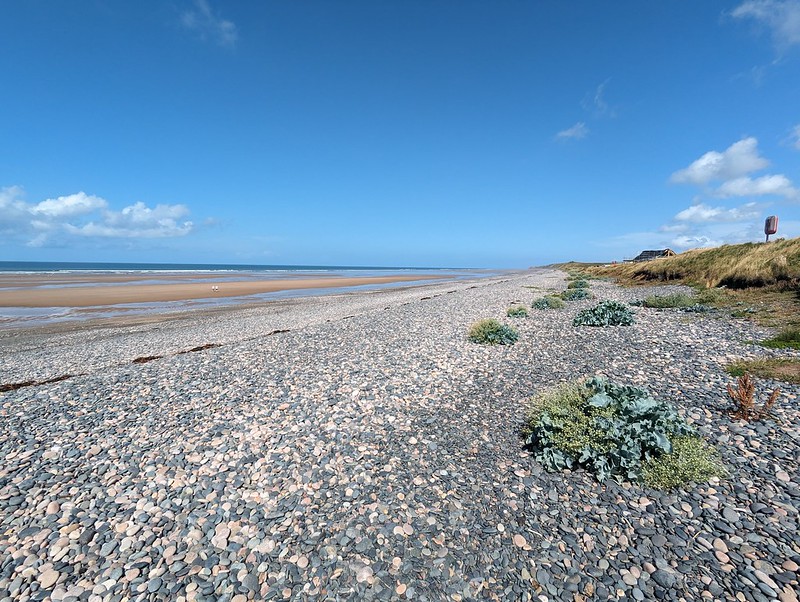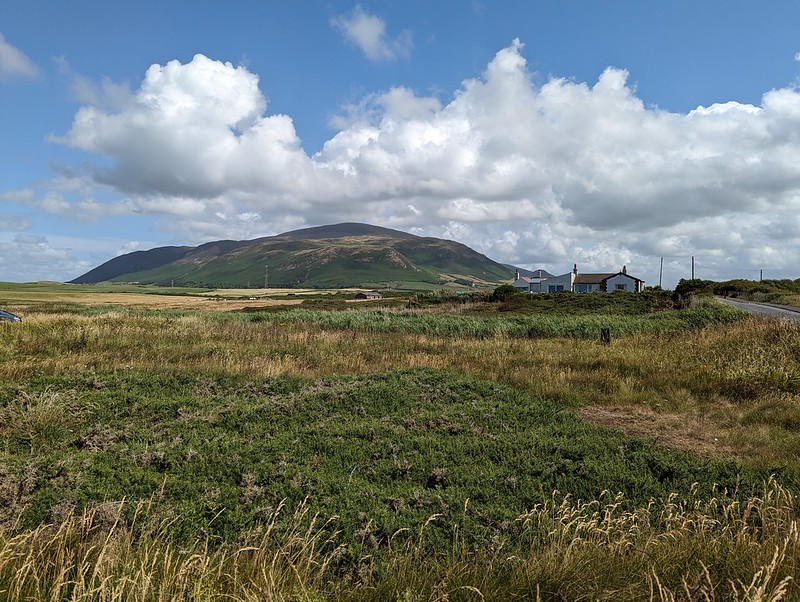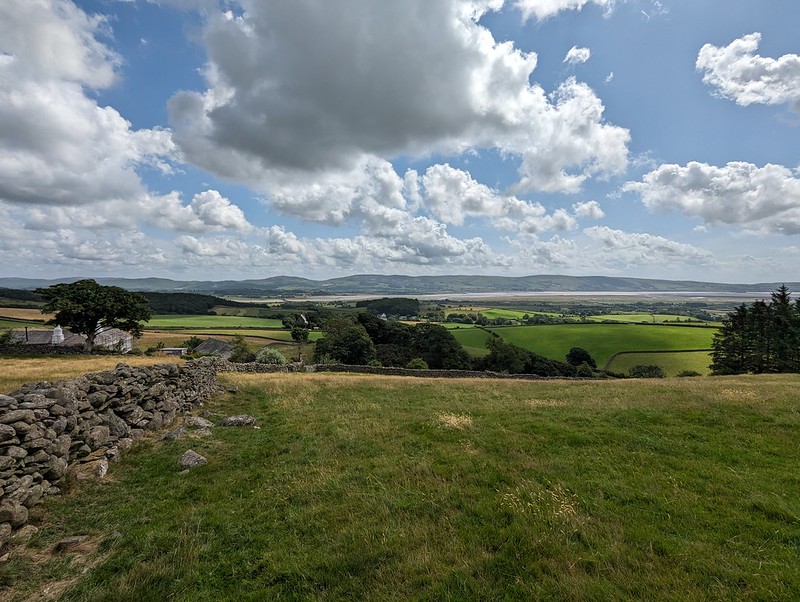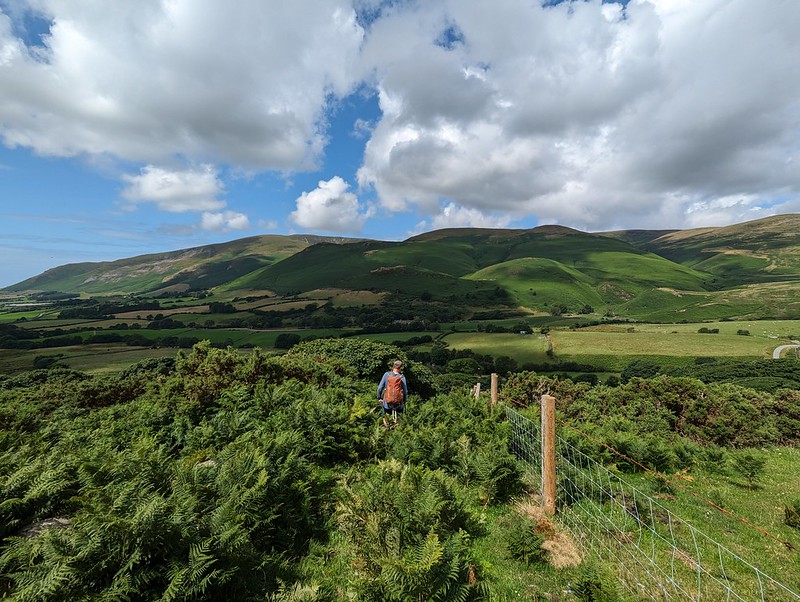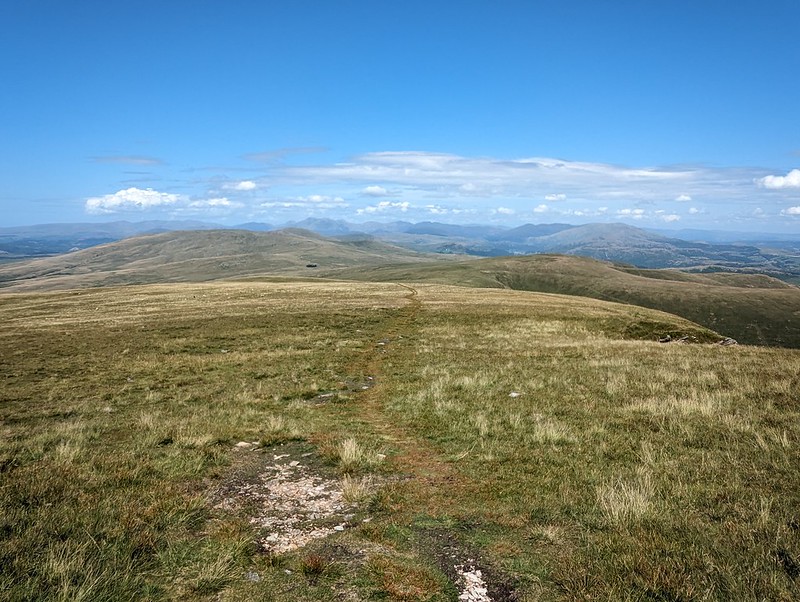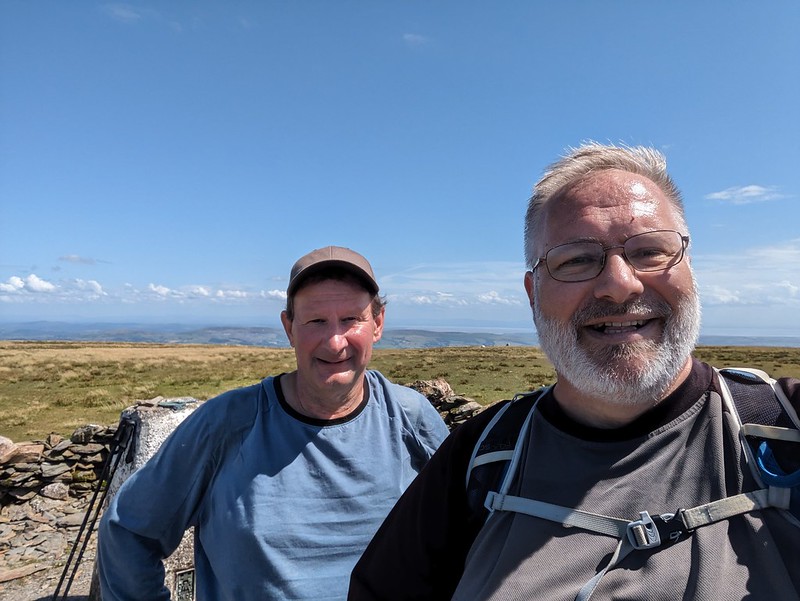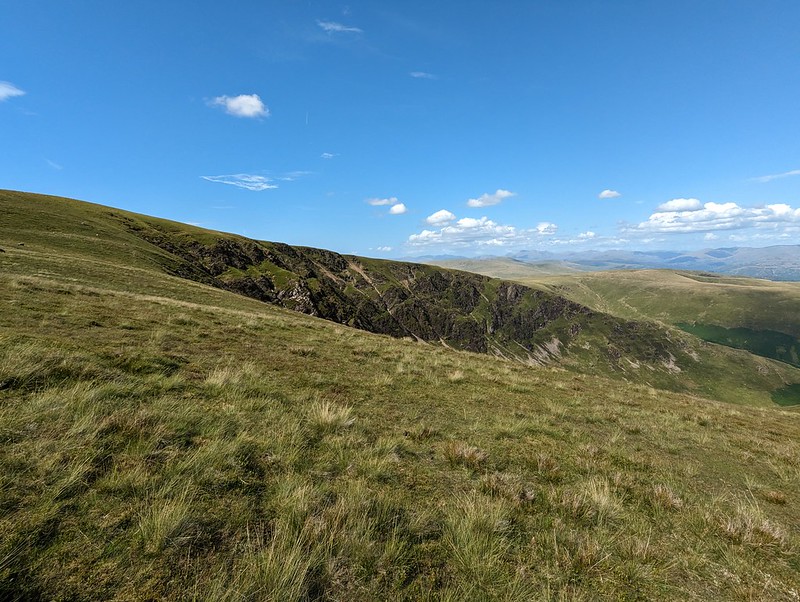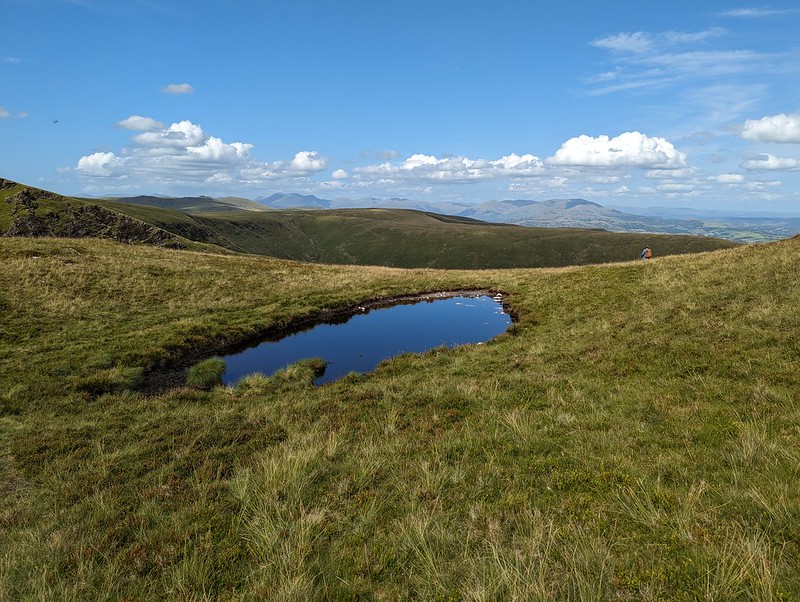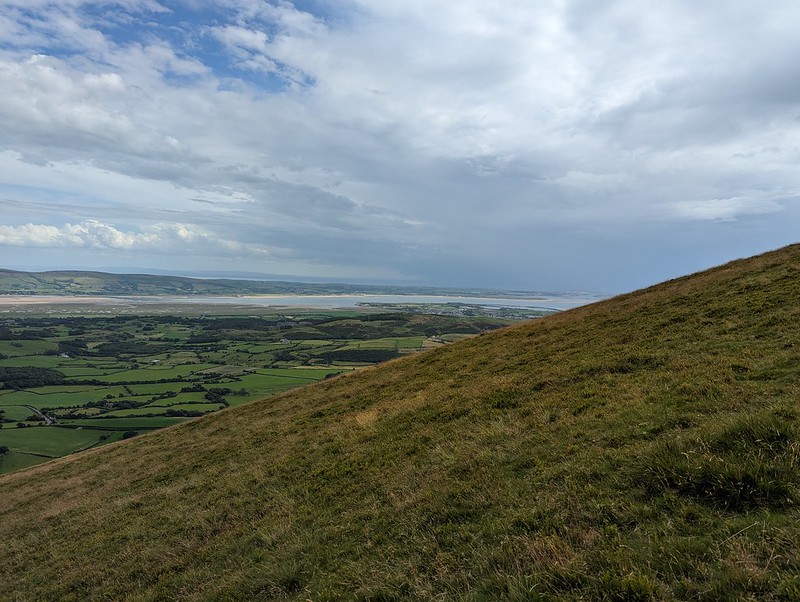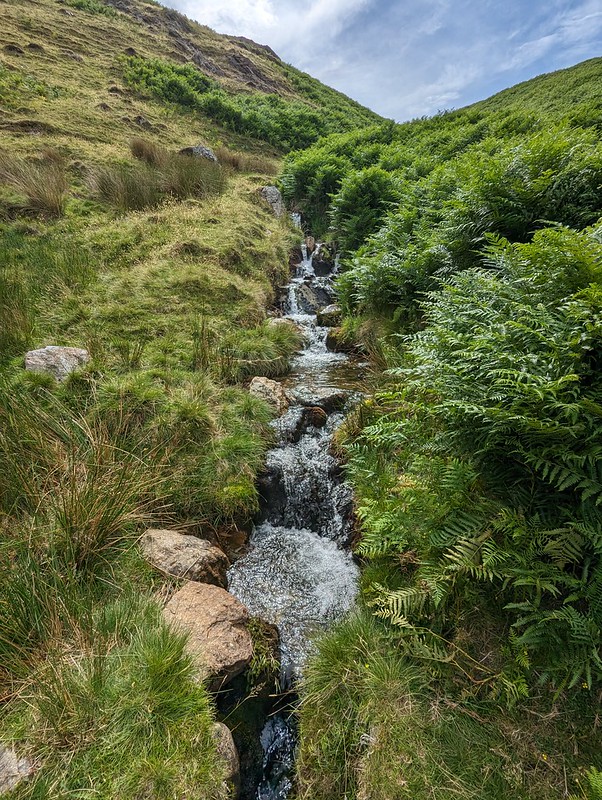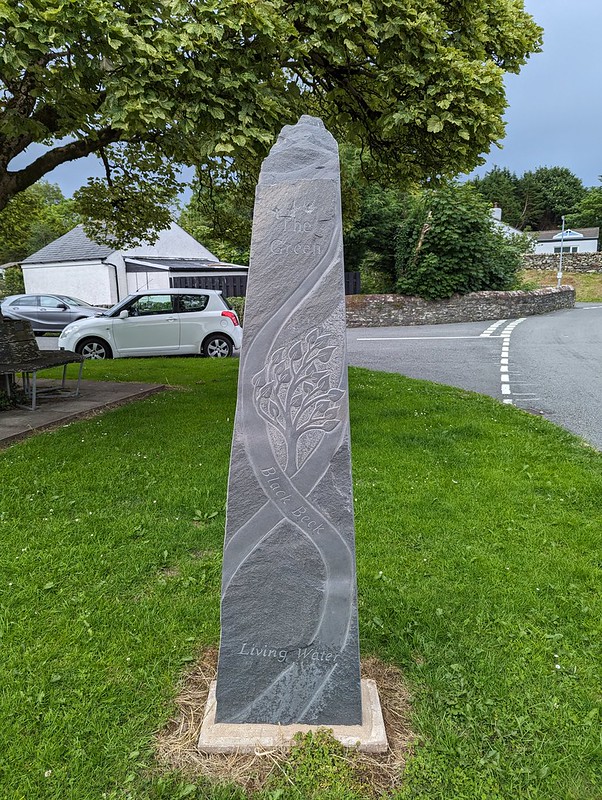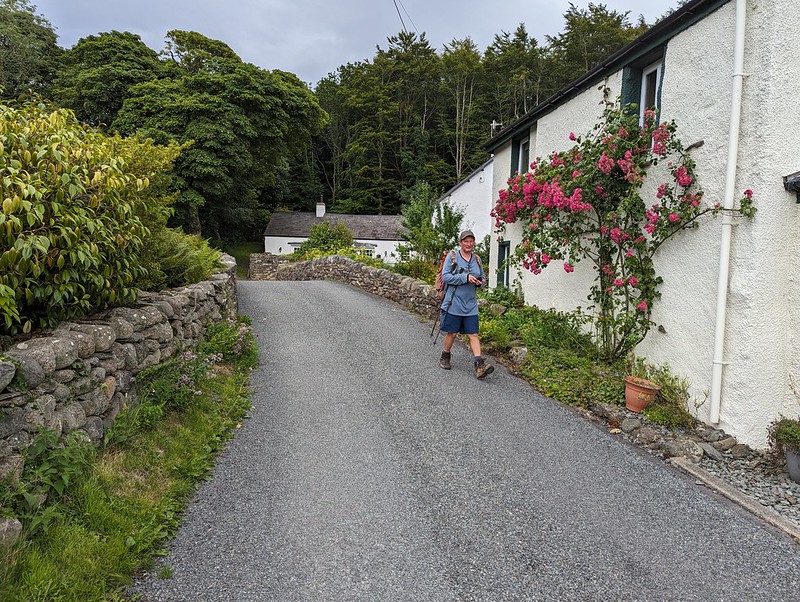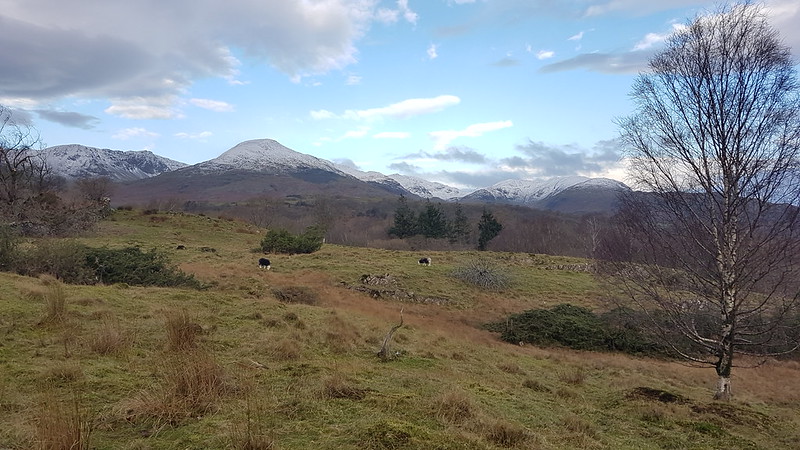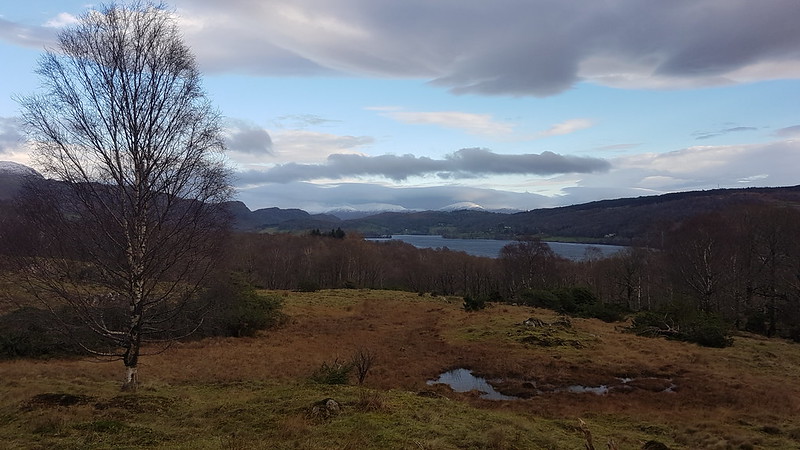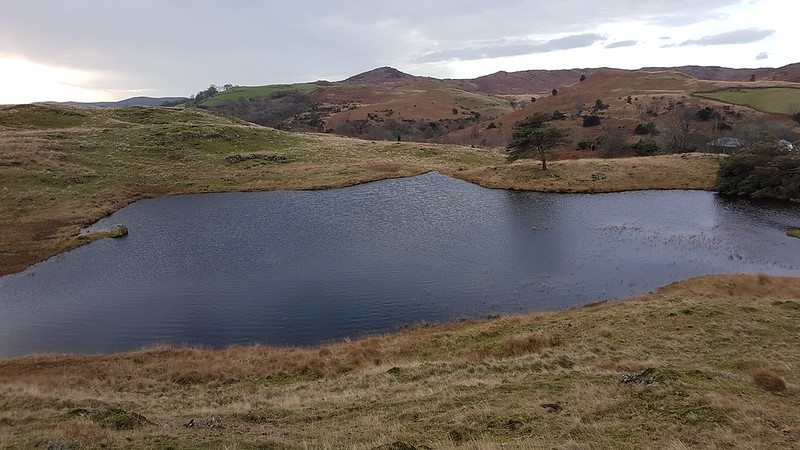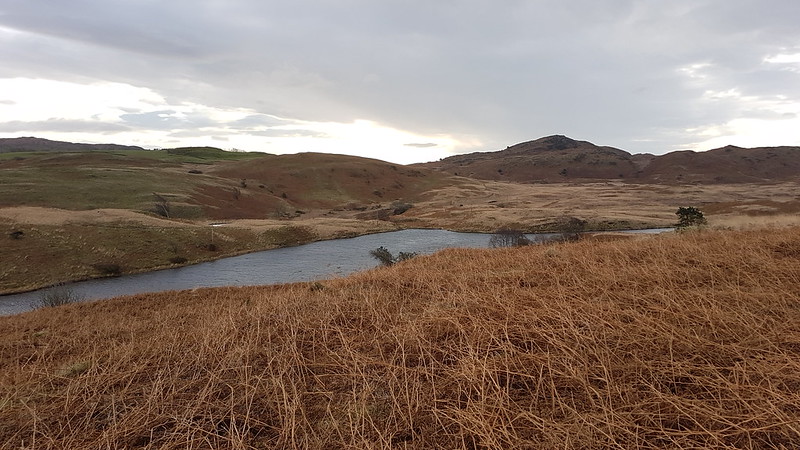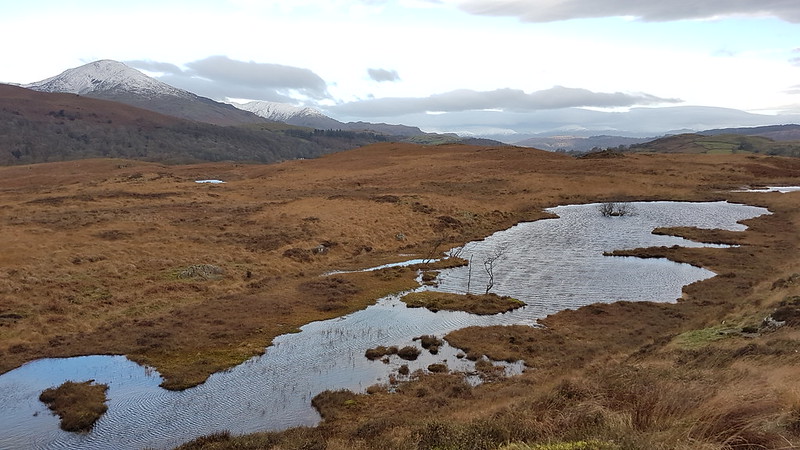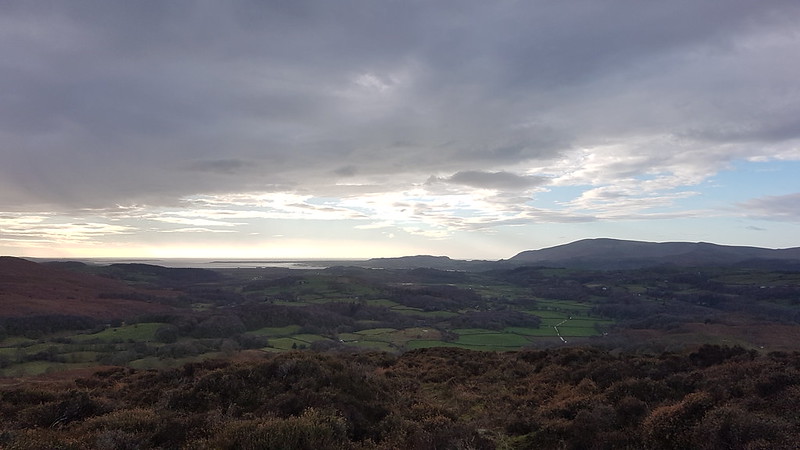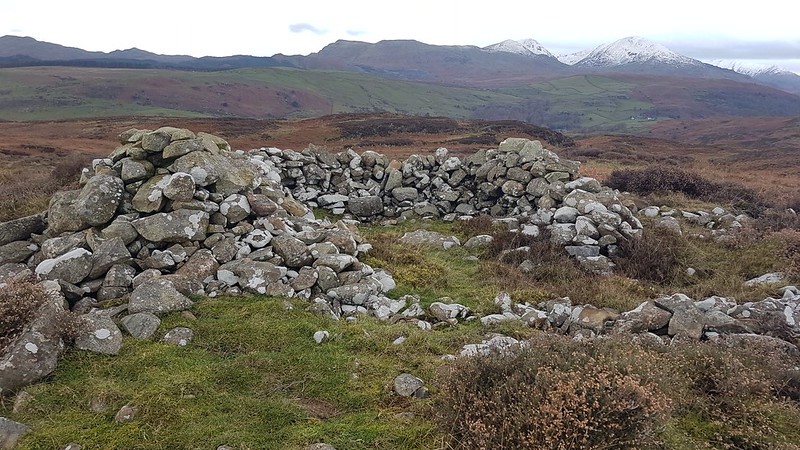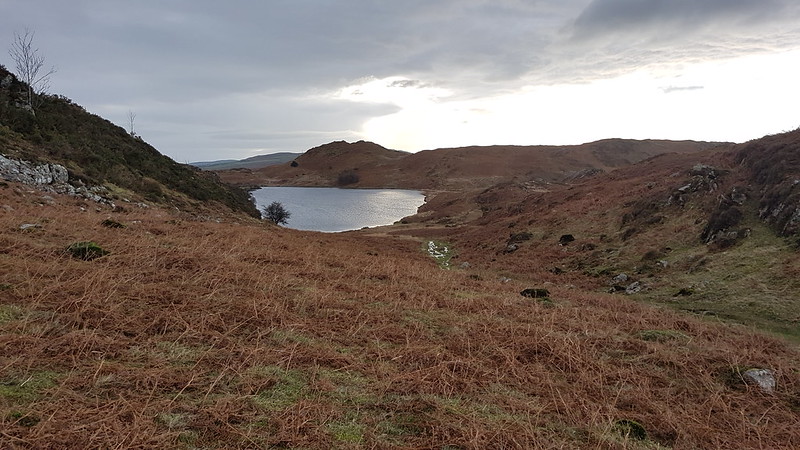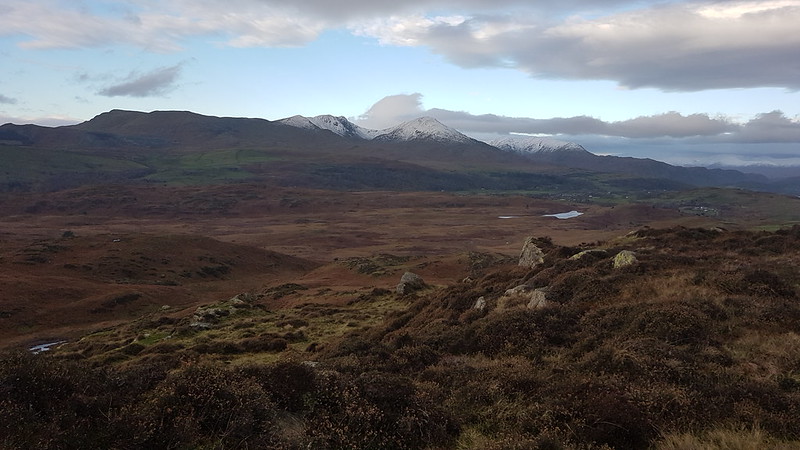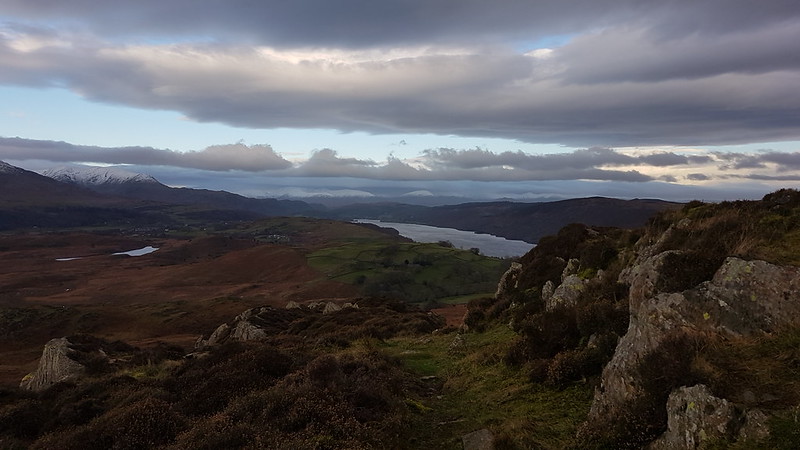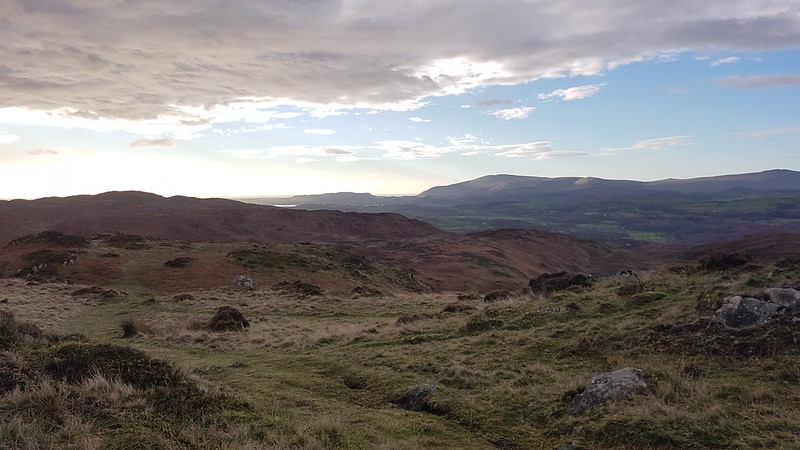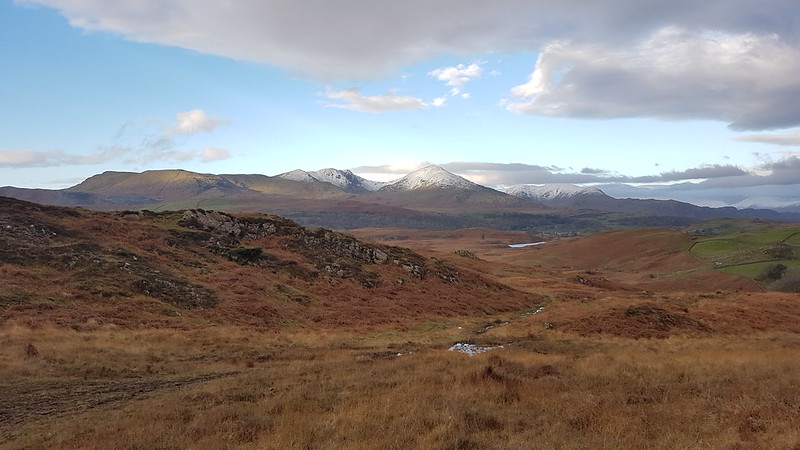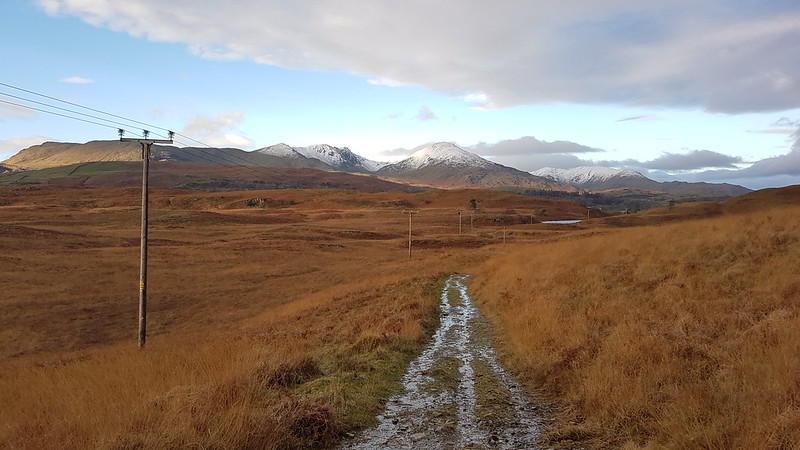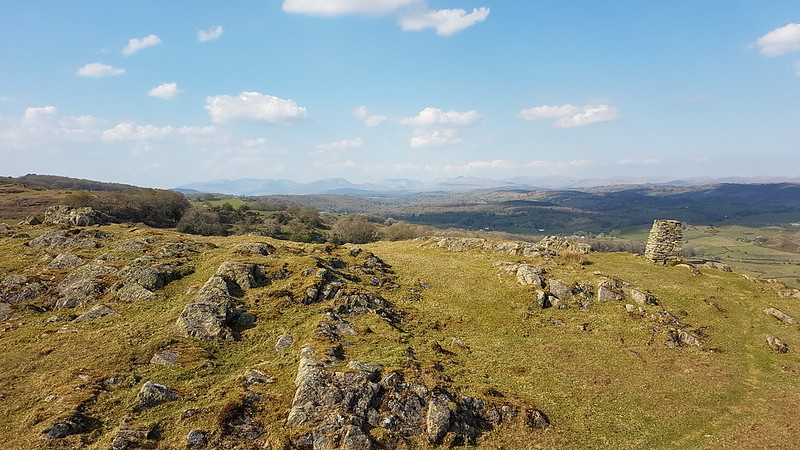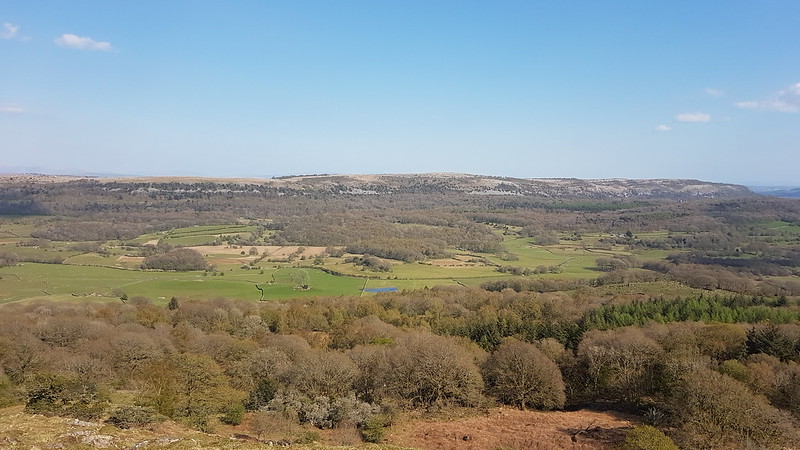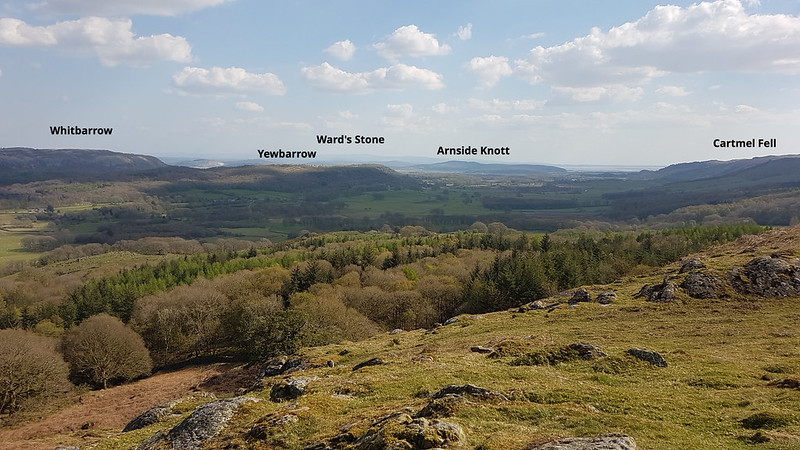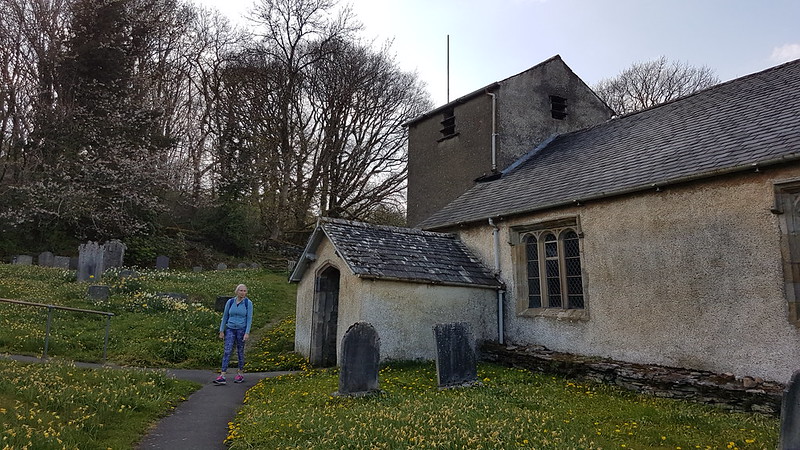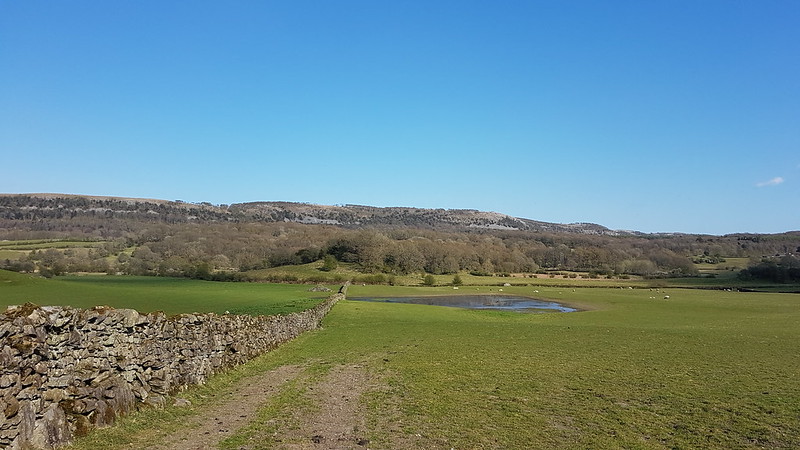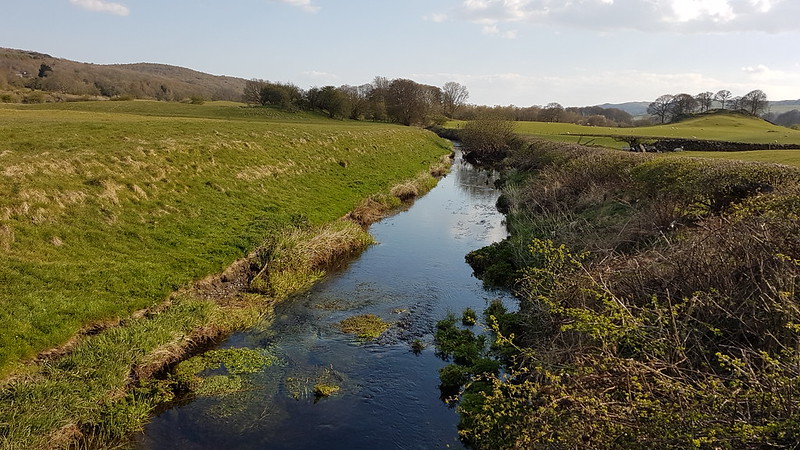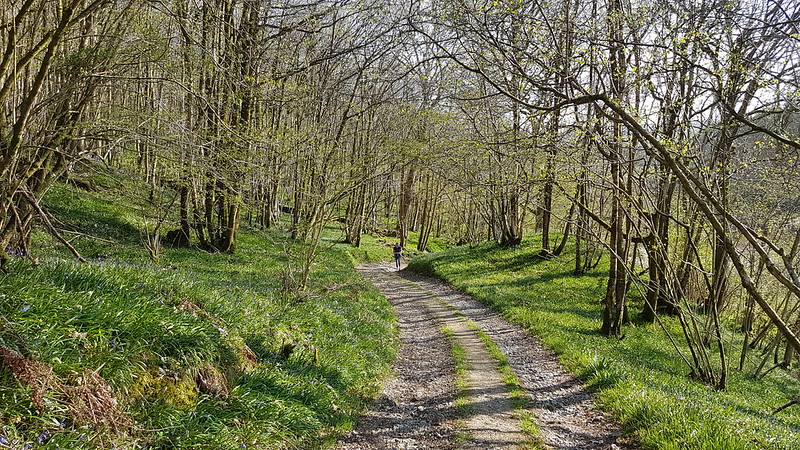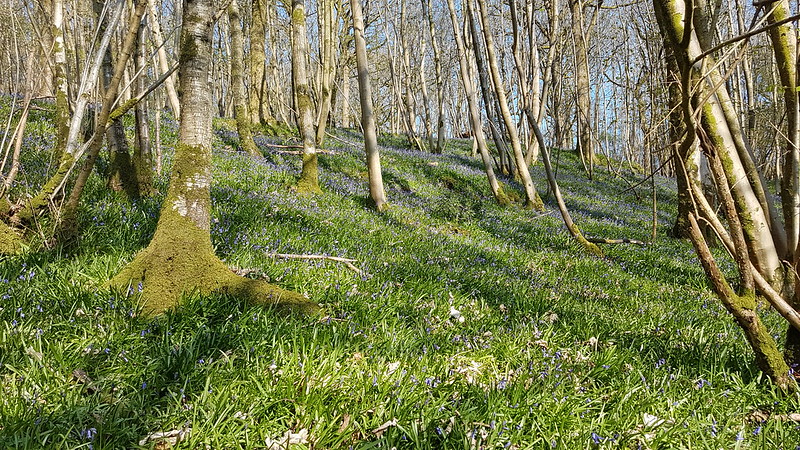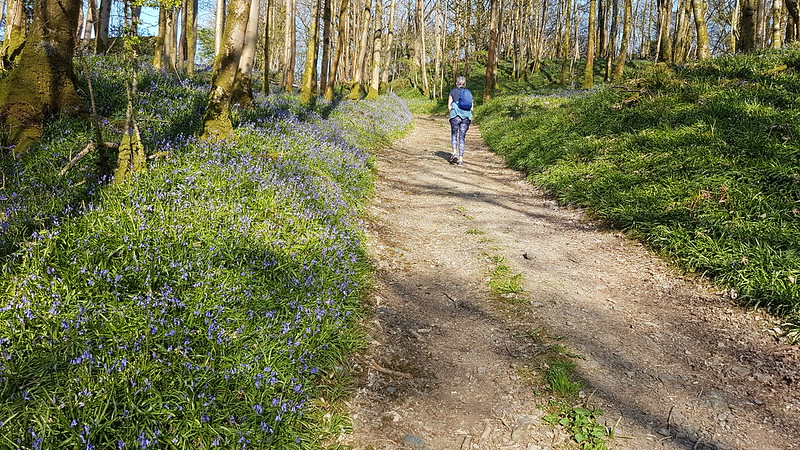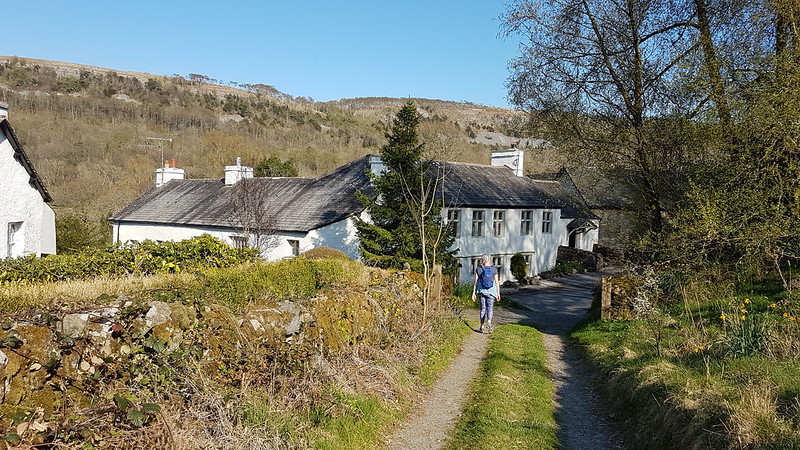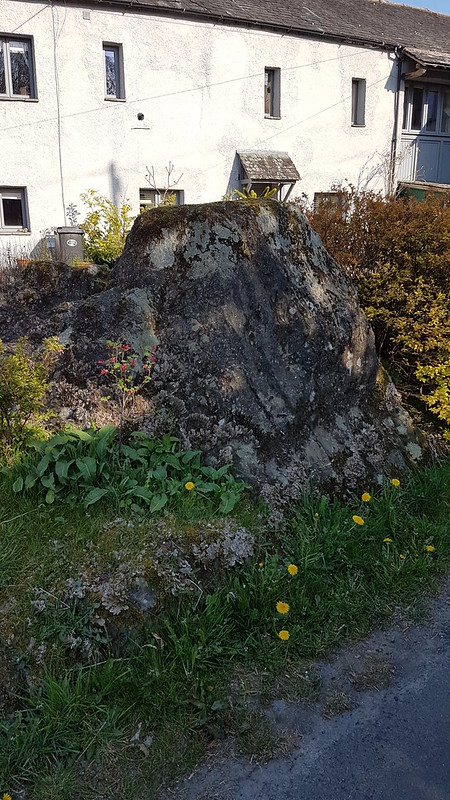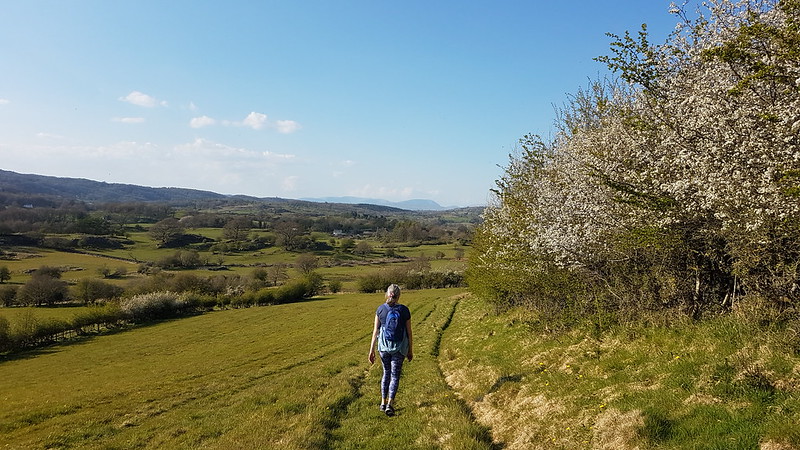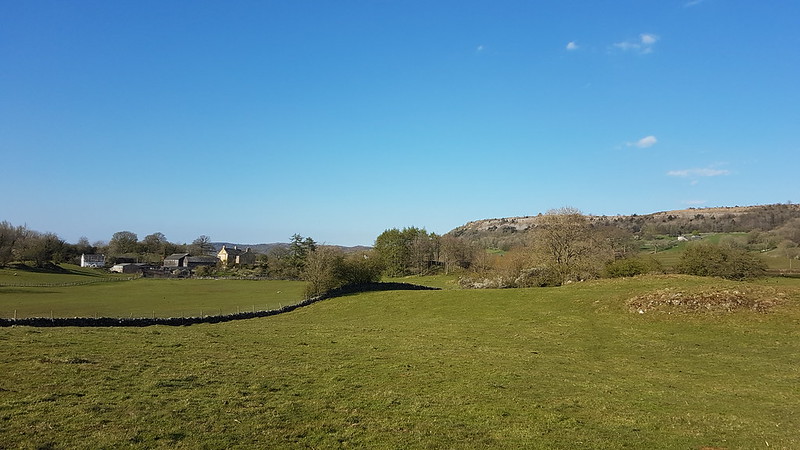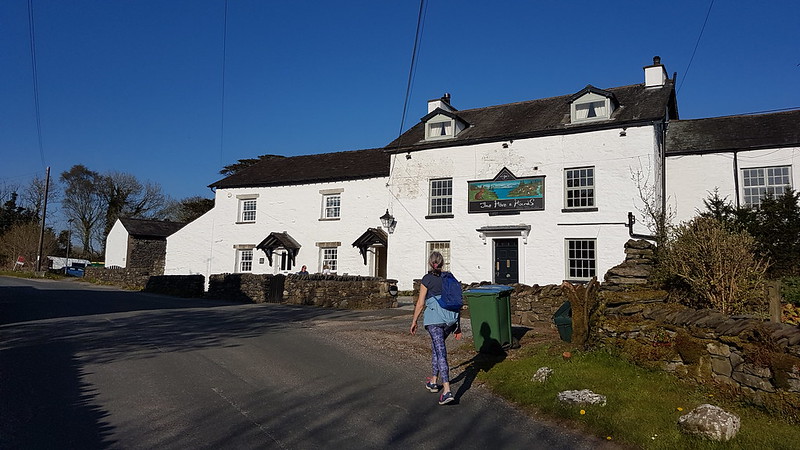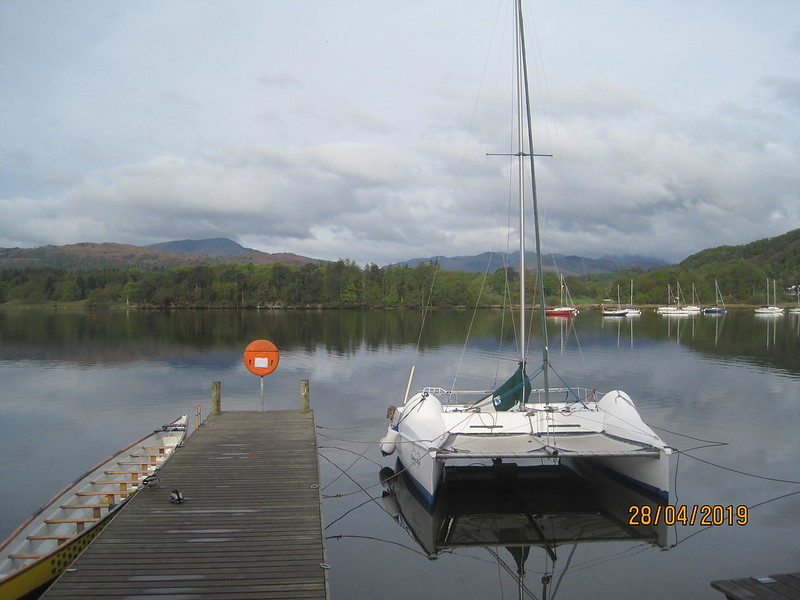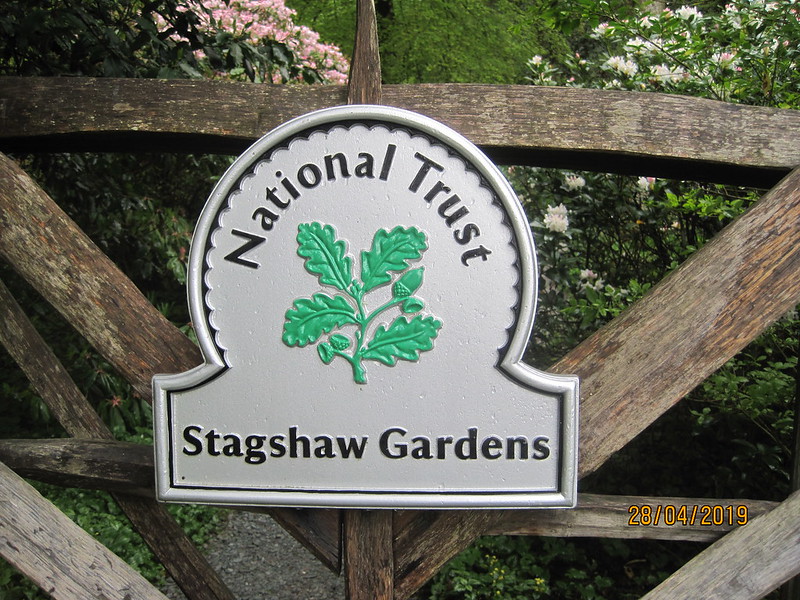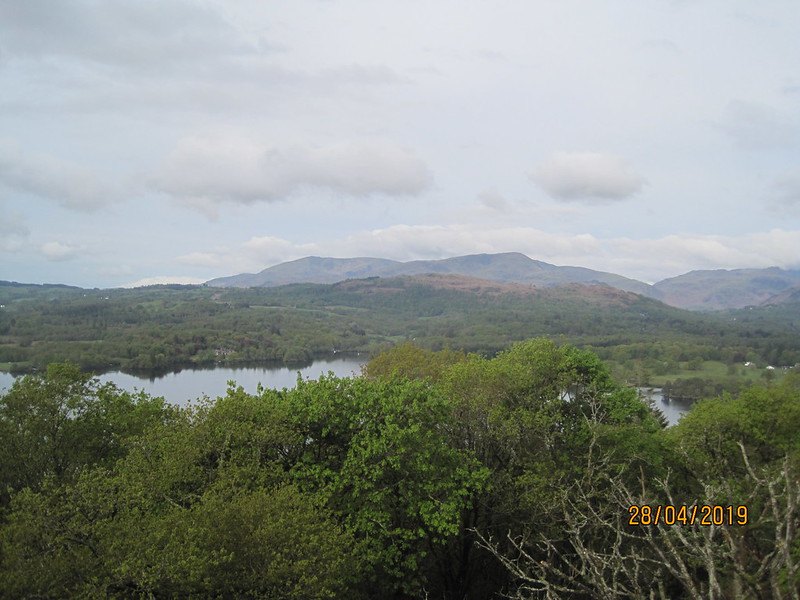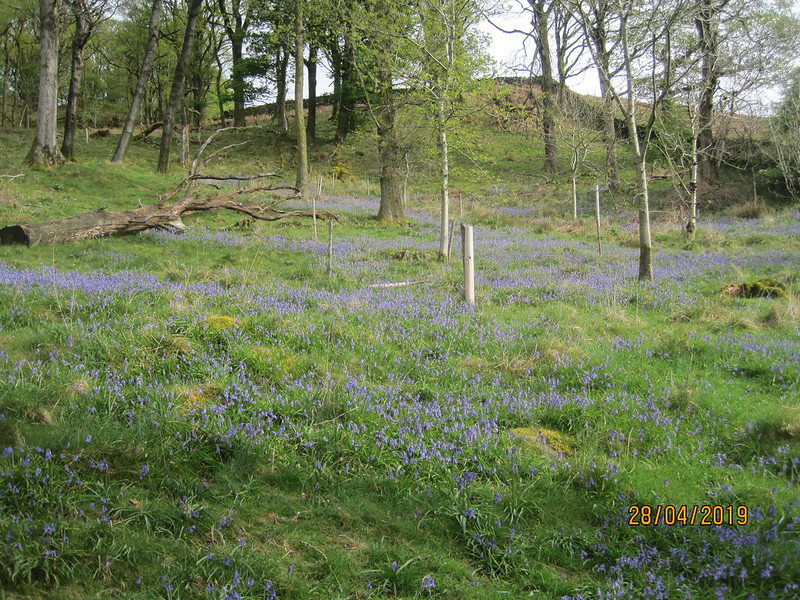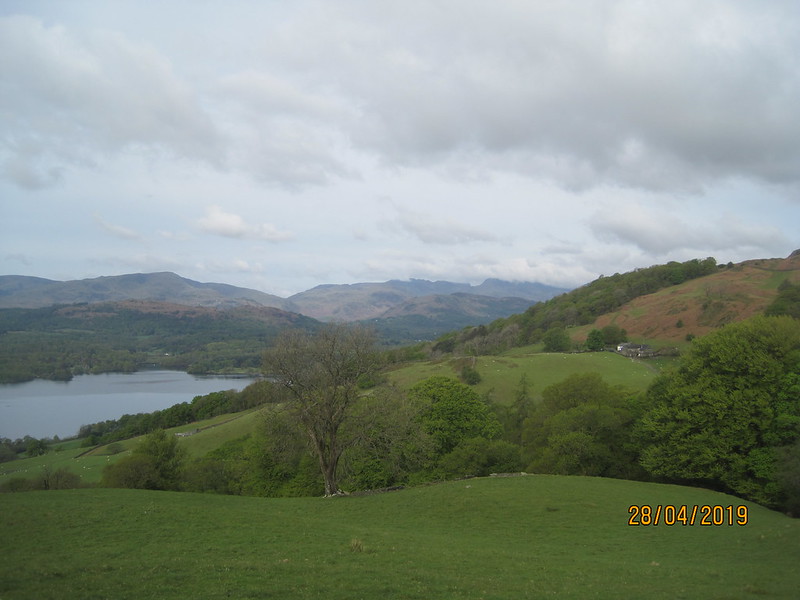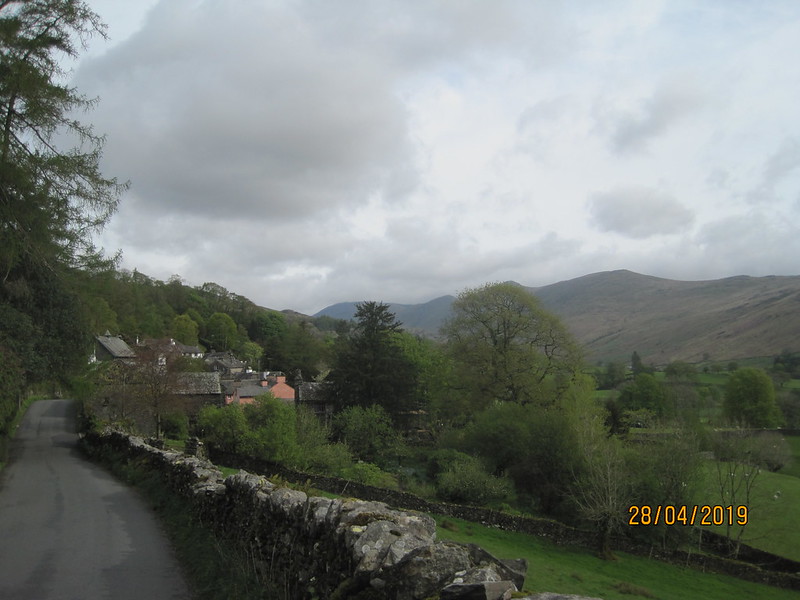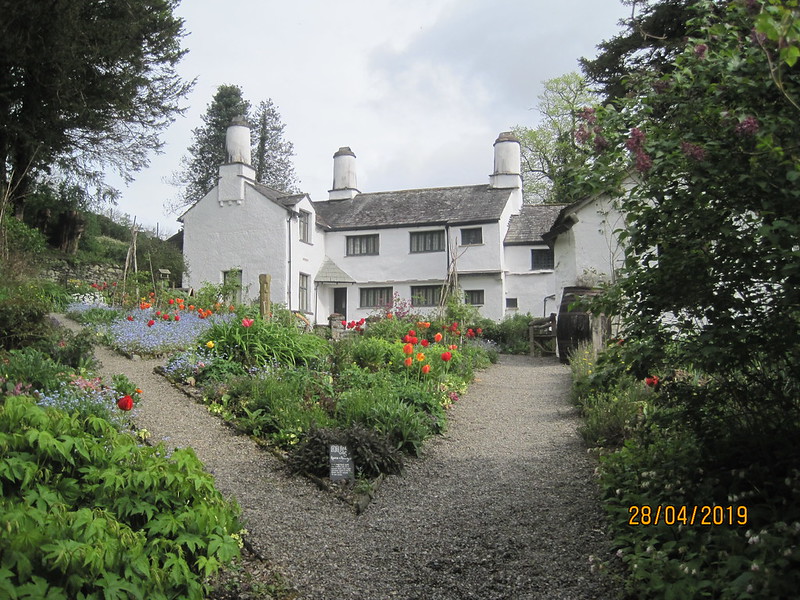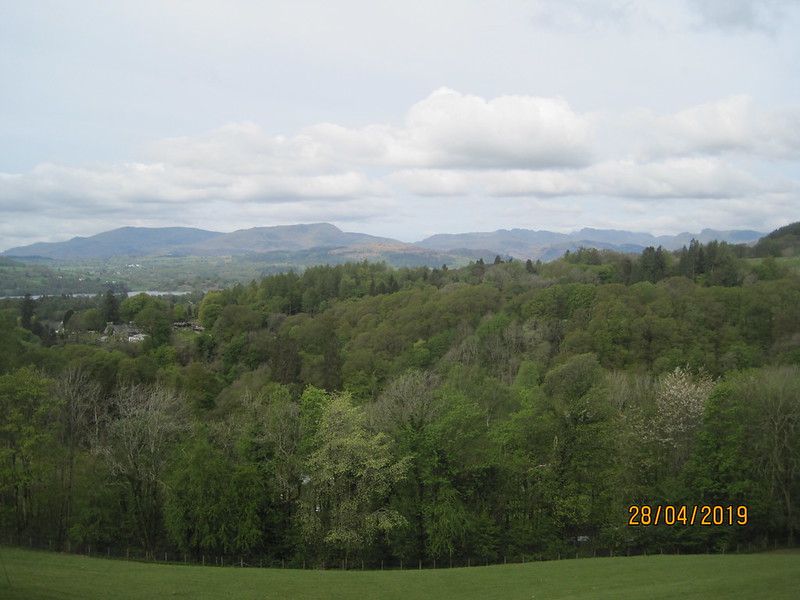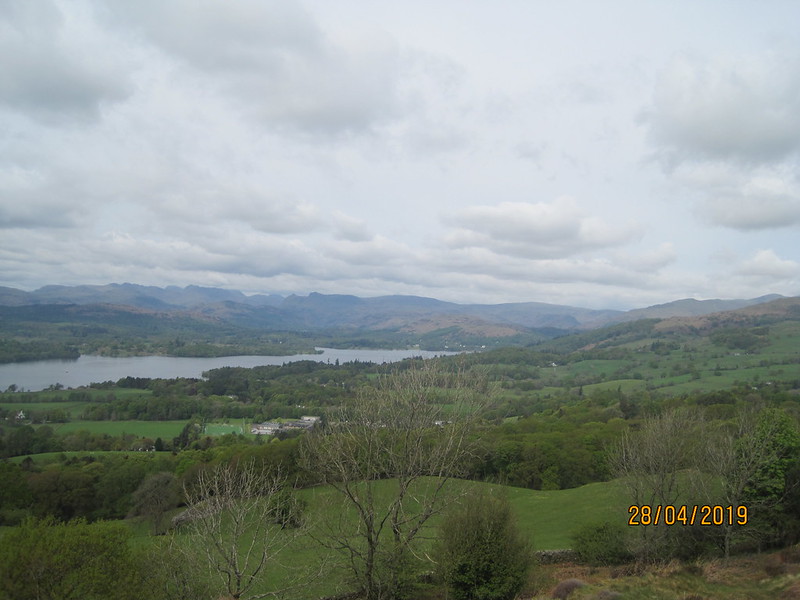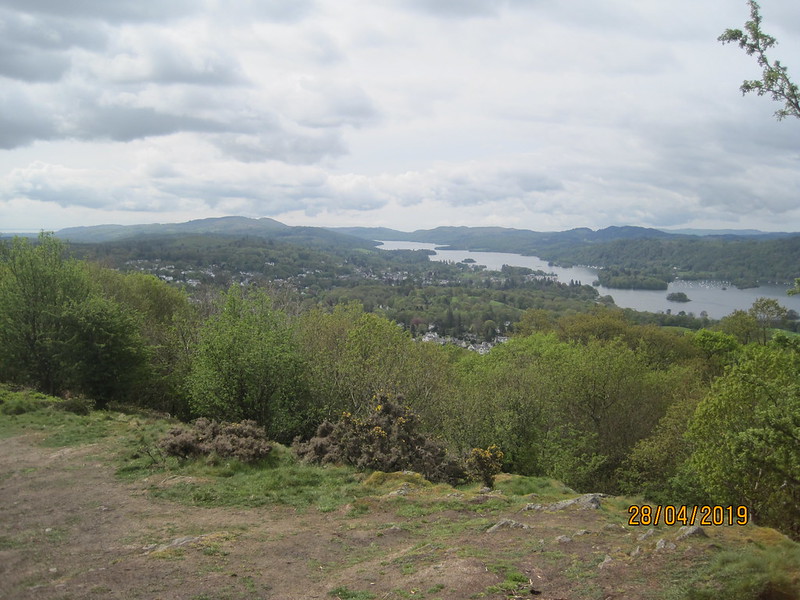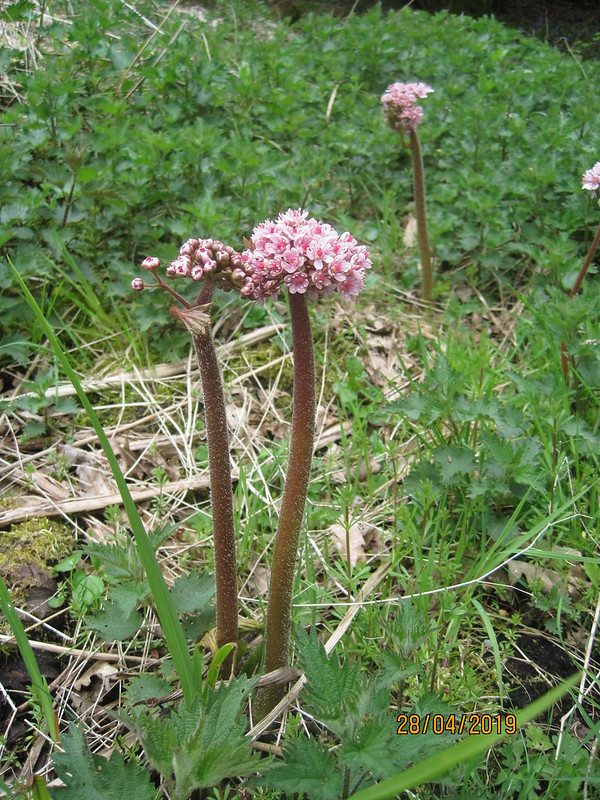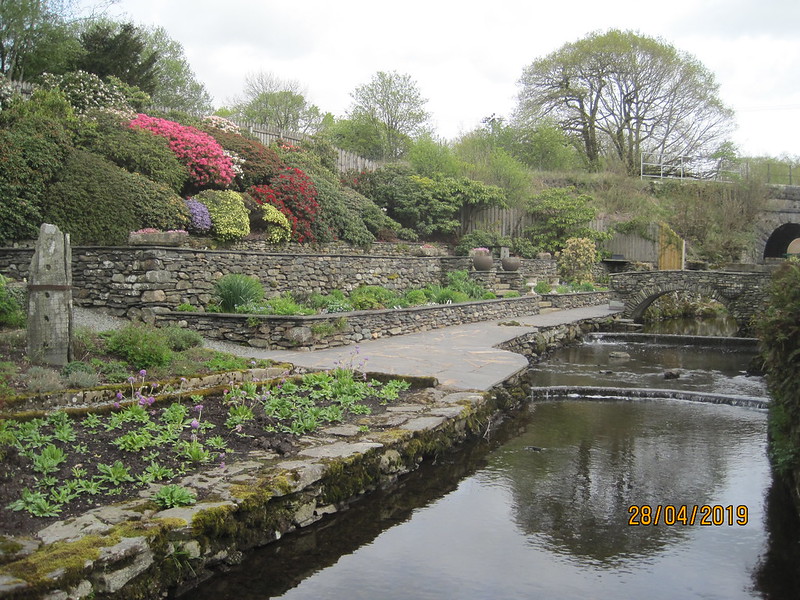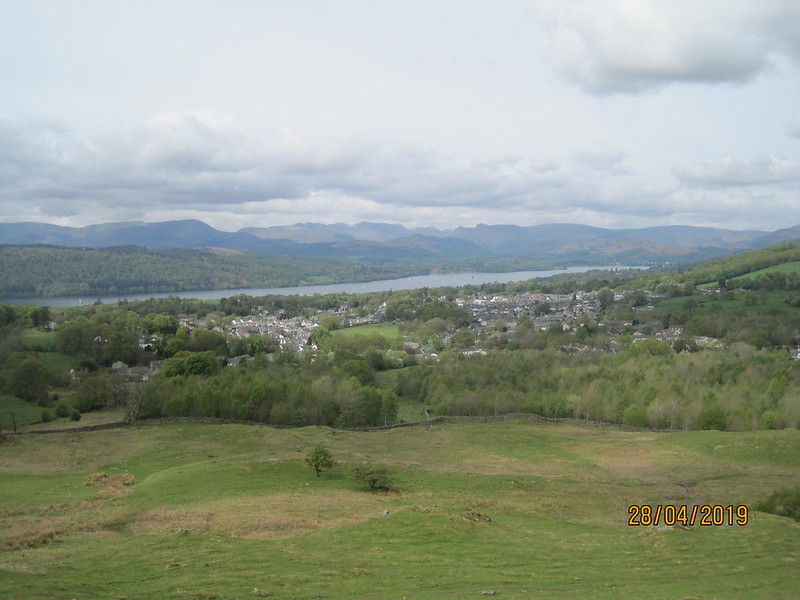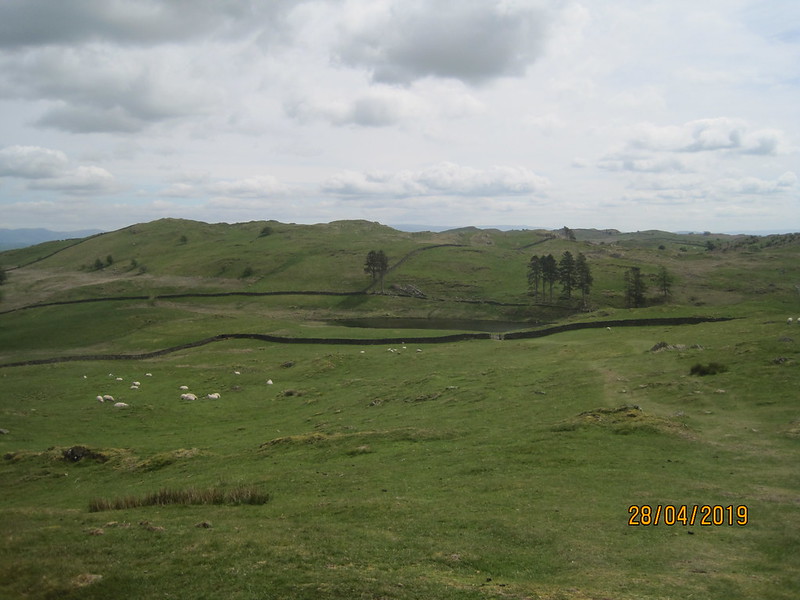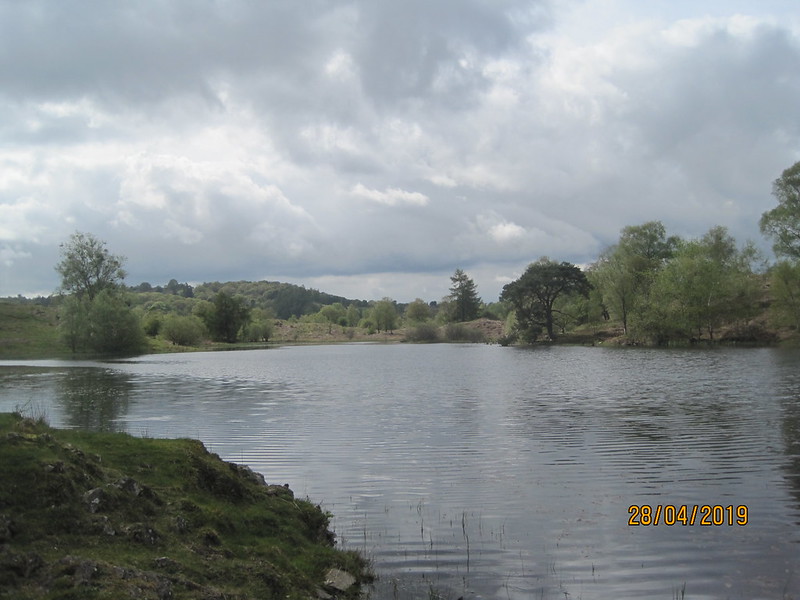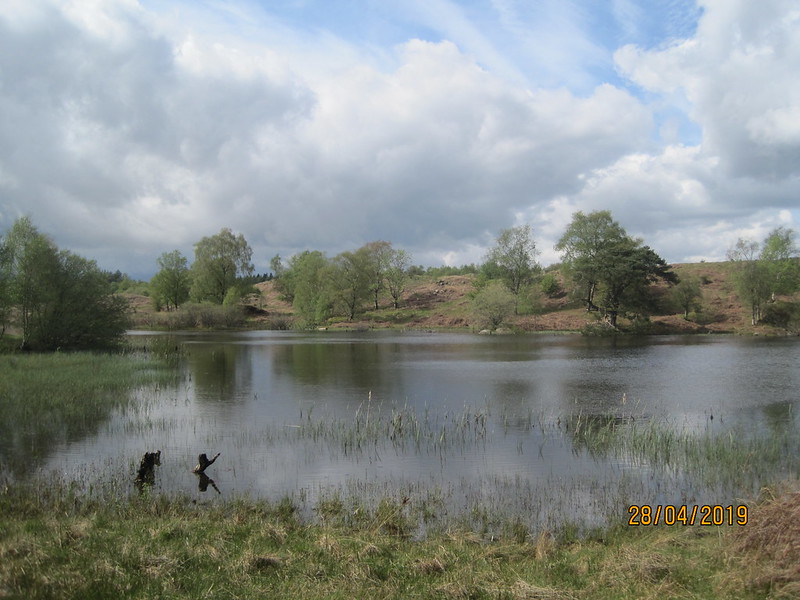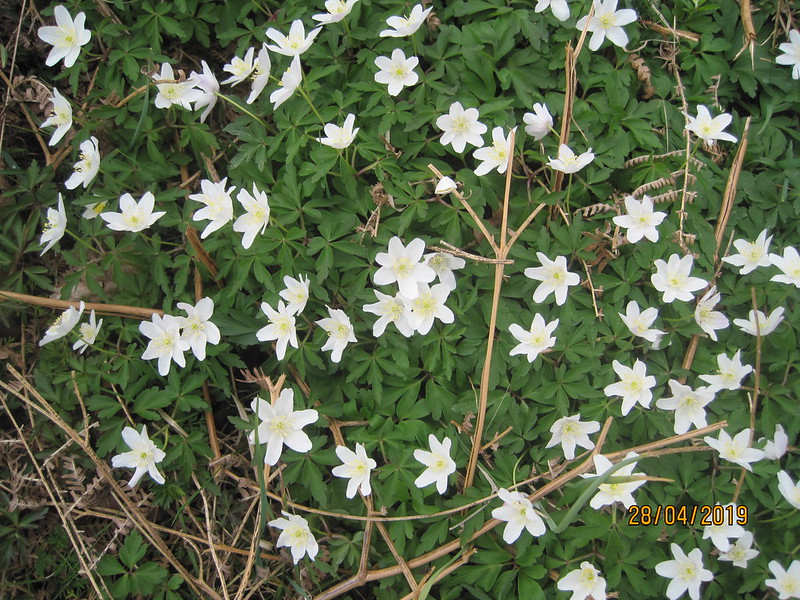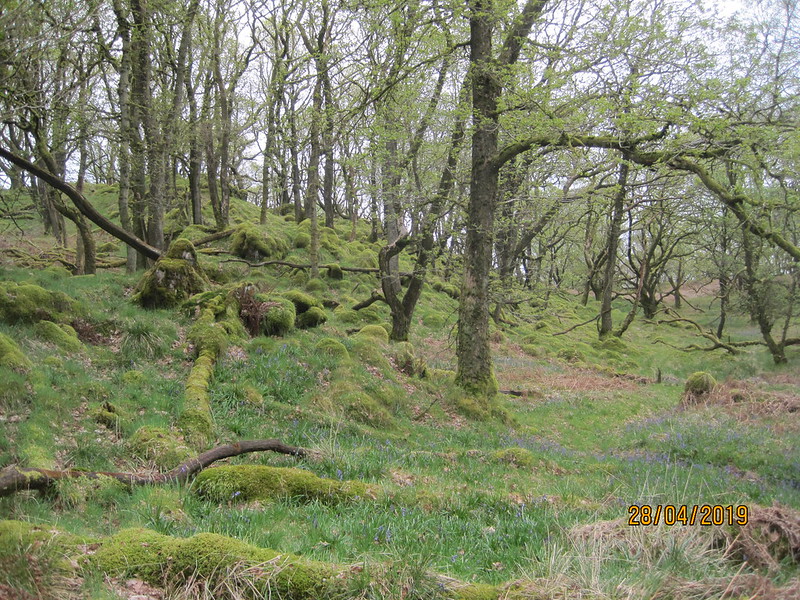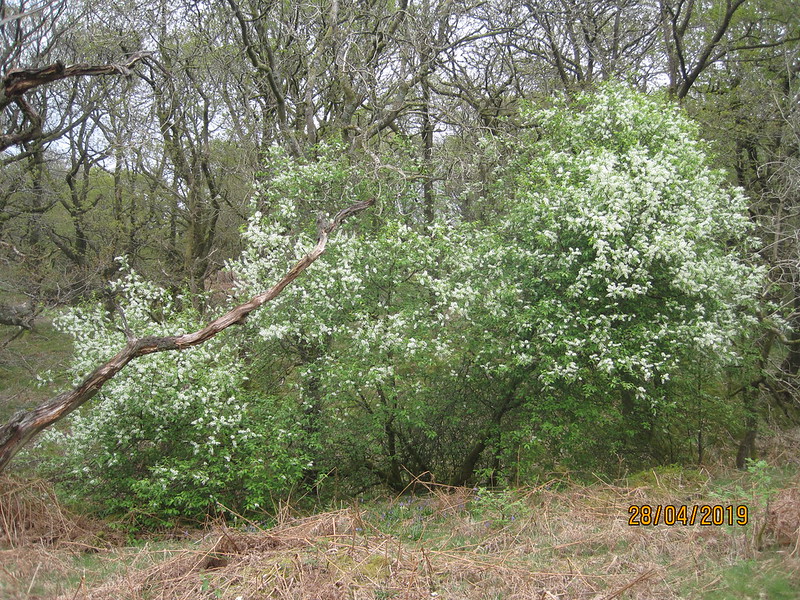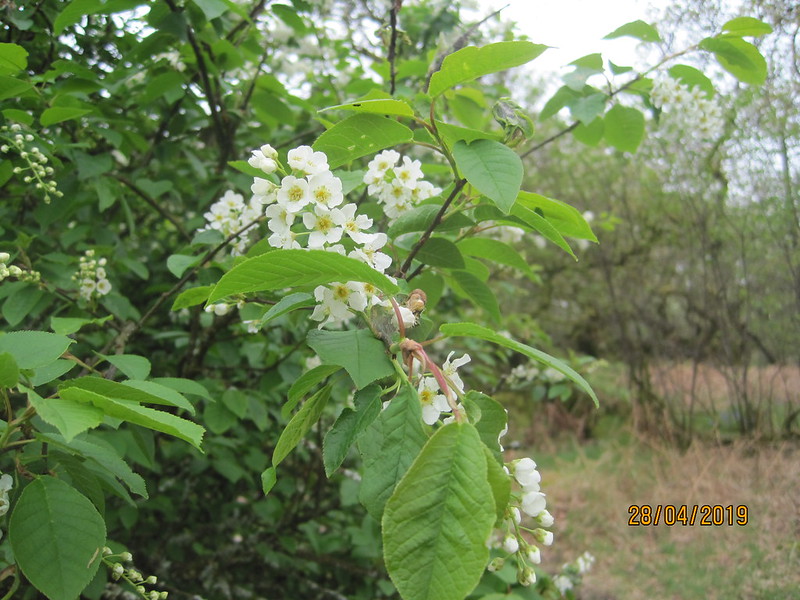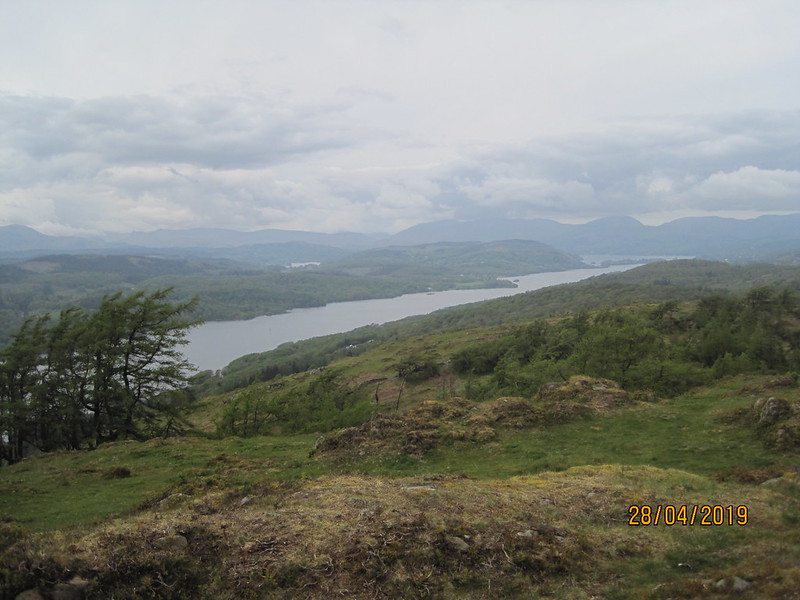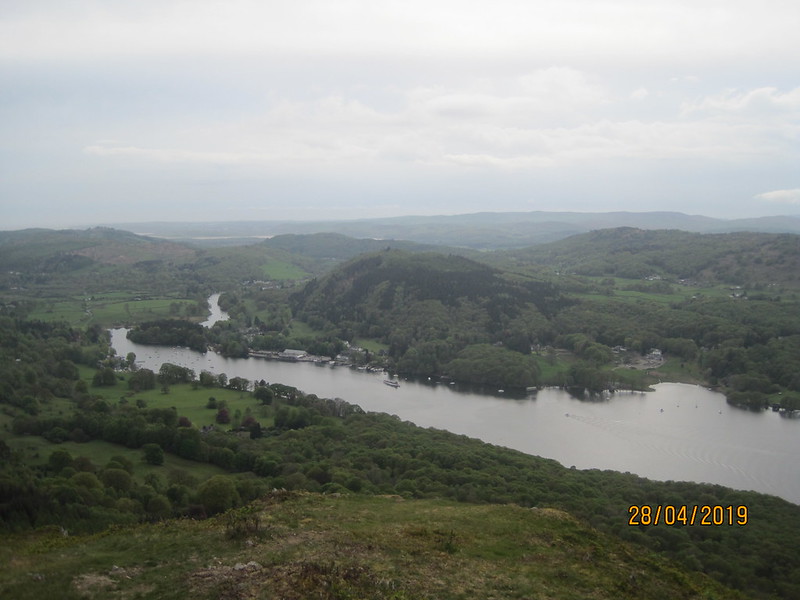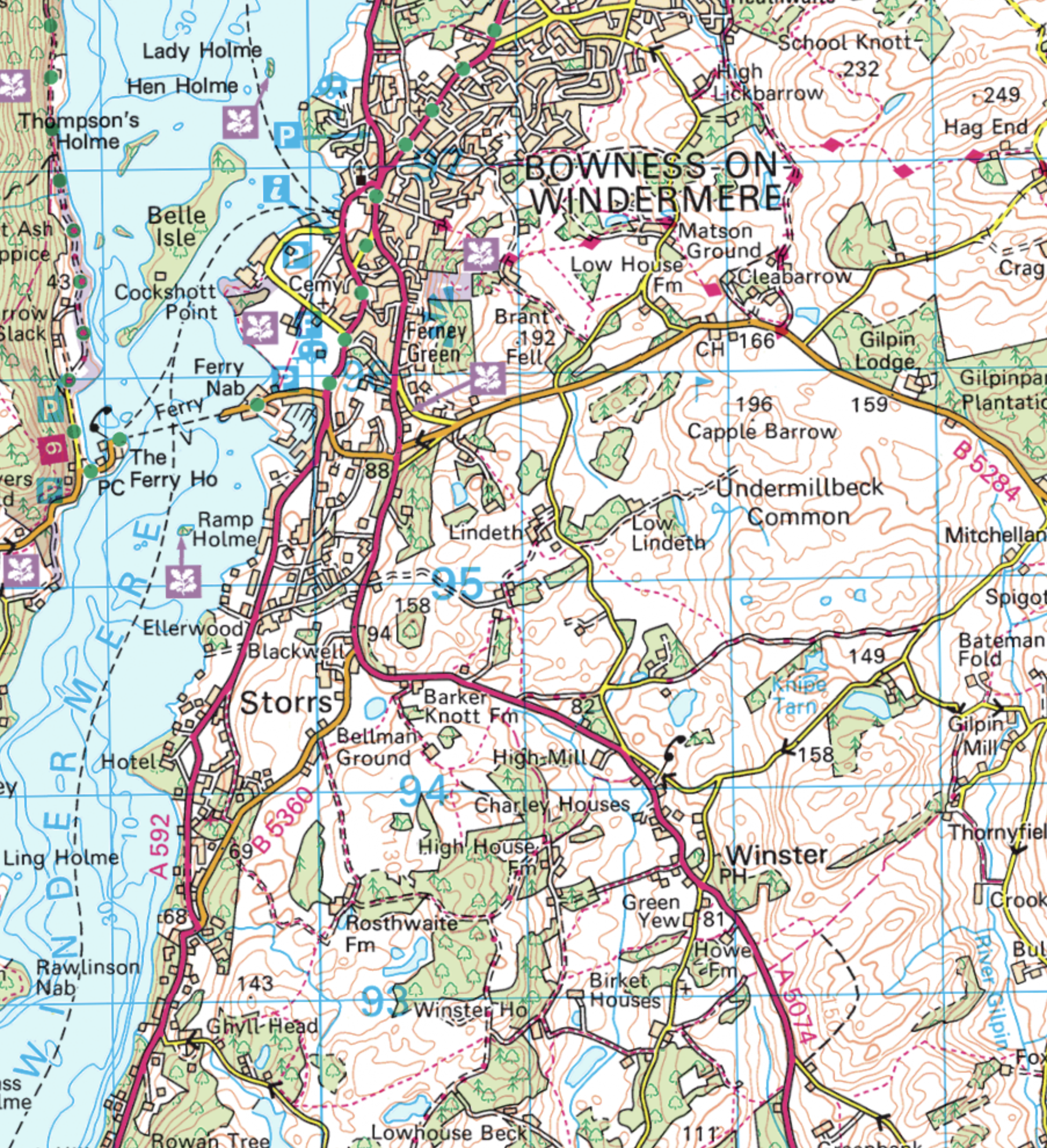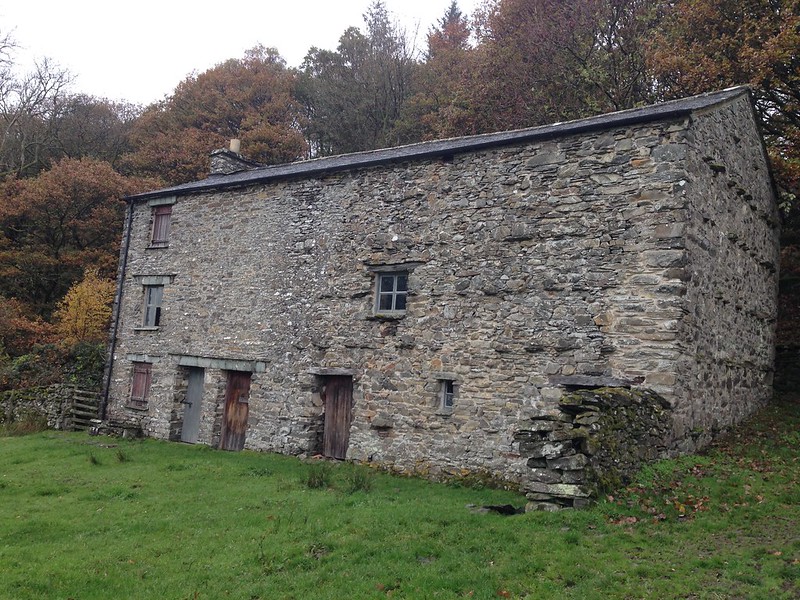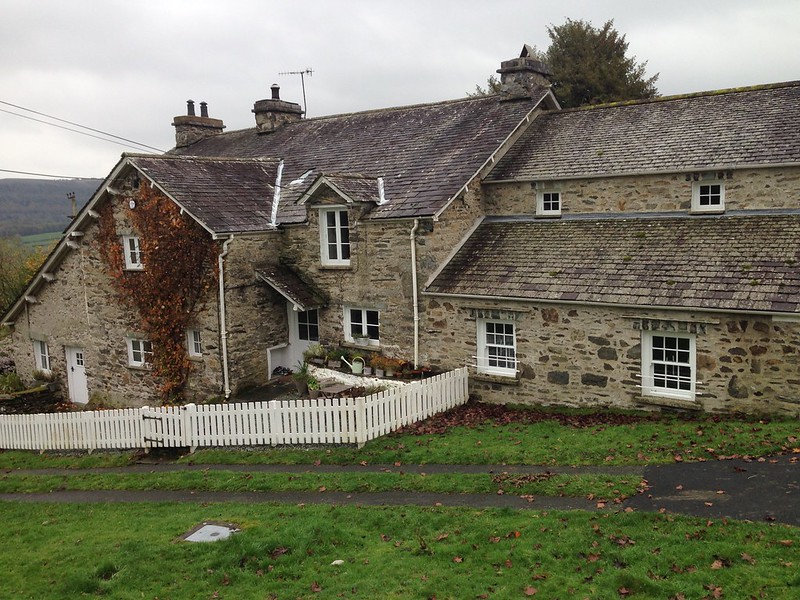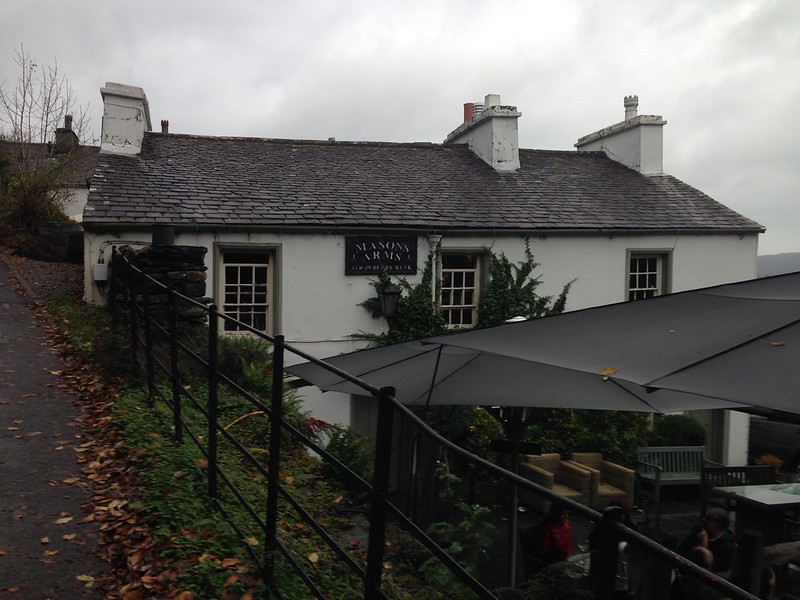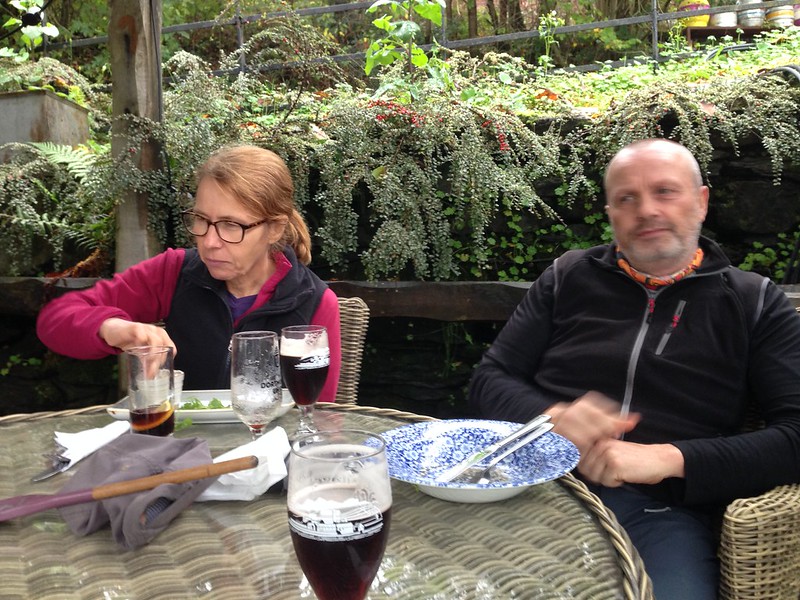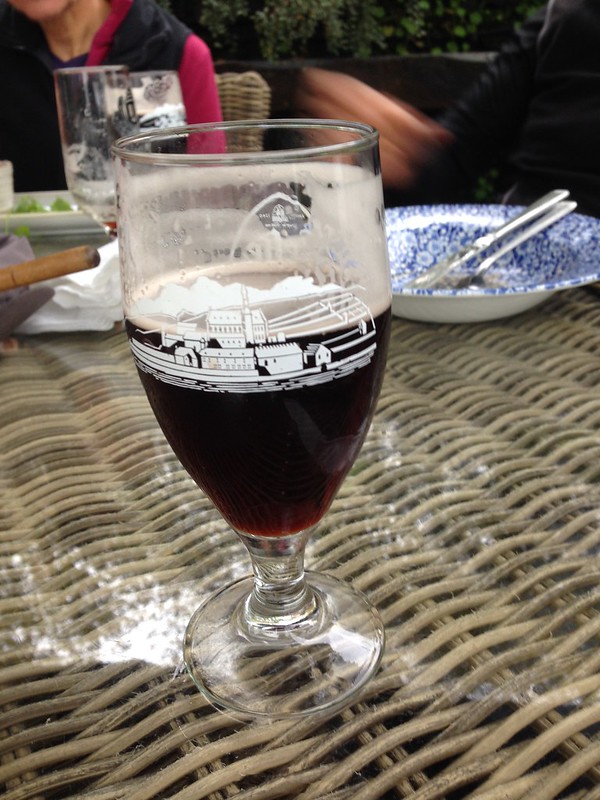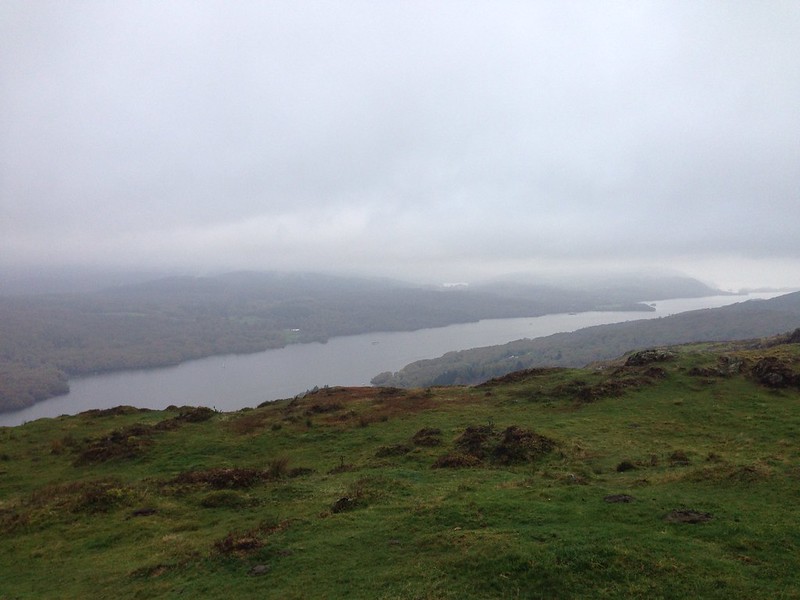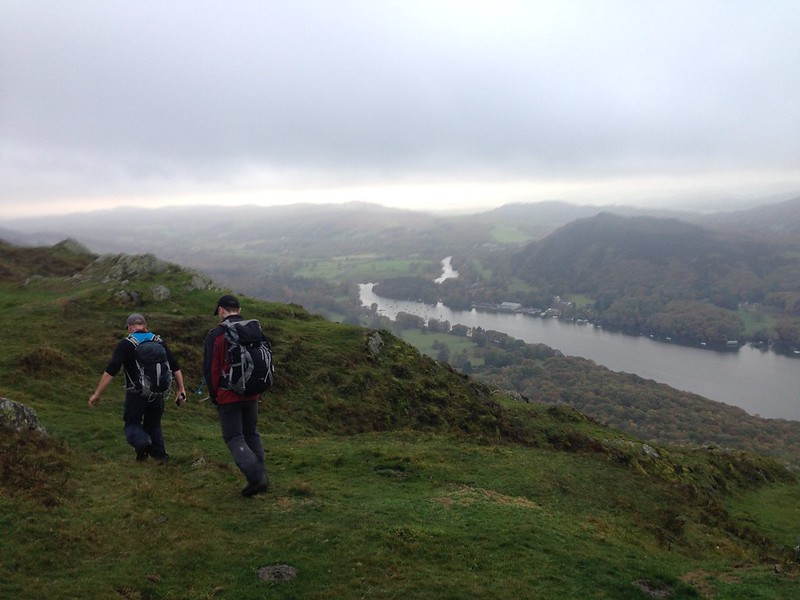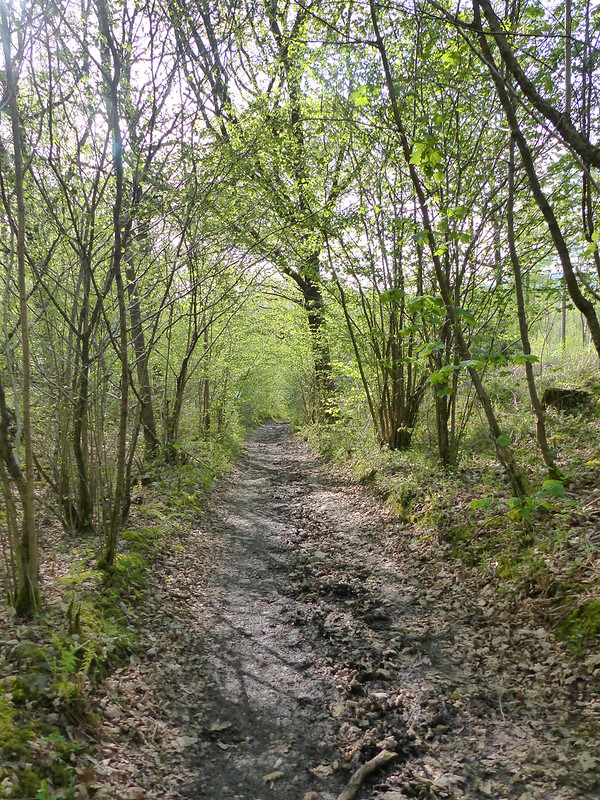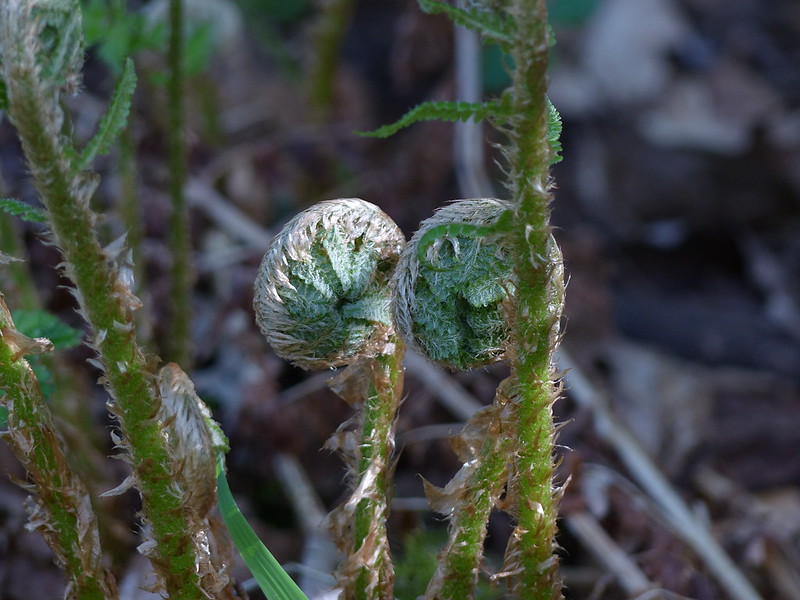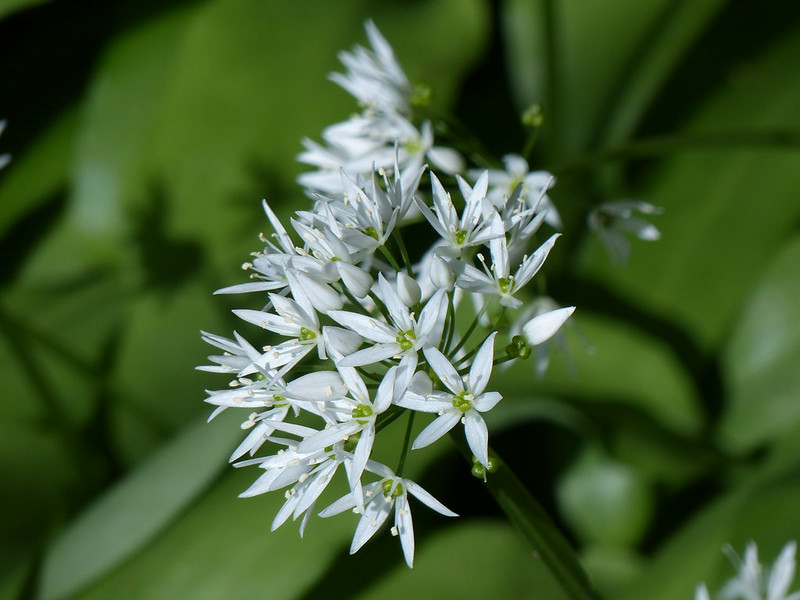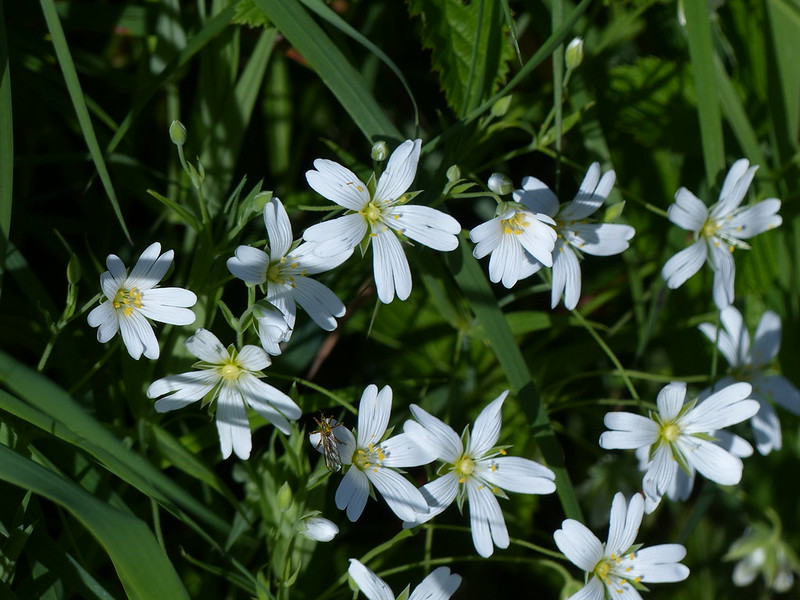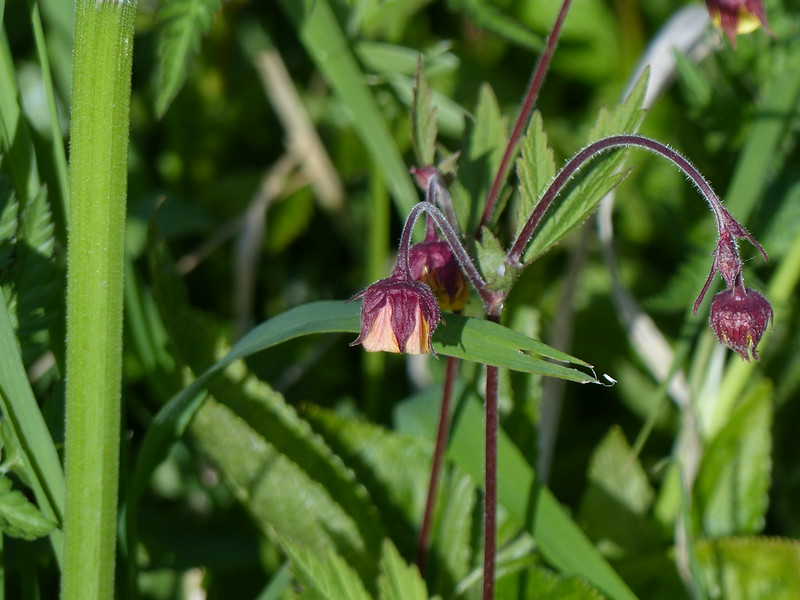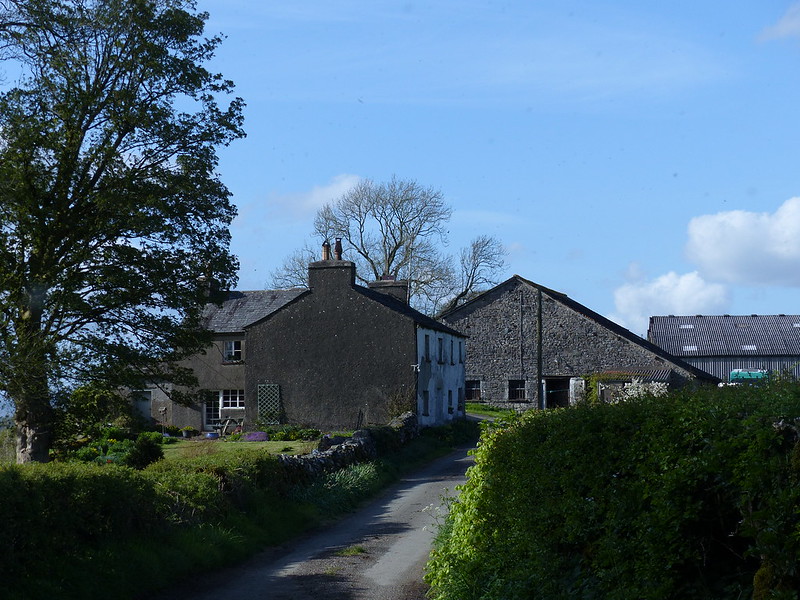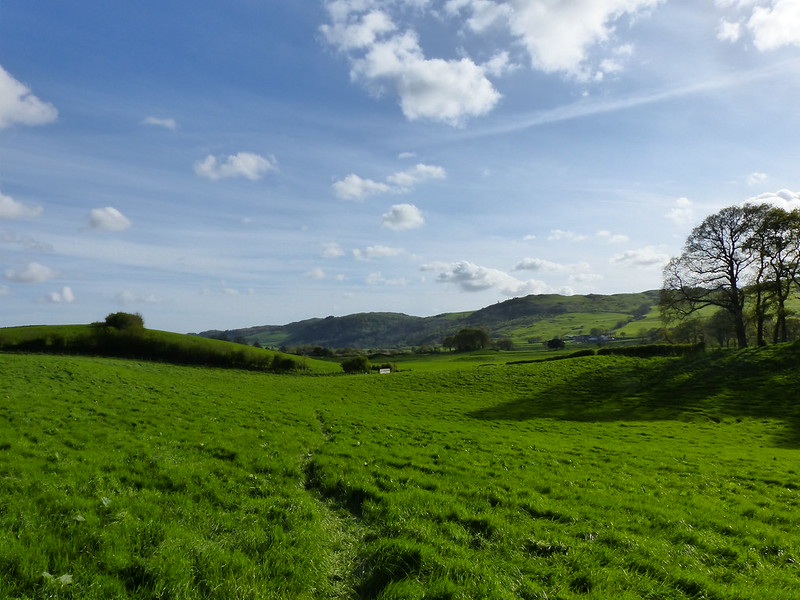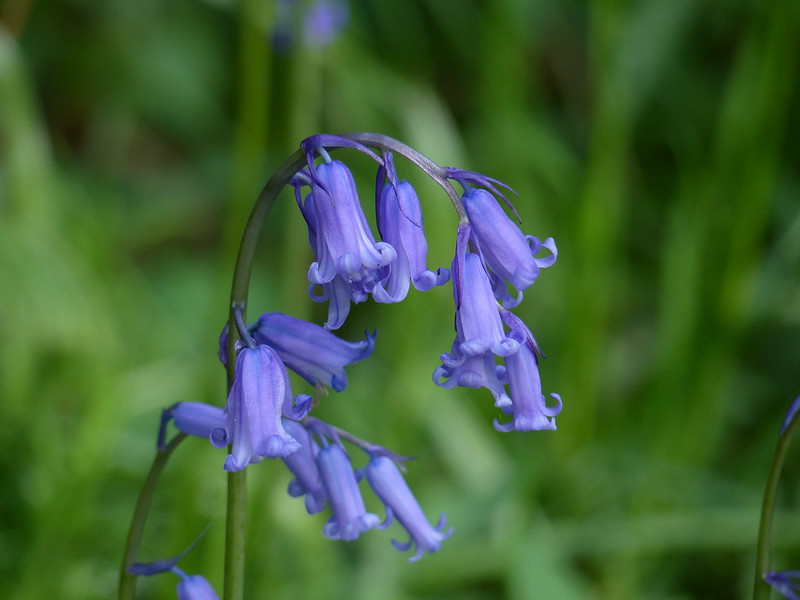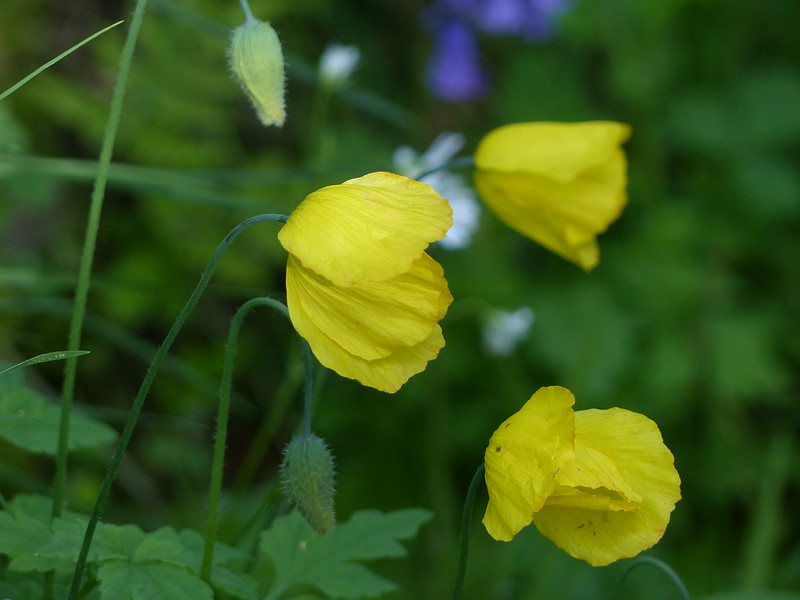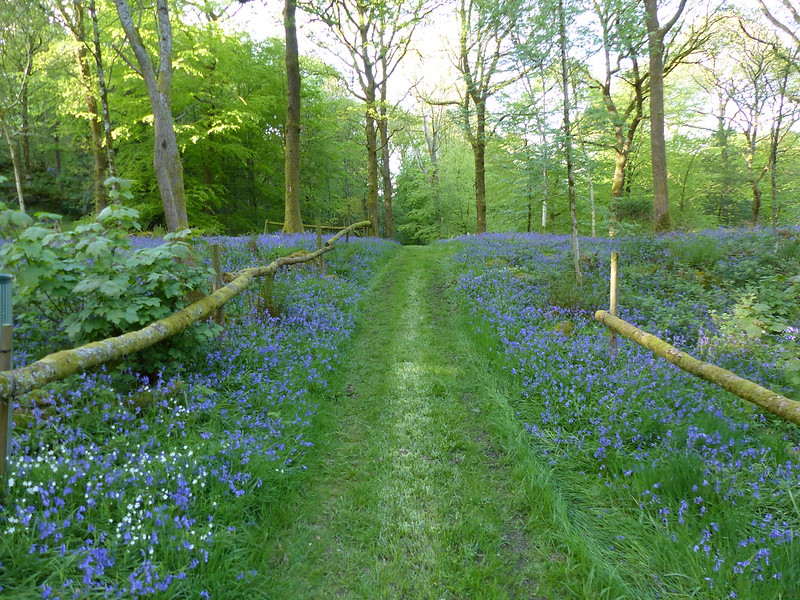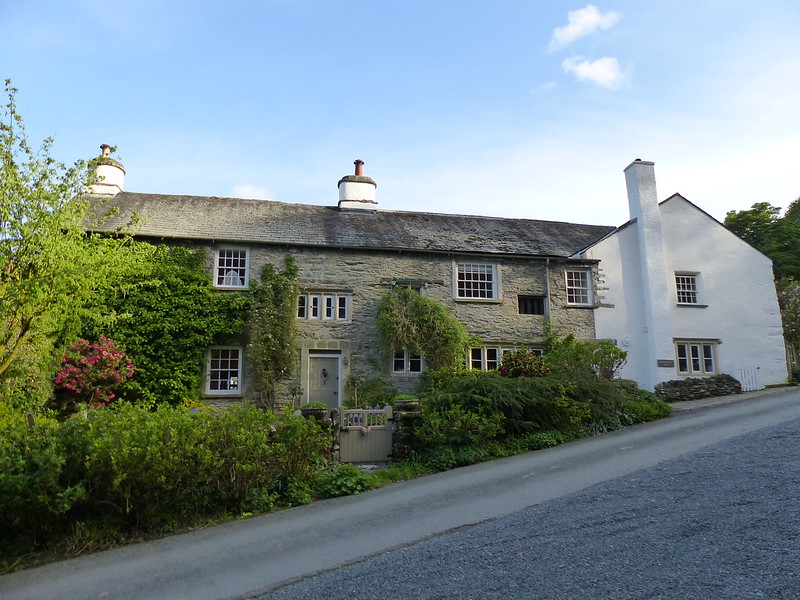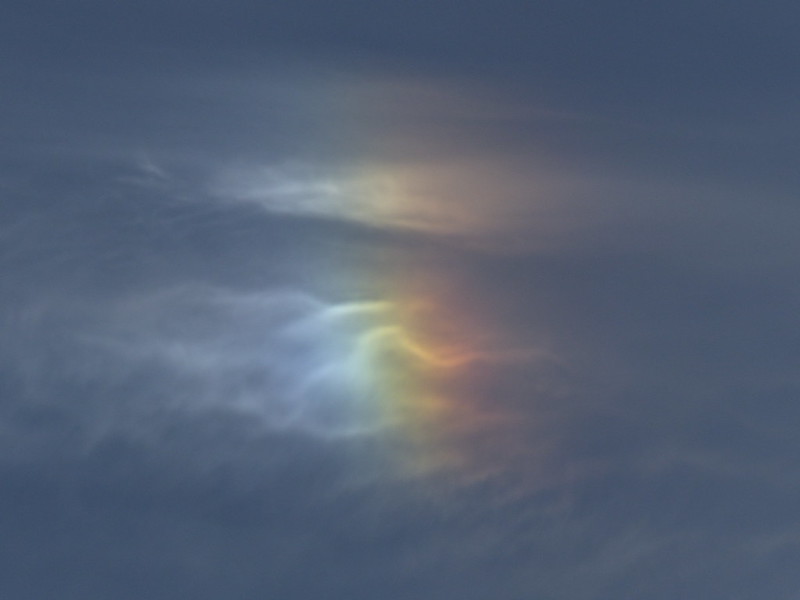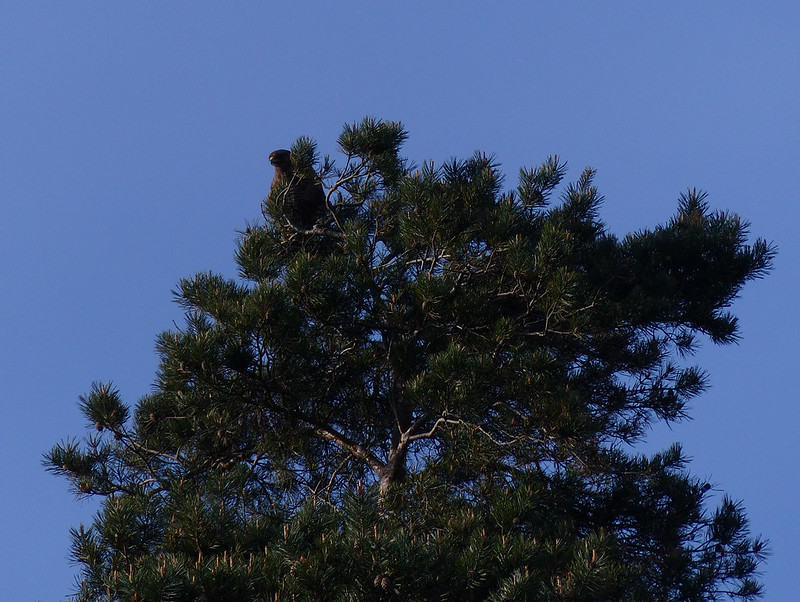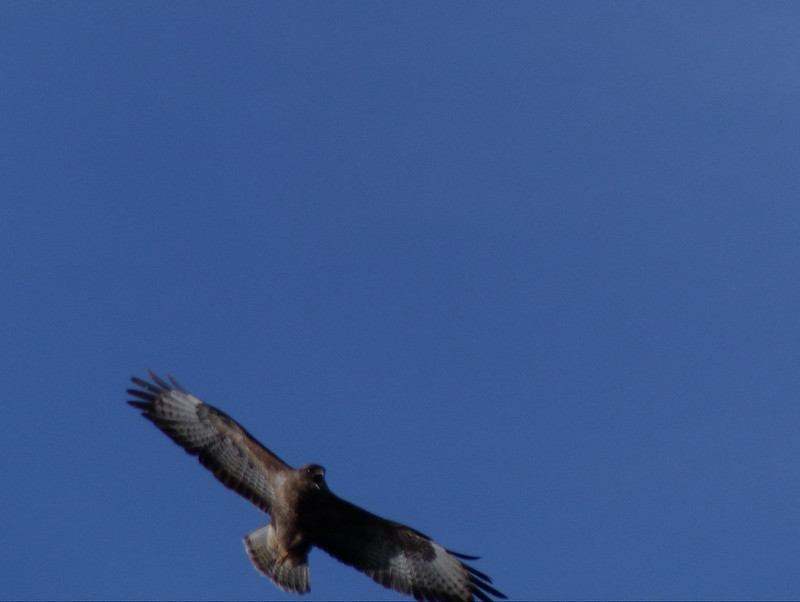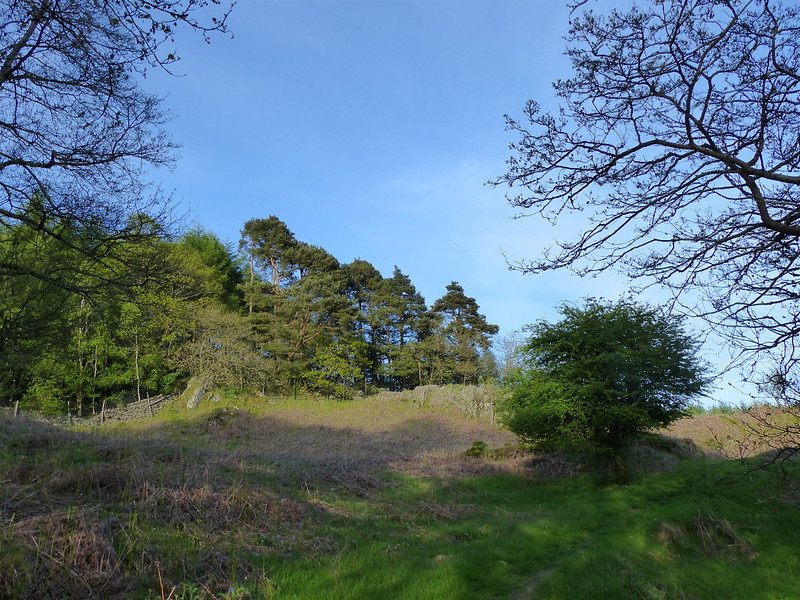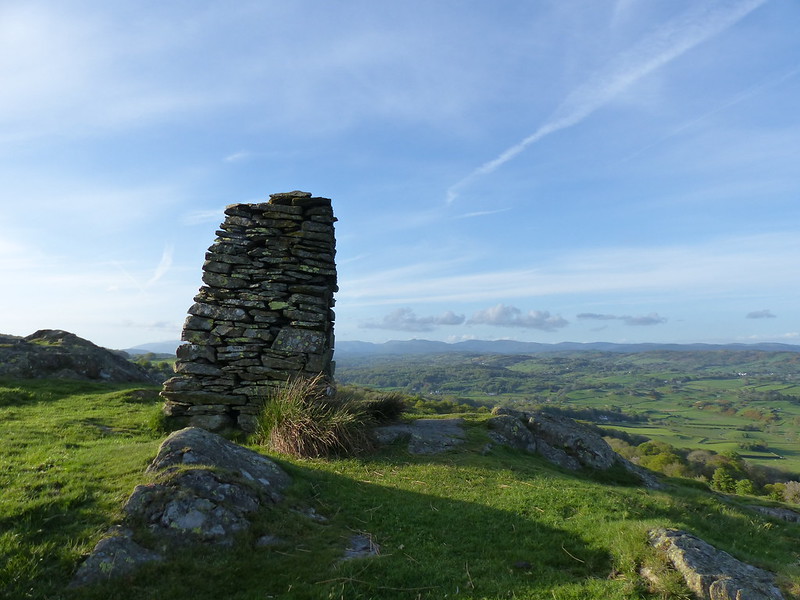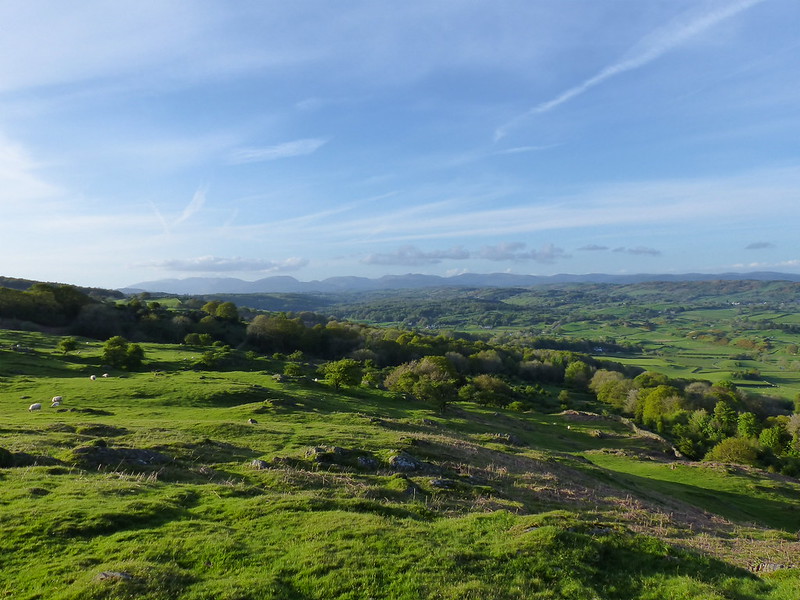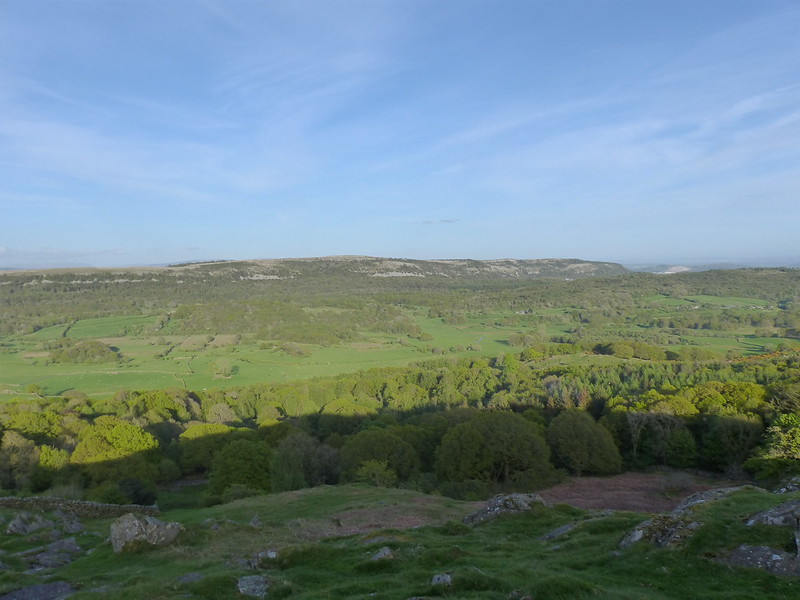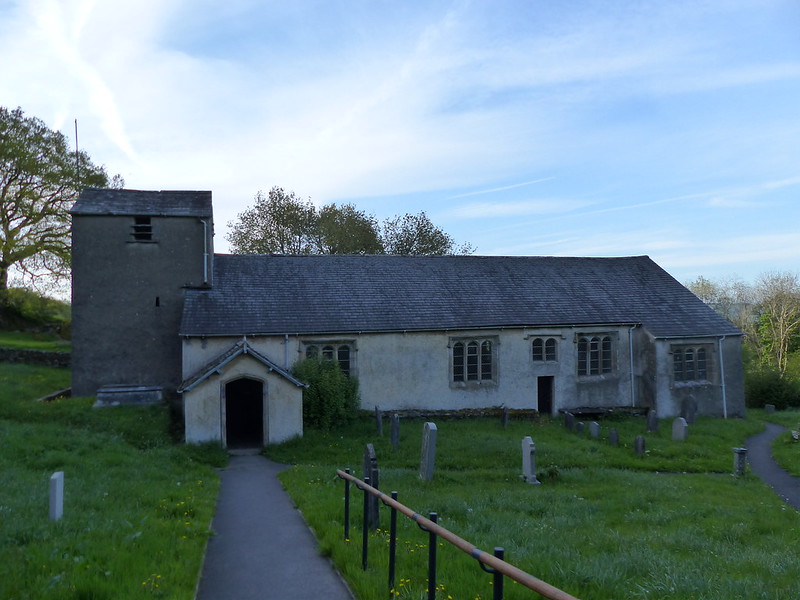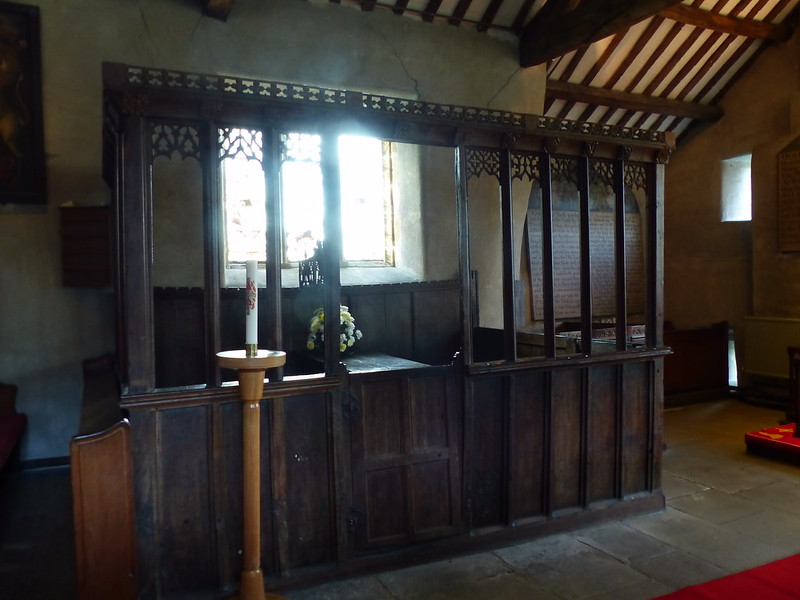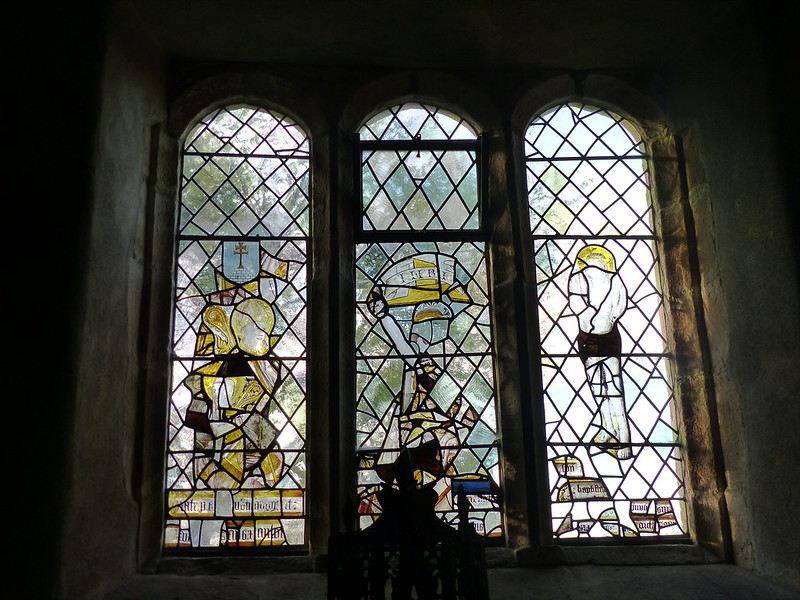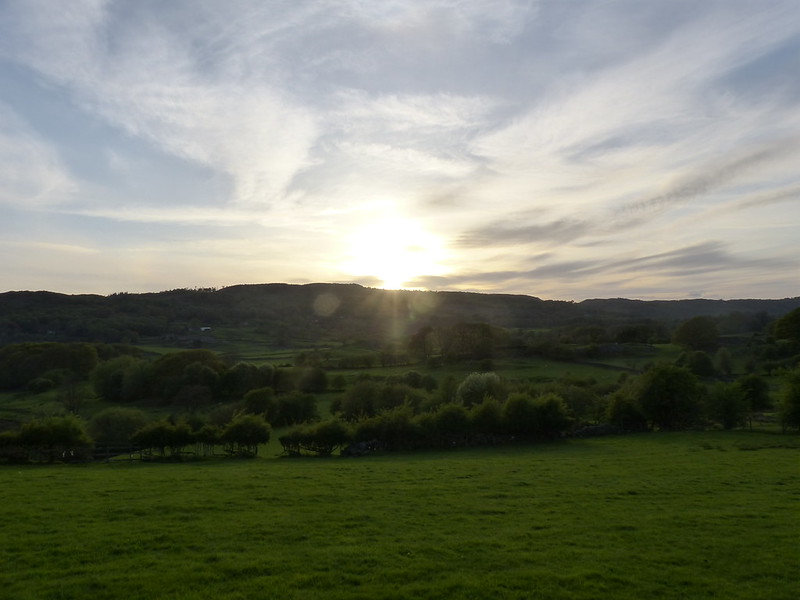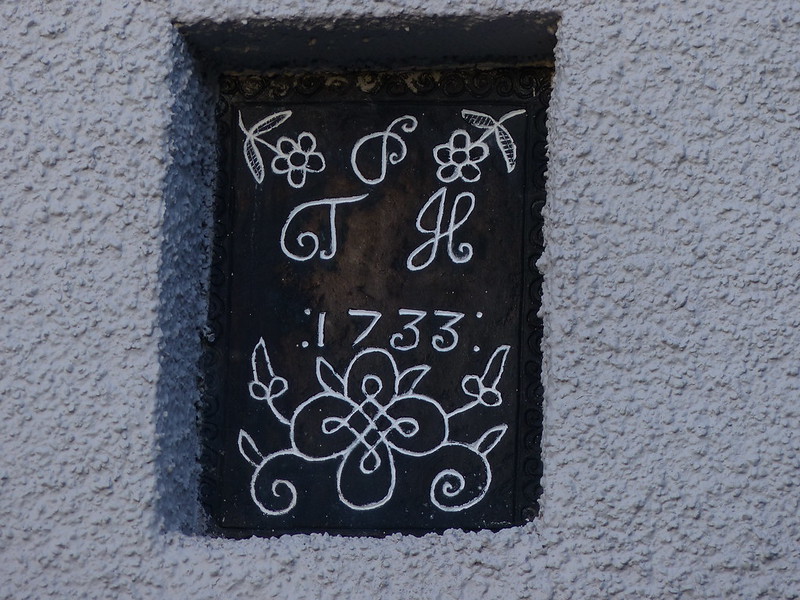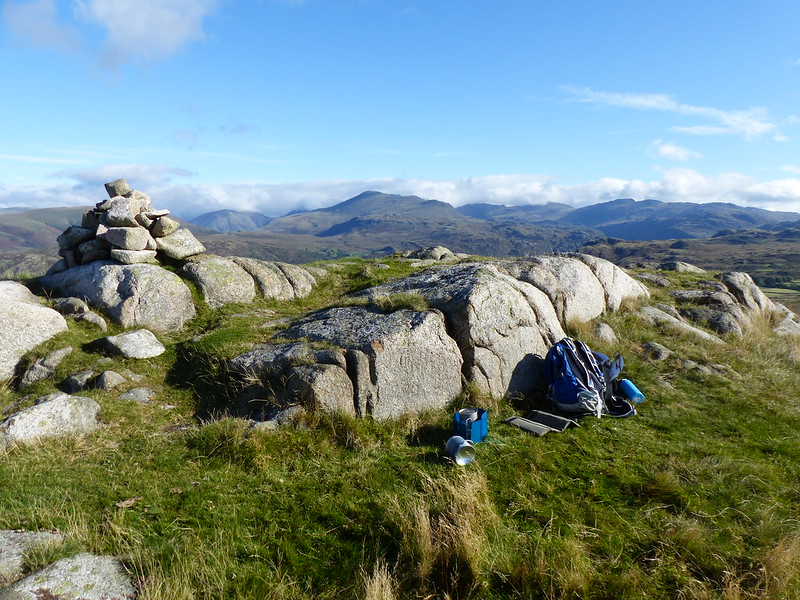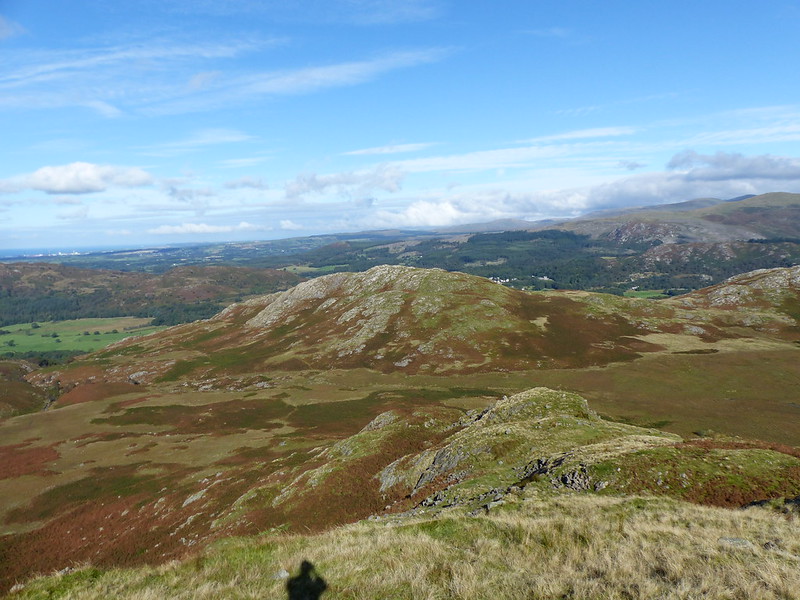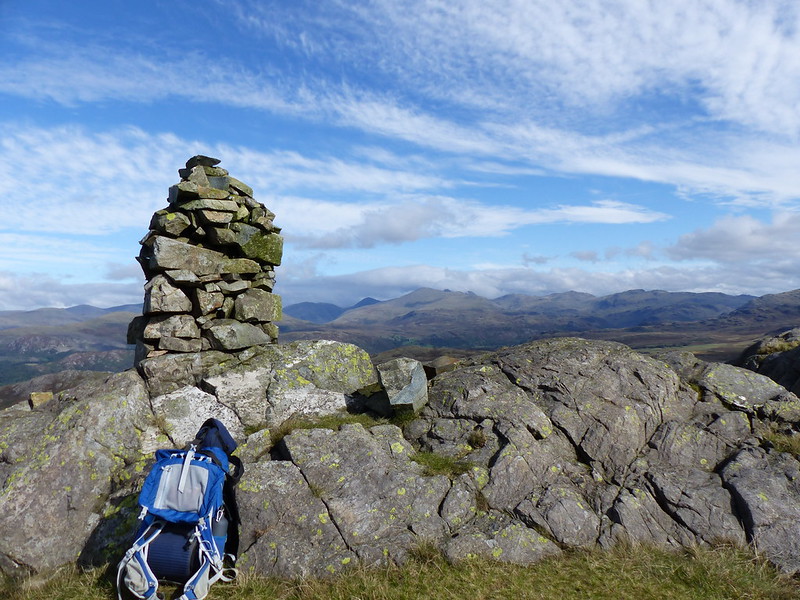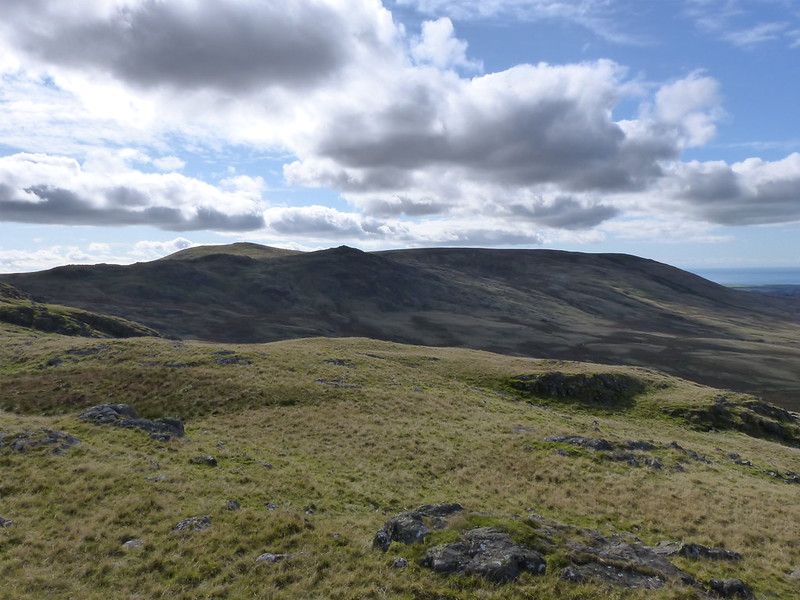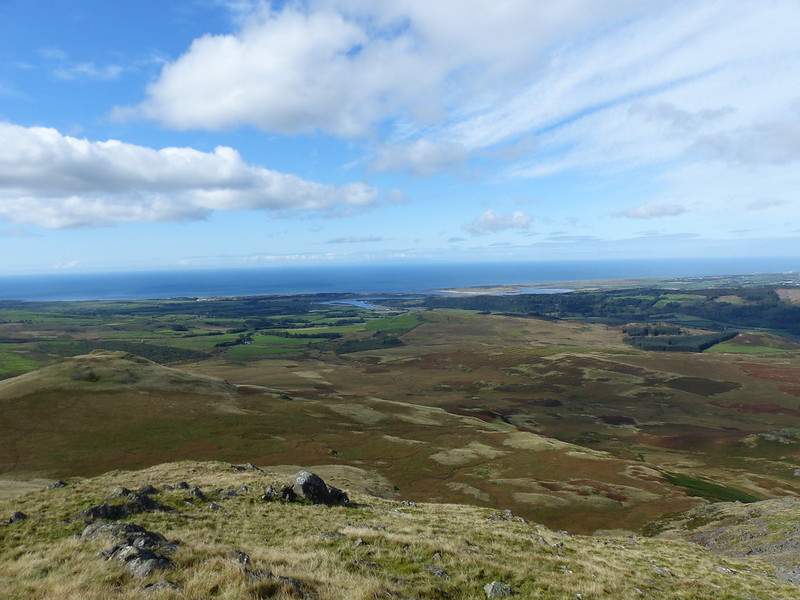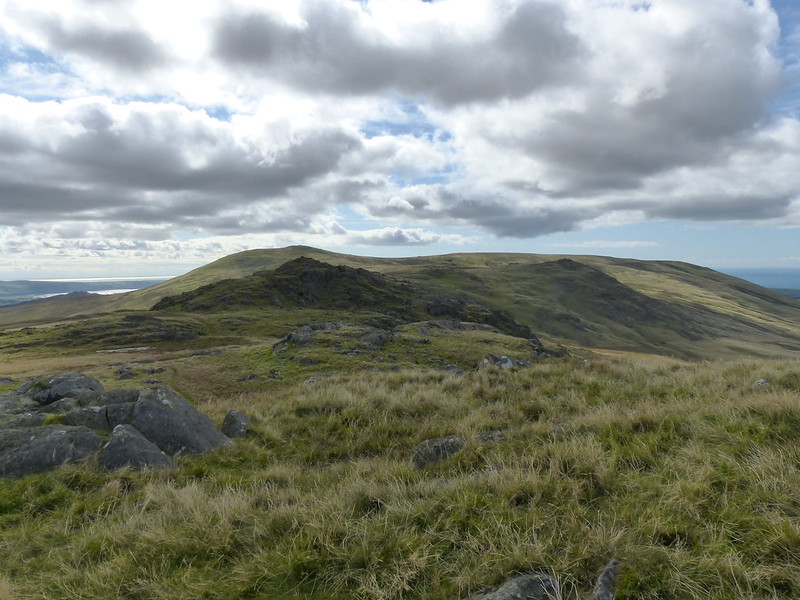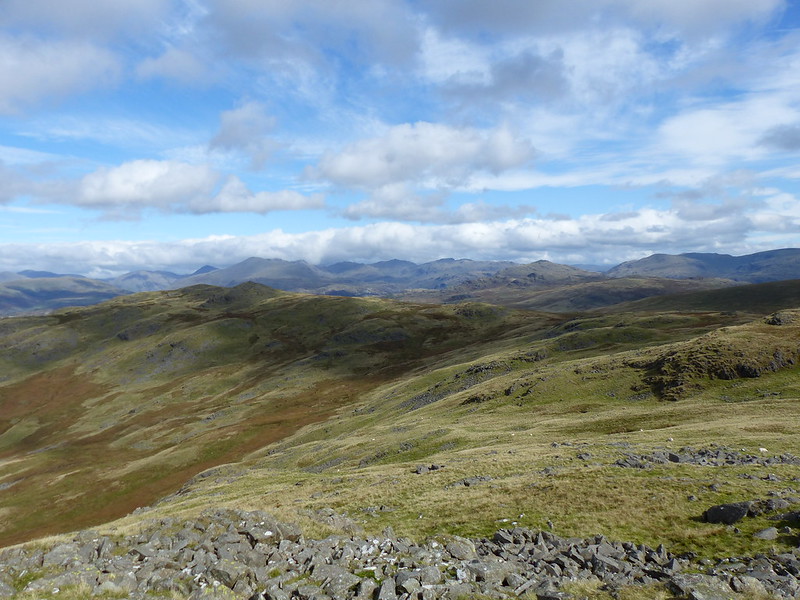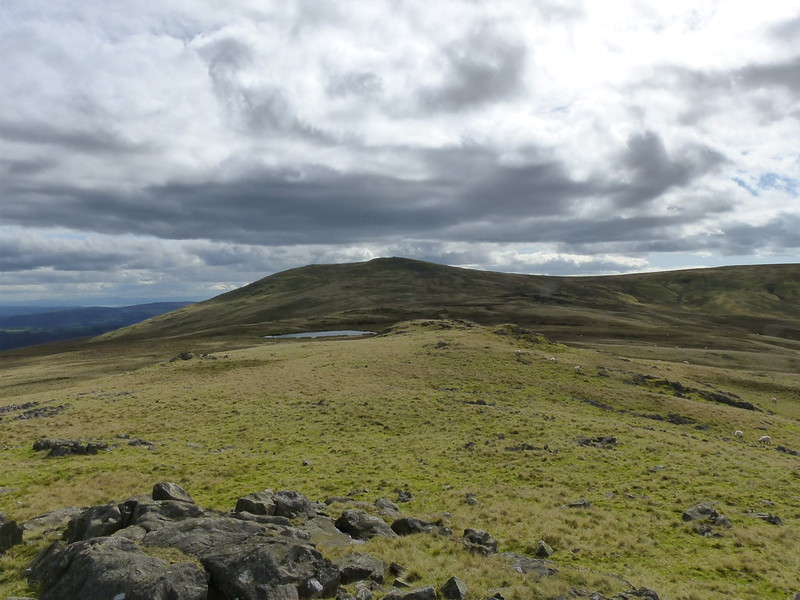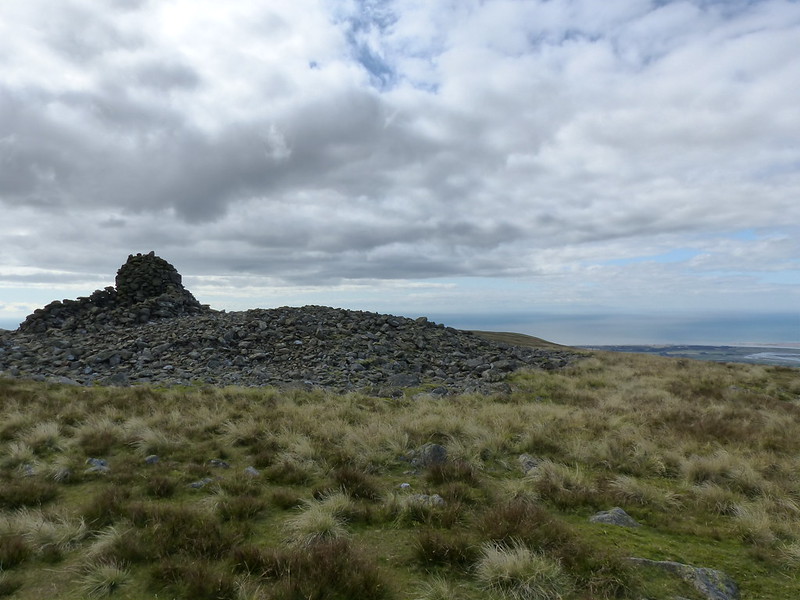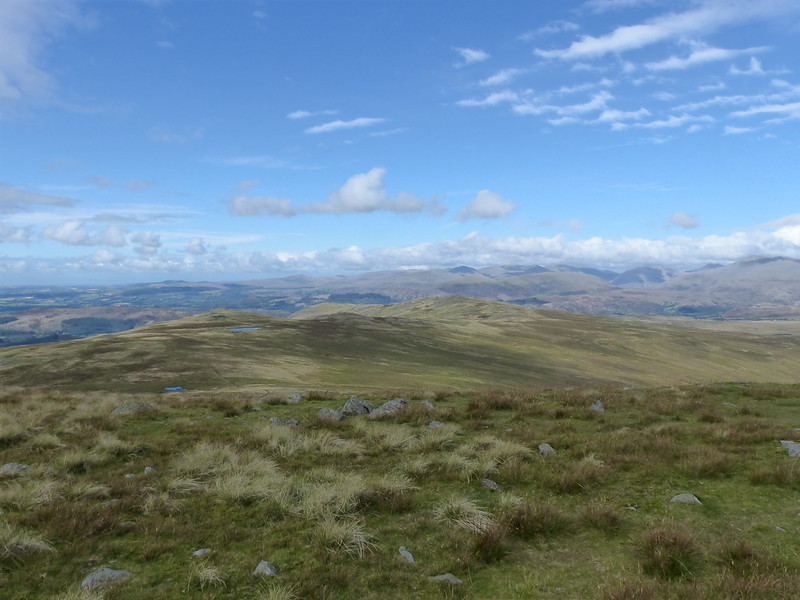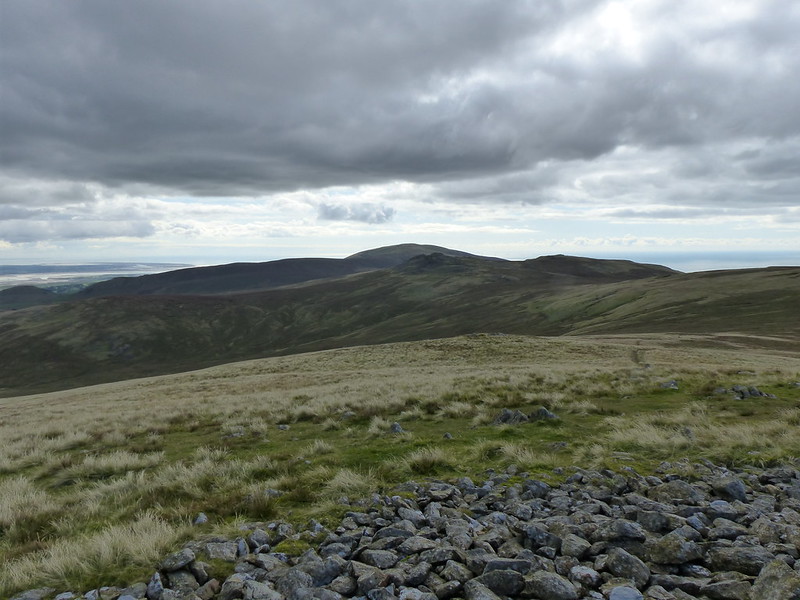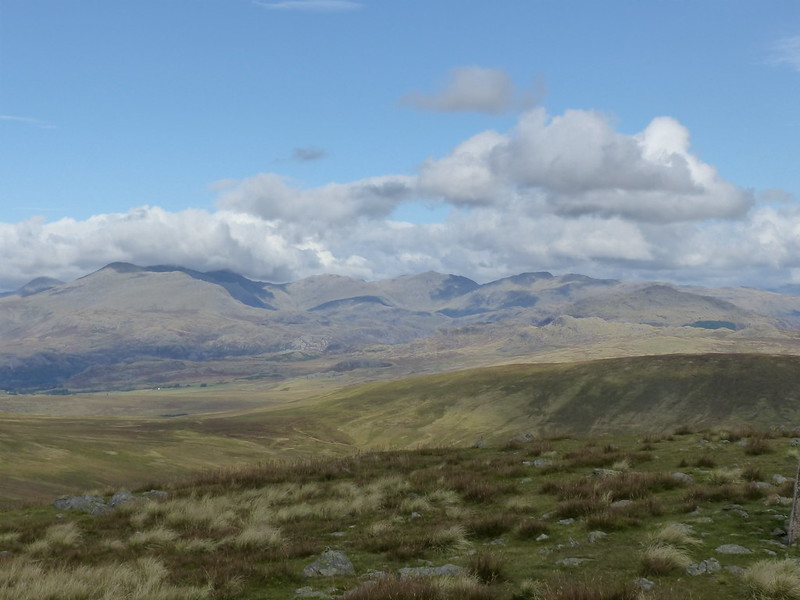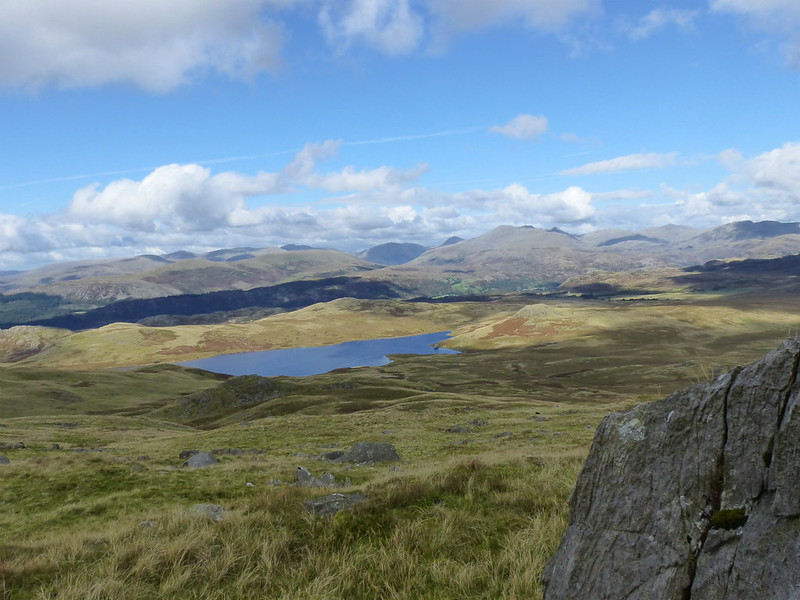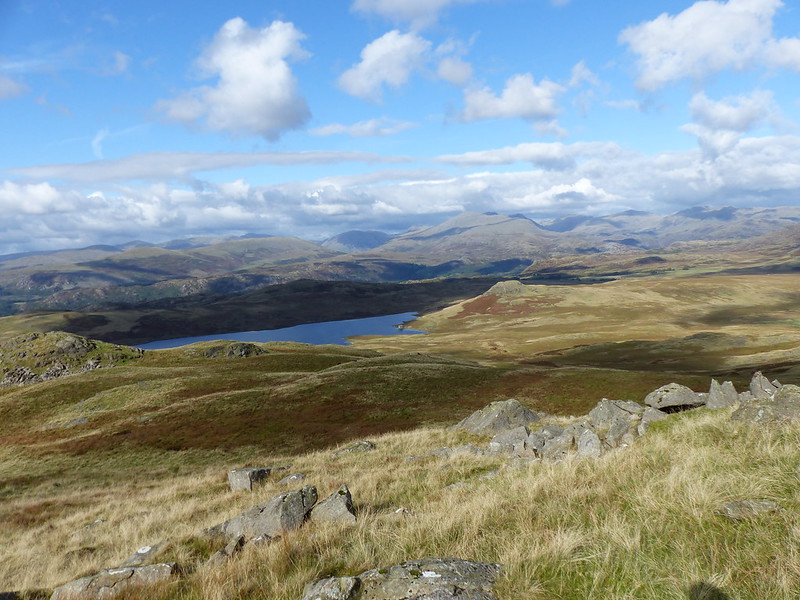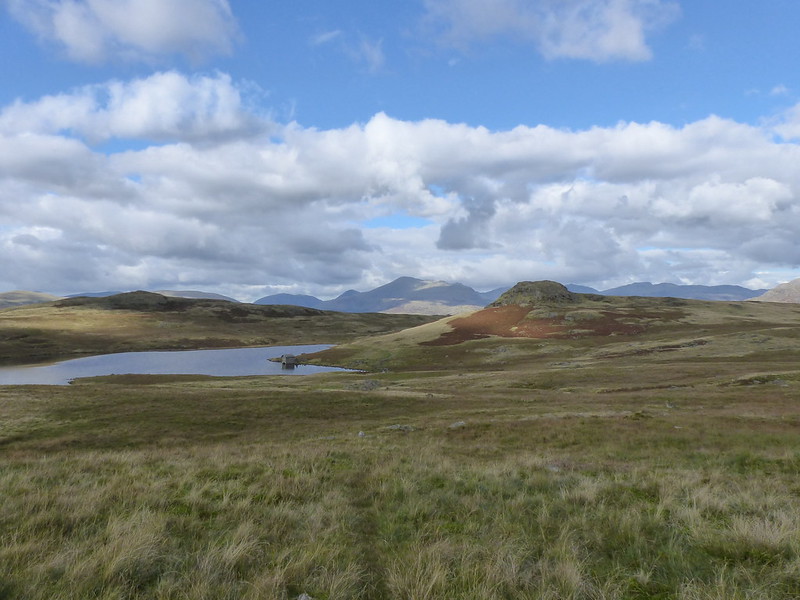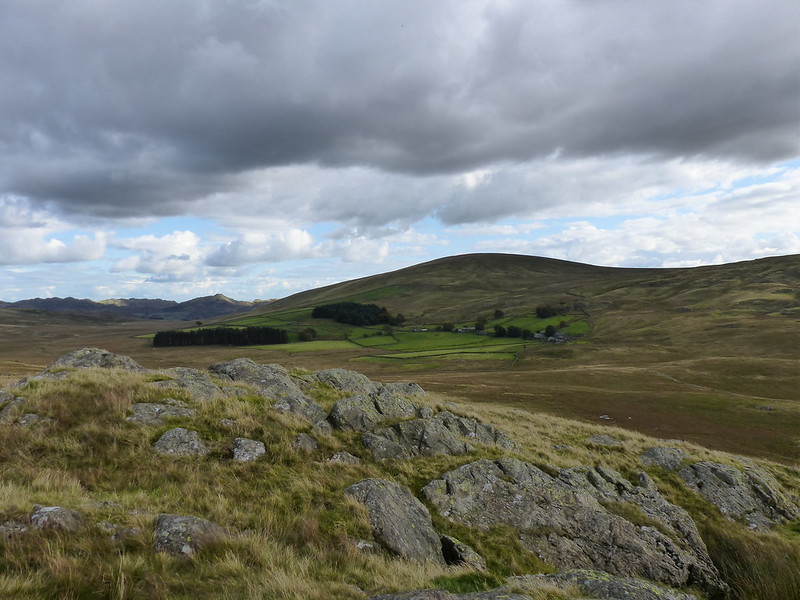
Windermere and the Coniston Fells from the road south of Gummer How.
B was on a rugby tour to North Wales. I was originally signed up to go, but then had second thoughts. Much as I like watching B and his teammates play, and chatting to the other parents, I also fancied a weekend in the hills. After a great deal of deliberating, I decided I wouldn’t accompany the team to Llandudno, but get some wild-camping in instead.
But then, as the weekend approached, the forecast was pretty dire. Rain, wind, rain and a lot more wind was expected. I hastily changed my plans and opted for a lower-level alternative with warm and dry lodgings at the end of it.
My new plan was to walk around Windermere over the course of two days. That’s the lake, not the town – A was very confused by my plan and seemed to think I would spend the entire weekend wandering the streets of Windermere, presumably looking a bit lost whilst doing so.

Looking down to Lakeside and Summer House Knott.
True to form, I started my walk in a light rain. I’d elected to leave my car in the small car park below Gummer How, which as well as being relatively near to the southern end of the lake has the huge advantage of being free.
I’ve long wanted to do this walk, since picking up a copy of ‘Windermere: Walking Around the Lake’ by Duncan Turner. He suggests catching the ferry from Fell Foot to Lakeside, which neatly avoids the main A590, but I was making an early start and the first ferry wouldn’t be until late morning, so I decided to string together footpaths and lanes to take me around the end of the lake.
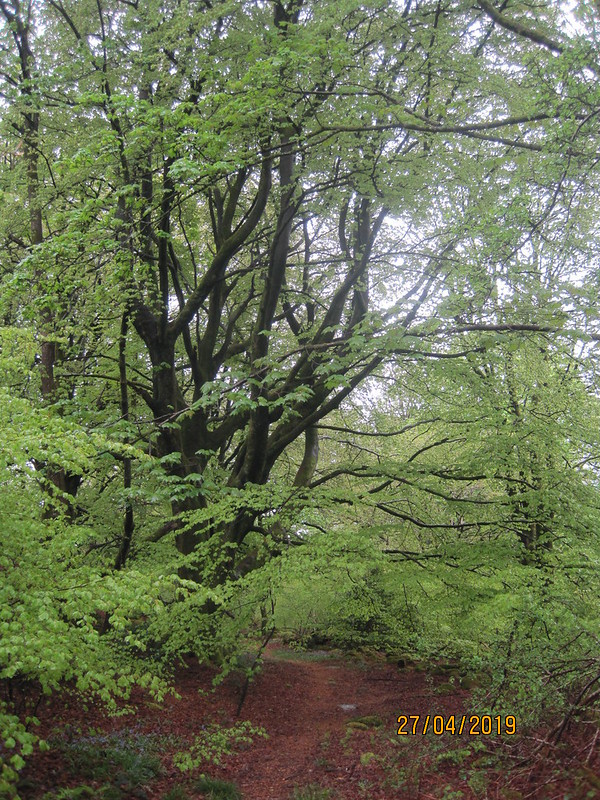
Dropping down the road towards Fell Foot, I could see the Saturday Morning Park Run taking place in the park. TBH has been a couple of times and has encouraged me to give it a go. One day perhaps.
Eventually, I picked up a delightful path through Beech woods carpeted with Bluebells…
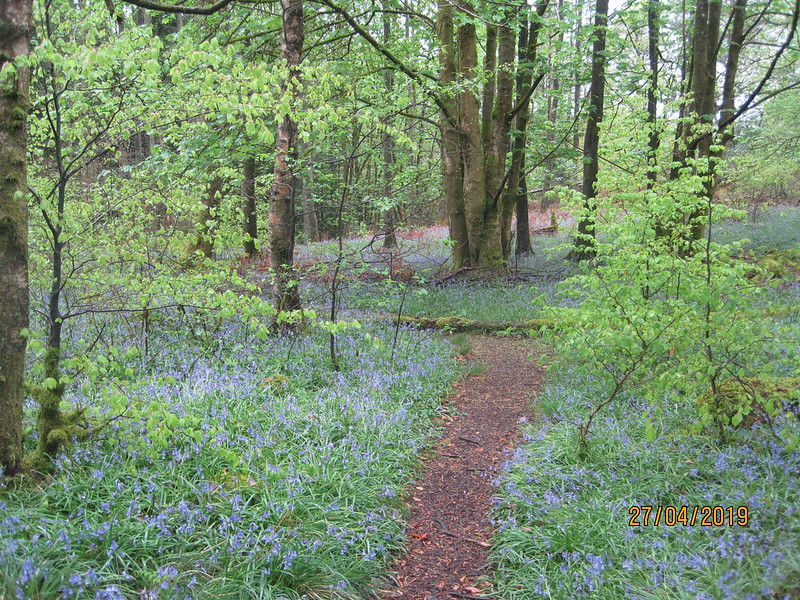
…which brought me out close to Staveley in Cartmel, a small hamlet which I’m not sure I’ve ever visited before. Which is perhaps why I’ve never heard of Millerbeck Light Railway before…

St, Mary’s church is slightly outside the village.

I hoped to pop in, but found the door locked. The church was restored in 1897 by Lancaster architects Austin and Paley, whose work I seem to encounter almost everywhere I go. Apparently, there’s a listed eighteenth century stone sundial in the churchyard which I missed, so I shall have to go back. I could hardly miss the huge lychgate…

…which seemed a bit out of proportion with the modest church.
A footpath through a caravan park and then a minor road brought me to Newby Bridge. I had to cross the busy main road twice, but that didn’t prove to be as big an obstacle as I’d thought it might be.
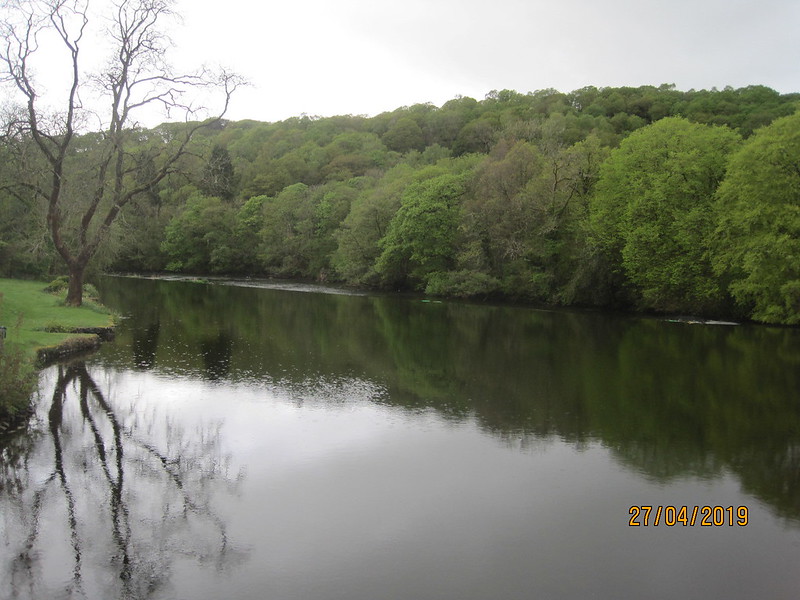
The five arch stone bridge from which Newby Bridge gets its name was built in 1651 and is really rather elegant, so I ought to have taken a picture of it. Next time.
I did take a picture of the Swan Hotel from the bridge.
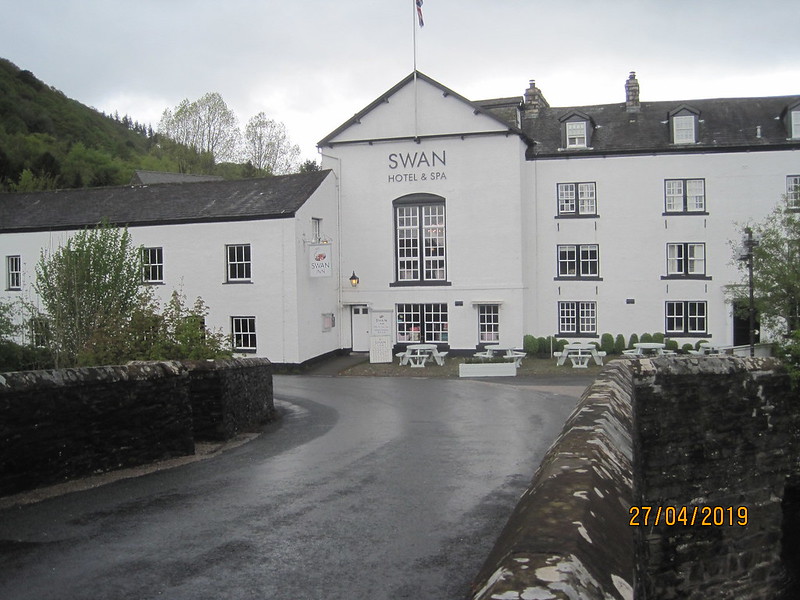
It was still early at this point – people were still eating breakfast inside.
Having come this way, I now had the option to include the small hill above Newby Bridge which is Summer House Knott…
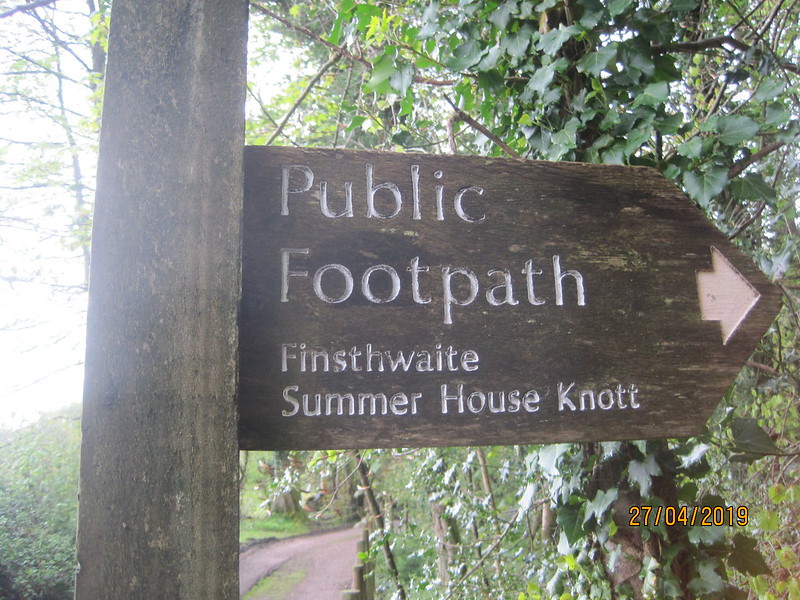
…or Water Side Knott…
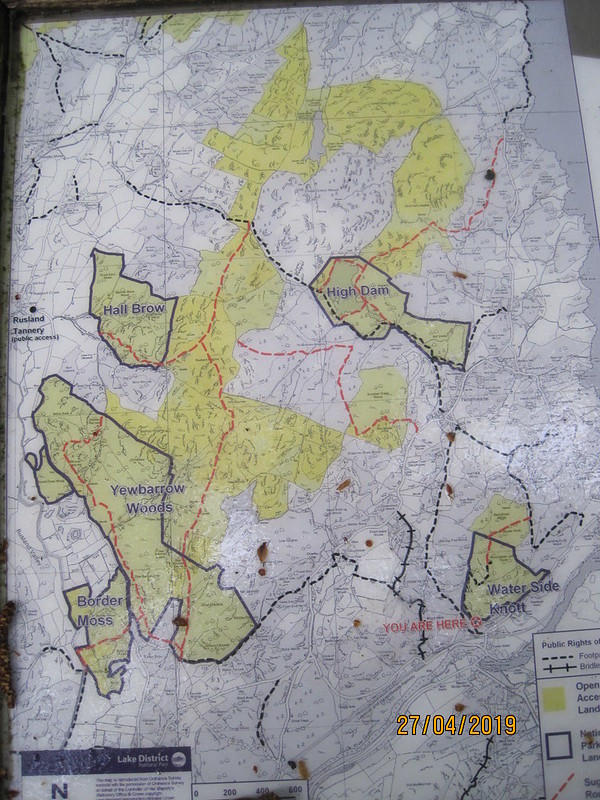
The OS map has both names. I took several photos of this map and various parts of it. It shows paths not marked on the OS map, so is very handy. I would go over the Knott, down to Finsthwaite, up to High Dam, down to the YMCA centre on the lake and then follow the lake shore path off the top of this map.
Incidentally, long-suffering readers might recognise the map since I used another photo of it to navigate on another walk in the rain, through Border Moss and Yewbarrow Woods, back in the winter.
A short climb brought me to…
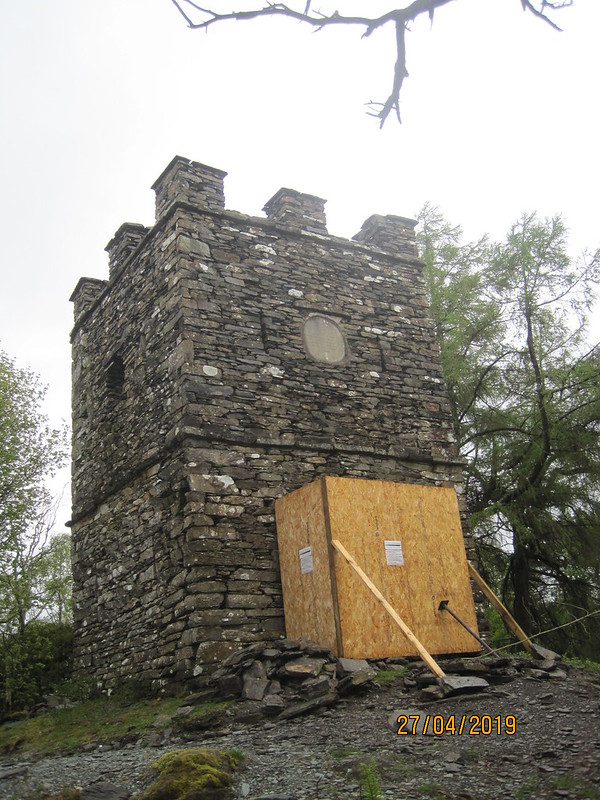
…Pennington Lodge Tower, or Finsthwaite Tower, depending on who you believe. It’s currently under repair, I think the work of the National Trust. The plaque high on the wall reads…
Erected to honour the officers, seamen and marines of the Royal Navy whose matchless conduct and irresistible valour decisively defeated the fleets of France, Spain and Holland and preserved and protected liberty and commerce 1799.
Originally it had three floors and a view, but the top floor has been removed and it is now surrounded by trees (source).
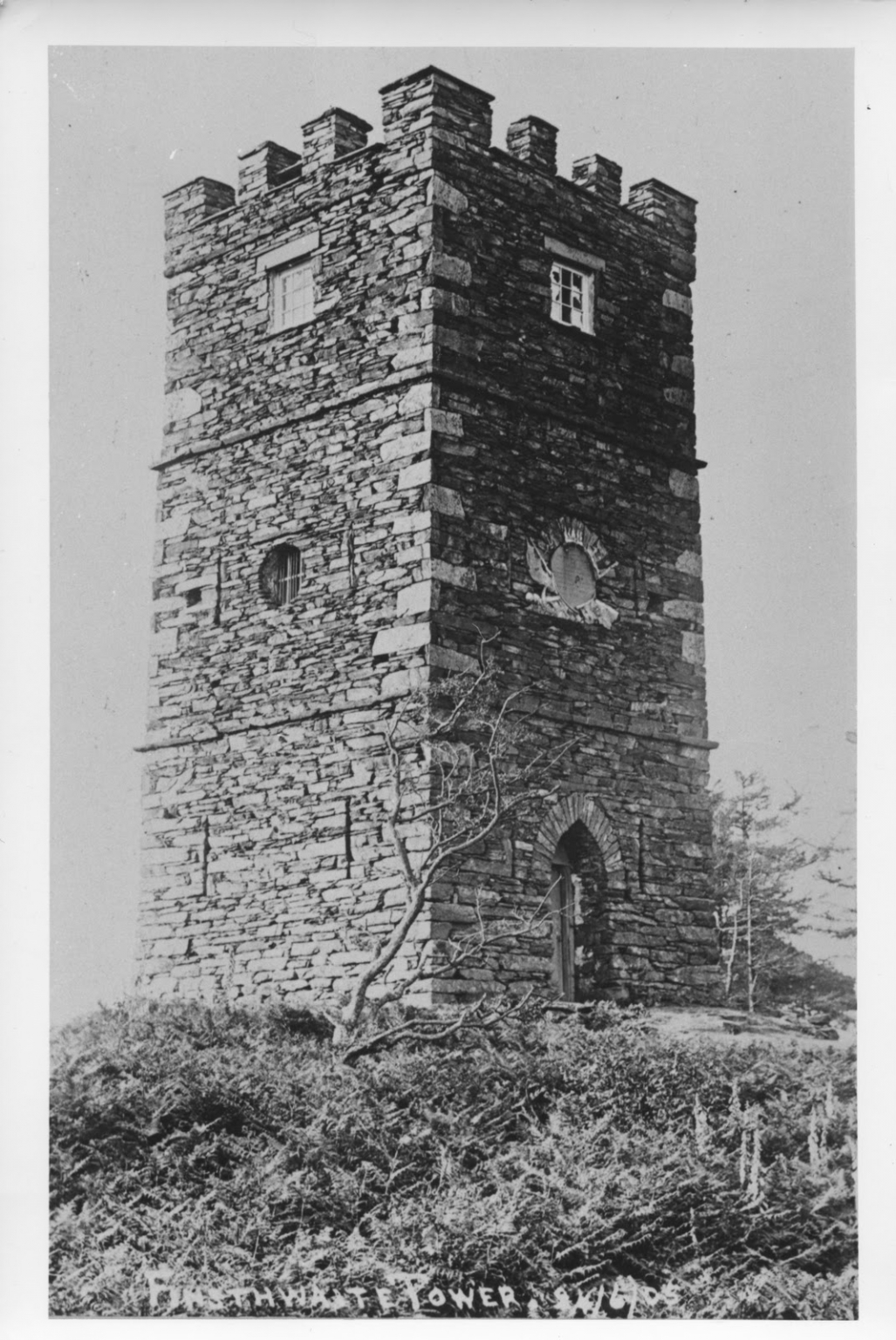
It’s a listed building, so in theory should be being carefully preserved, but I can’t find any reference online to the repairs. The naval battles referred to, from 1797 and 1798, are apparently the Battle of St. Vincent, the Battle of Camperdown and the Battle of the Nile, decisive victories against the navies of Spain, Holland and France respectively. My knowledge of the Napoleonic wars is obviously very sketchy, since it’s only the latter, when Nelson was commanding the British Fleet, that I was aware of before. Hard to imagine now a situation where Britain could be at loggerheads simultaneously with so many of our European neighbours. Ho-hum.
Incidentally, Summer House Knott, along with Finsthwaite Heights, is on one of Wainwright’s Outlying Fells Walks, as are Claife Heights and Latterbarrow which will appear later.
Great Knott Wood, to the north of the tower, is now owned by the Woodland Trust, who are working to restore native deciduous woods here…
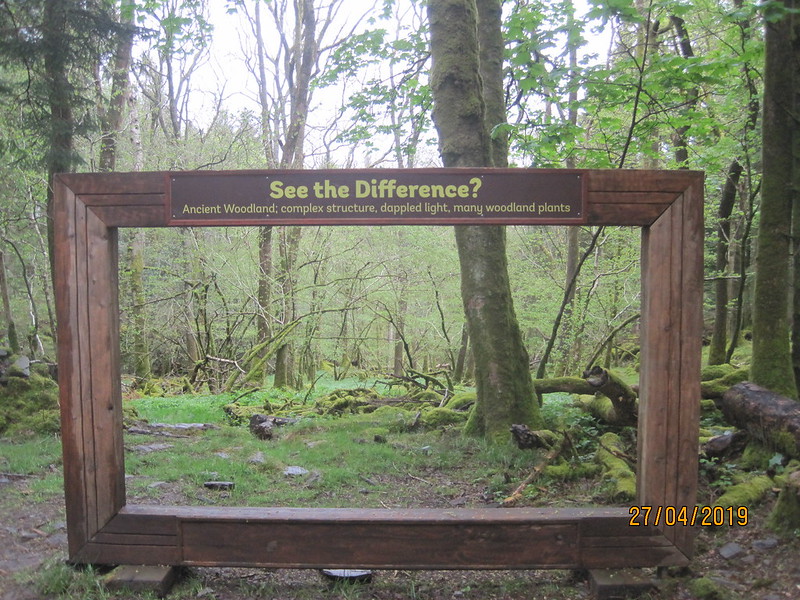
As I approached the point where the path left the wood, I came across these…
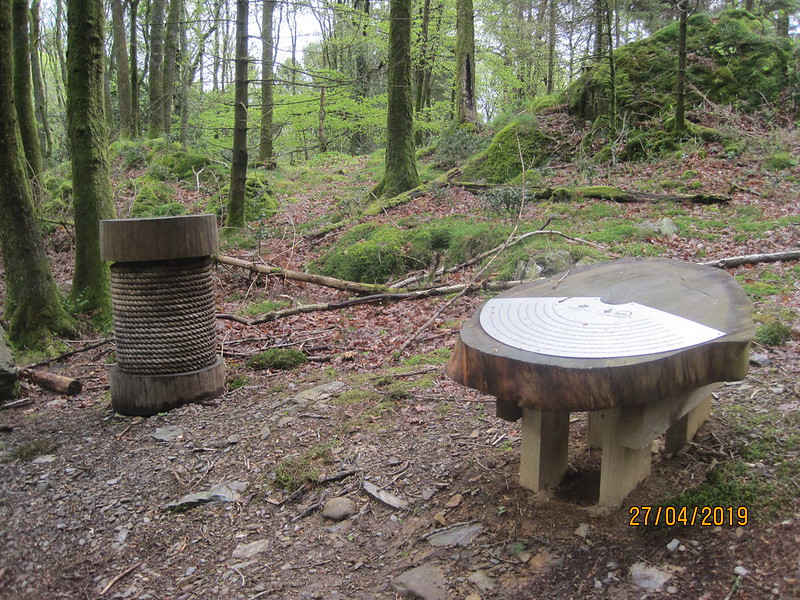
Another memorial of sorts, recording the areas industrial heritage, when it produced wooden bobbins for the Manchester cotton industry.
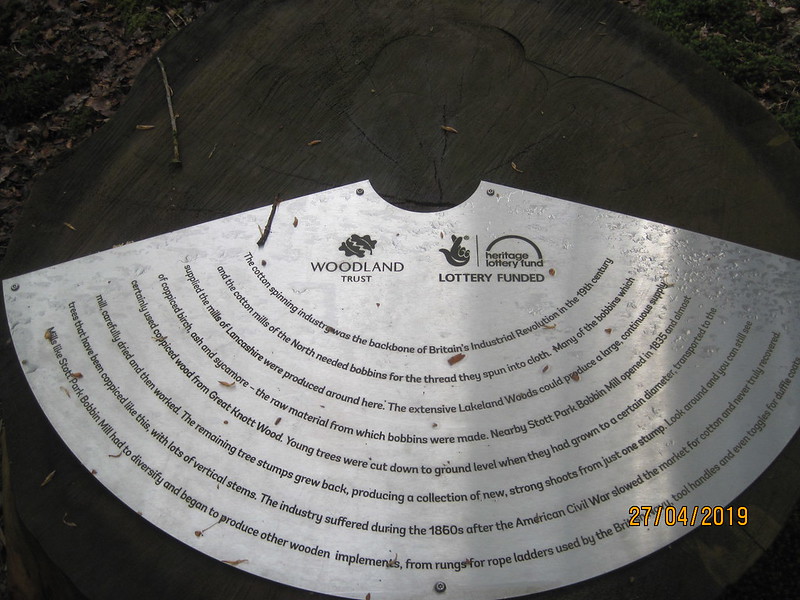
It’s many years now since I visited the bobbin mill at nearby Stott Park, but I remember it as a fascinating tour. Our guide was a former employee of the mill, when it was still a commercial enterprise, rather than a working museum, and he had lots of interesting and some times gruesome stories to tell.
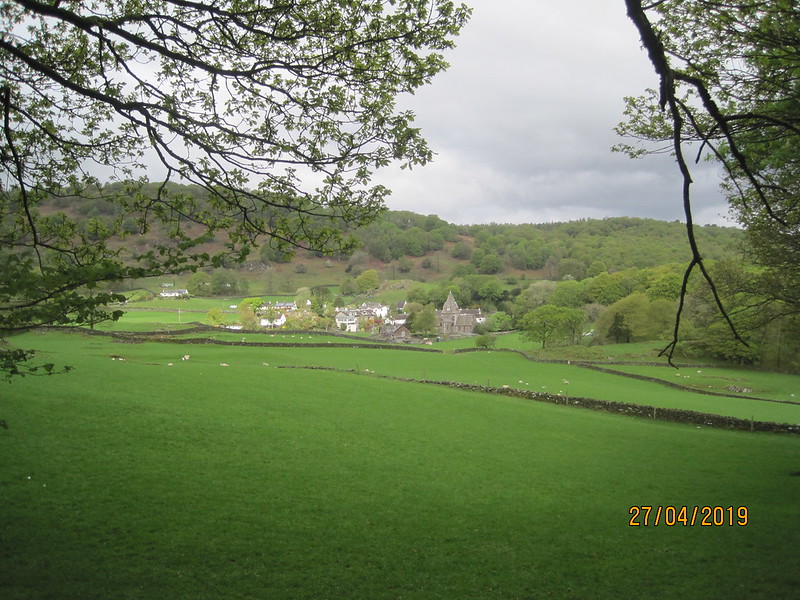
Finsthwaite.
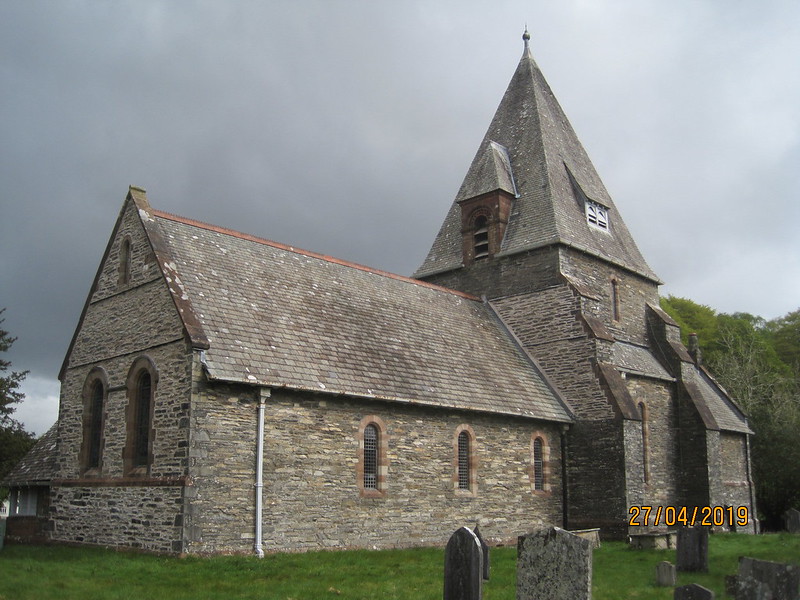
St. Peter’s Church, Finsthwaite.
I was hoping to have a gander inside this church too, but despite signs outside saying that the church is kept open for visitors, it also seemed to be locked. Which is a shame, because I suspect the inside is well worth a look. It’s quite a recent building, the work of, you guessed it, Paley and Austin.
Since I couldn’t go inside, I sat in the porch for a moment whilst I took on some water.
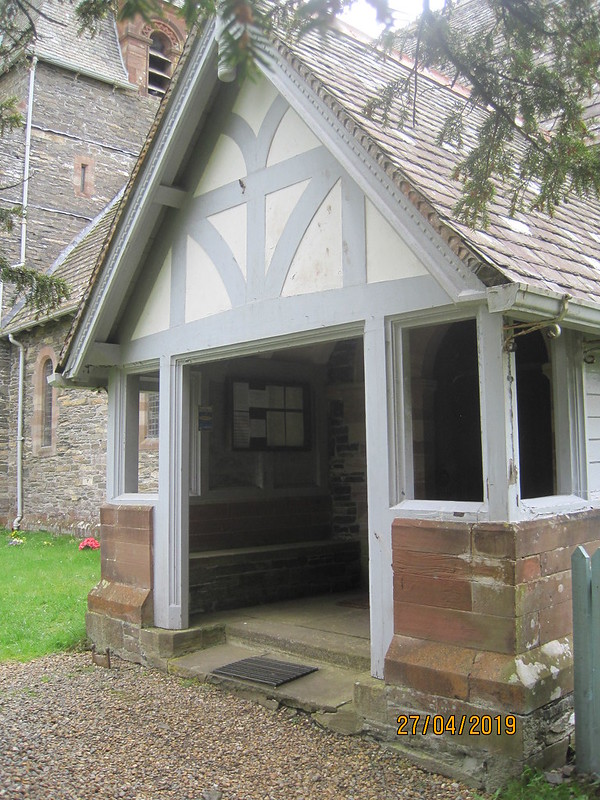
The weather was really beginning to brighten up at last. It hadn’t actually rained all that much to this point, but had always seemed to be on the point of drizzling. Now there was sunshine and warmth.
Climbing out of Finsthwaite, I was taken by this blossom covered tree…


An apple tree, I suspect?
A short ascent brought me to High Dam…
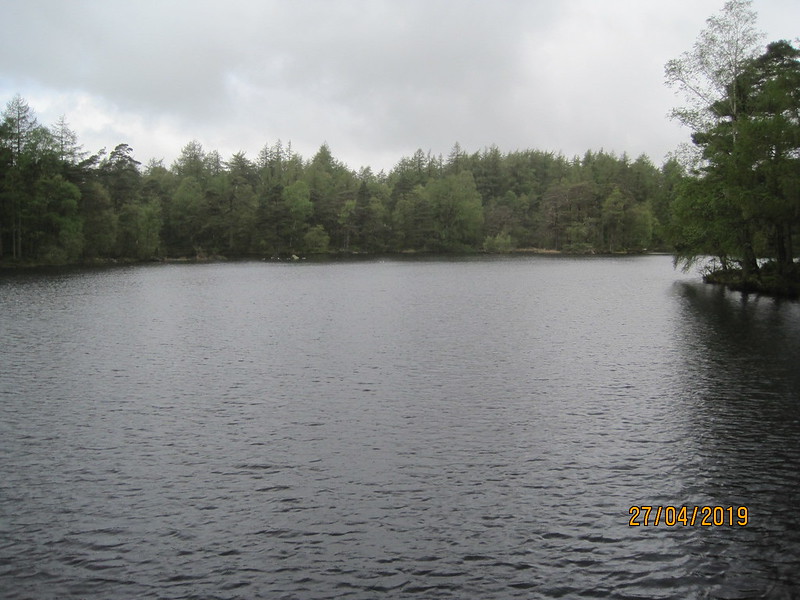
…where we swam a couple of times last summer.
Whilst I’ve visited High Dam many times over the years, I’m not sure that I’ve ever followed this bit of path beyond the reservoir, which isn’t on my map. Nor have I climbed Stott park Heights, the high ground on the left here…
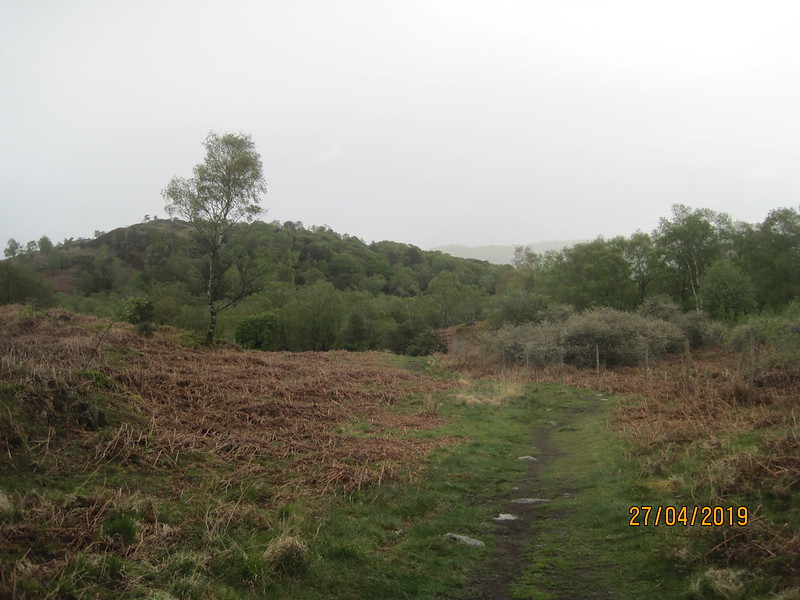
…an omission I shall have to rectify another time.
The path dropped down the hillside via some deep cuttings which looked like they must have been blasted through the rock, which doesn’t make much sense on this seemingly little used track. There must be some explanation?
I had to walk a little way along the road, but was soon on the lake side path.
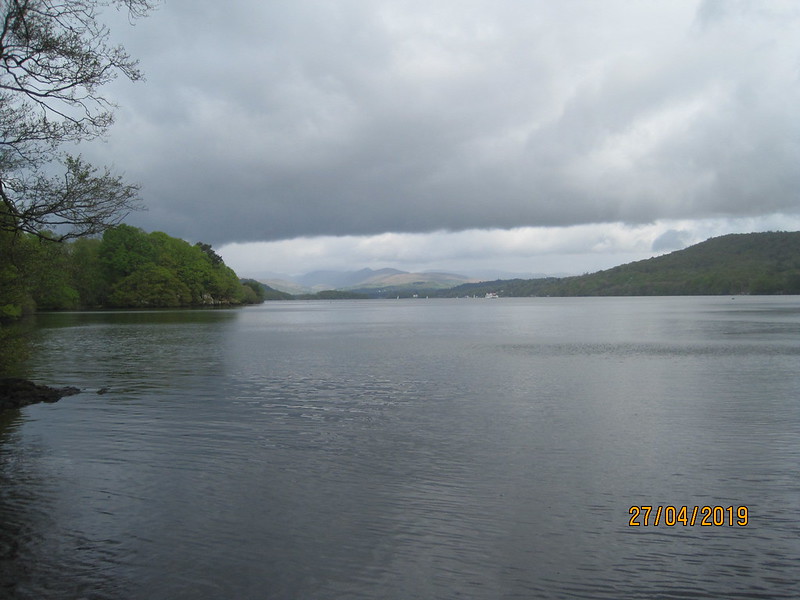
I had my cag on almost immediately when, for the first time that day, the heavens really opened.
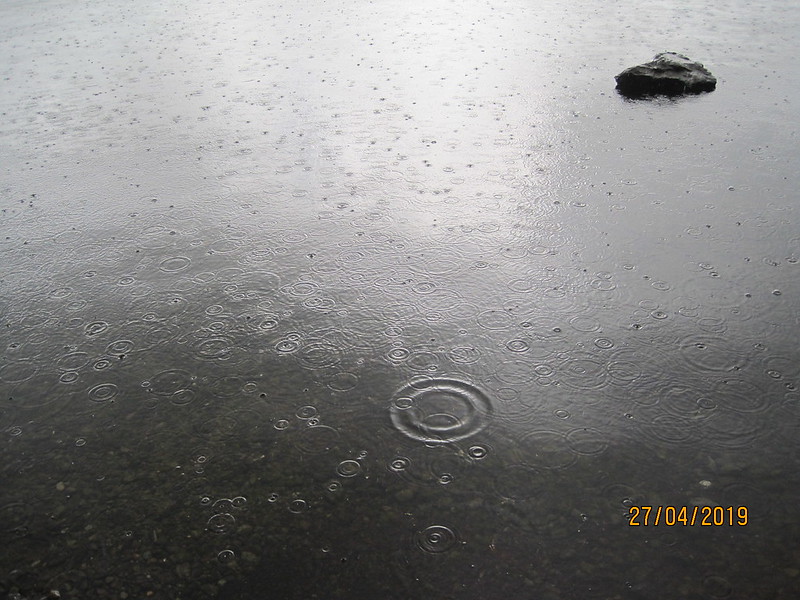
In truth, the shower was short-lived, but with dark clouds scudding past and occasional further flurries of rain, I kept my coat on, probably longer than I needed to.
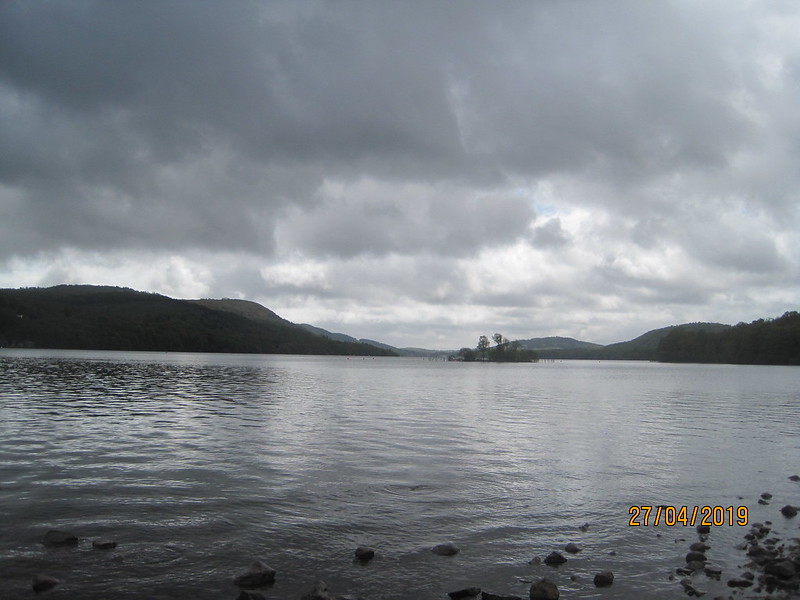
It looked like there might be a wedding party underway at Greythwaite Old Hall, and I hoped the weather would improve, both for them and for me! The path was well-marked and very easy to follow, so on the whole I wasn’t really looking at my map much. For that reason, I was quite surprised by the short sharp climb past High Cat Crag. Sadly, I immediately lost all of that height again on the minor lane which eventually took me to another lake shore path.
By the time I passed through these wonderful Bluebell woods at Rawlinson Nab, the rain had just about done, for now at least.
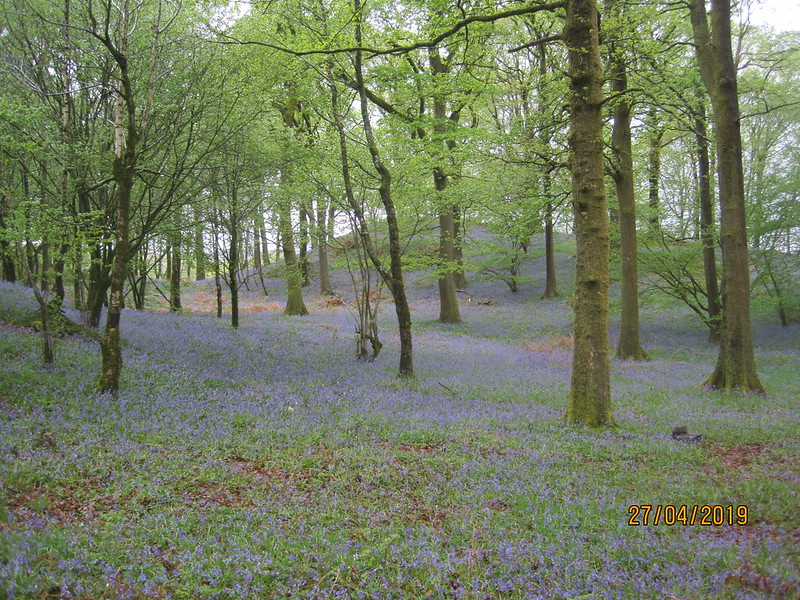
I’d been debating with myself about the options for the next section. I could stick to the shore, or take any one of a number of routes across Claife Heights, the most ambitious of which would divert to take in Latterbarrow. I’d pretty much decided that if the weather looked fine I would choose the Latterbarrow option and since I had some blue sky and plenty of sunshine, I took the minor lane and then a path into Far Sawrey, rather than dropping back down to the shore.
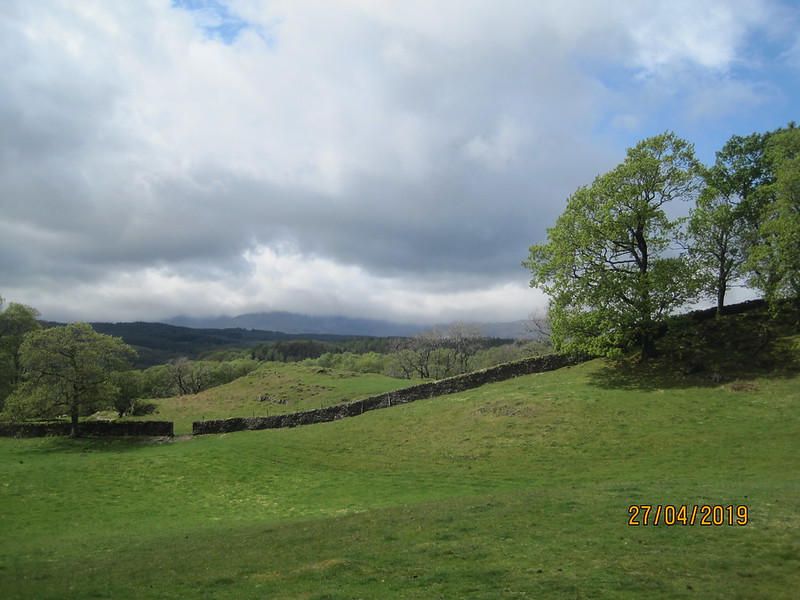
I was heading for High Pate Crag and High Blind How, but before I reached either of those I followed a slight trod leading away from the main track, which brought me to a superb viewpoint.
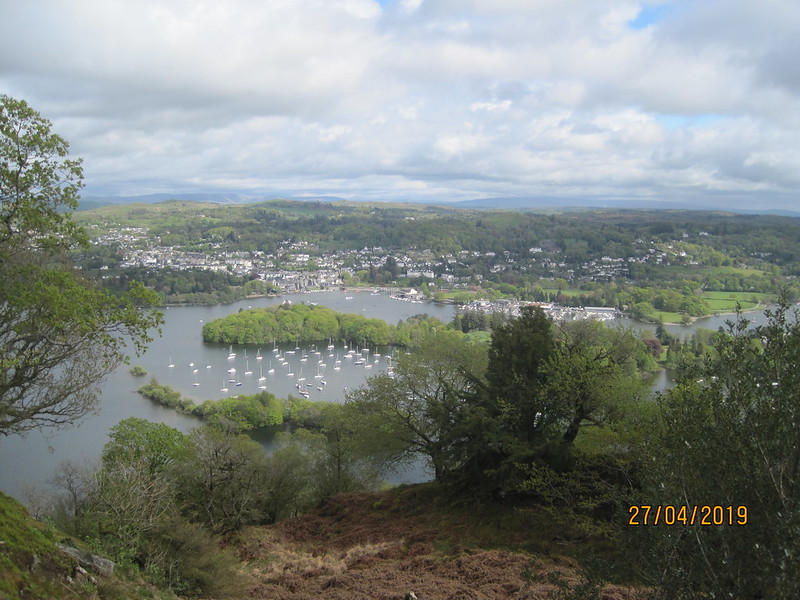
Belle Isle and Bowness-on-Windermere.
I’ve walked in Claife Heights many times before, but have always thought that the one downside of those walks was the frustrating lack of views, so this was a real revelation. I’d been walking for quite some time without much rest, so decided to sit here a while and eat the couple of apples I had in my bag.
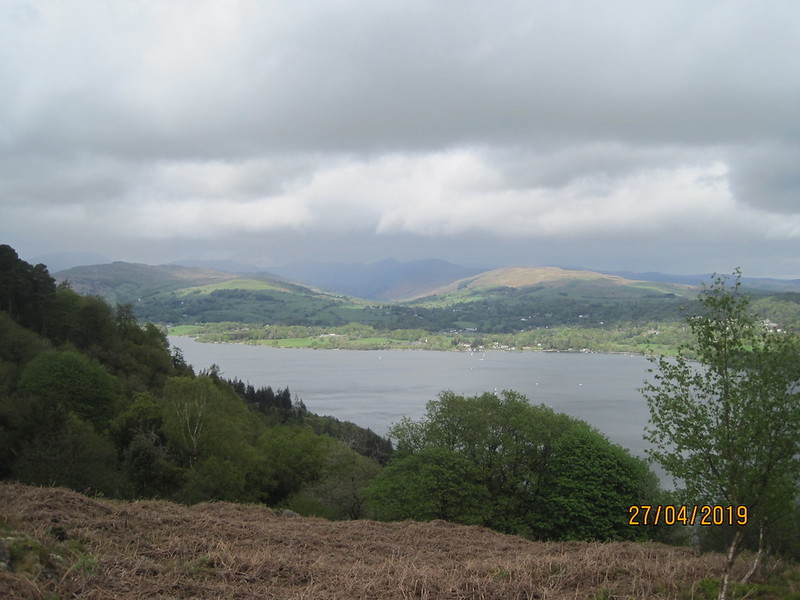
The weather still looked quite bleak in the hills around the head of the lake.
Whilst Gummer How and the southern end of the lake looked a satisfyingly long way away…

A large area of trees around High Pate Crag had been felled. There ought to have been views of the Coniston Fells, but they had been swallowed up by clouds.
The area abounds with tarns. I’m guessing that this one in the distance…
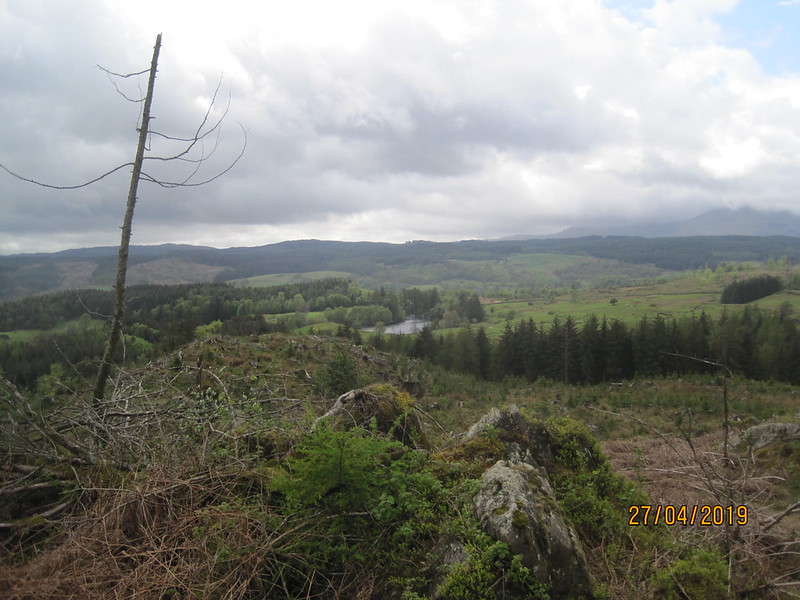
…with trees around it’s western shore, is Moss Eccles Tarn, once owned by Beatrix Potter and which I passed on a previous Calife Heights wander.
High Pate Crag, and the area around it, had good views across to the Langdale Pikes.

Whilst High Blind How turned out to be appropriately named, since the trig pillar there is completely surrounded by mature conifers and has no view at all…

At 270 metres, this was the highest point of the day.
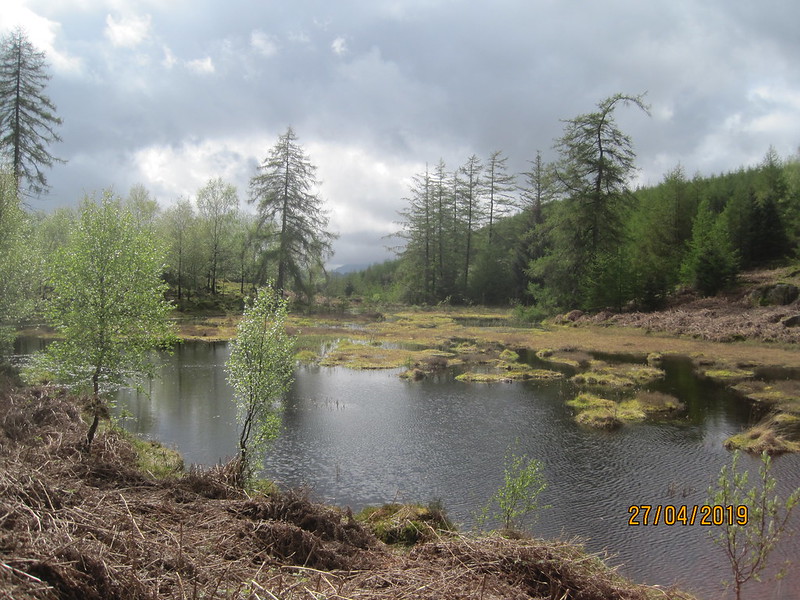
Unnamed tarn near High Blind How.
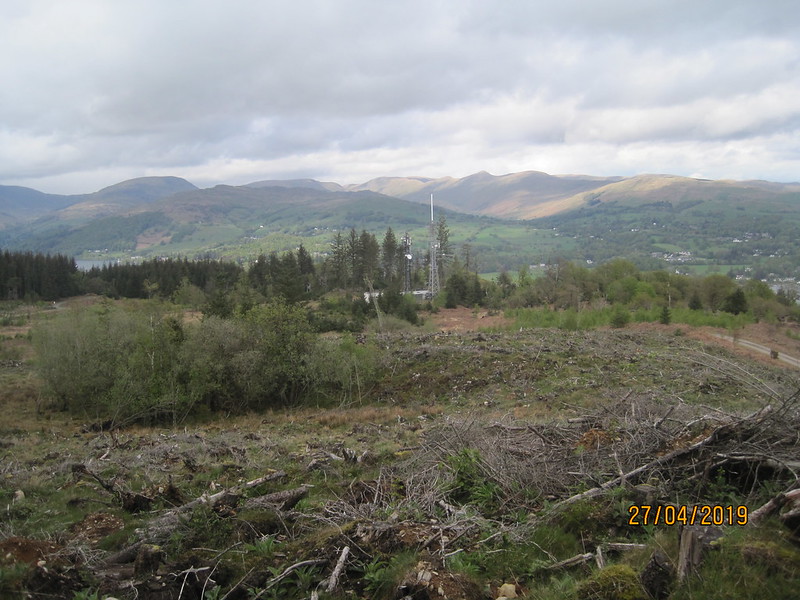
Telephone mast? And the hills north of Ambleside.
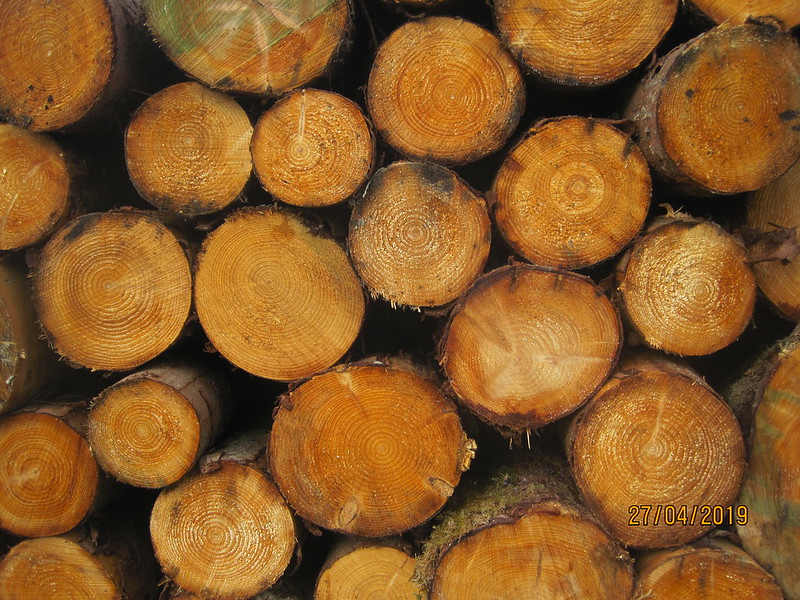
I was heading now for Latterbarrow, but the weather had finally caught up with me again and I had more rain.

Latterbarrow, with a prominent cairn on top.
Fortunately, it stopped pretty much as I reached the top…
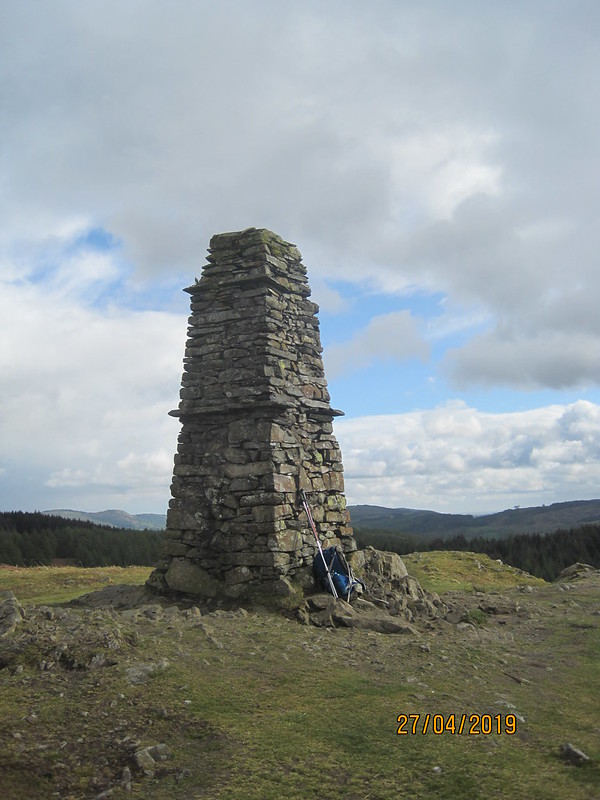
I stopped again here, for another drink and to take lots of photos.

The views were changing all the time, with clouds and showers constantly on the move.
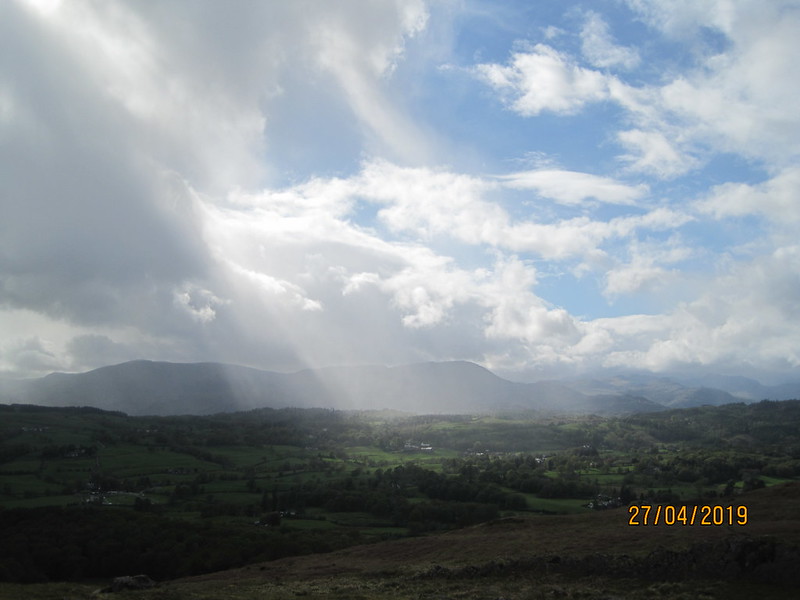
I was even treated to a bit of a rainbow over the lake…
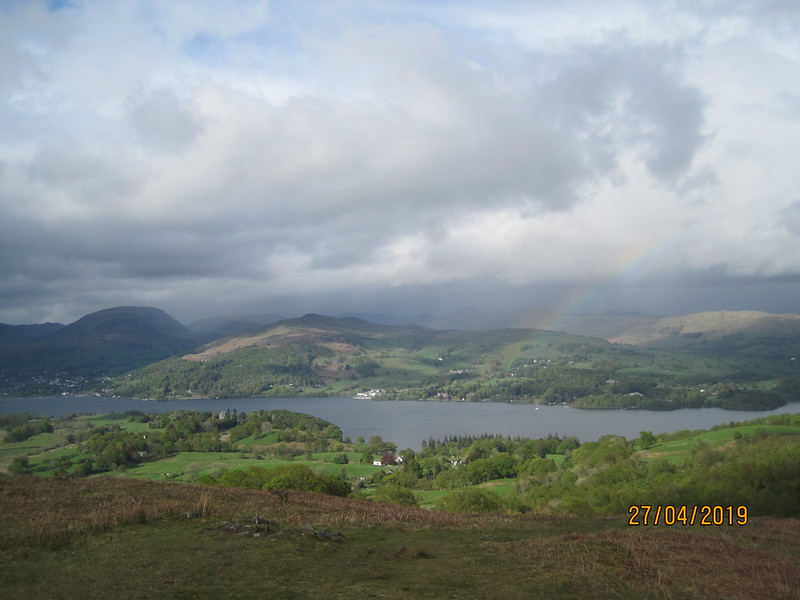
Paths exist here which aren’t on my old map. They were evident on the ground and I trusted that, since they seemed to be going in a convenient direction, it would be a good idea to follow them.
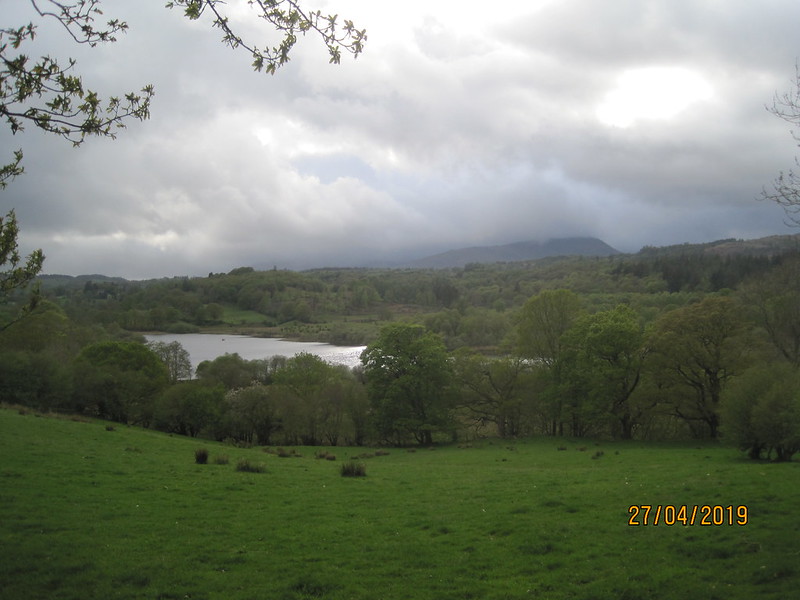
Blelham Tarn with Black Fell behind.
The paths took me down to High Wray, from where I was anticipating a long road walk.

Looking back to Blelham Tarn and Latterbarrow.
However, new paths…

Have been created which either shadow the road, or, in one section, leave it altogether.
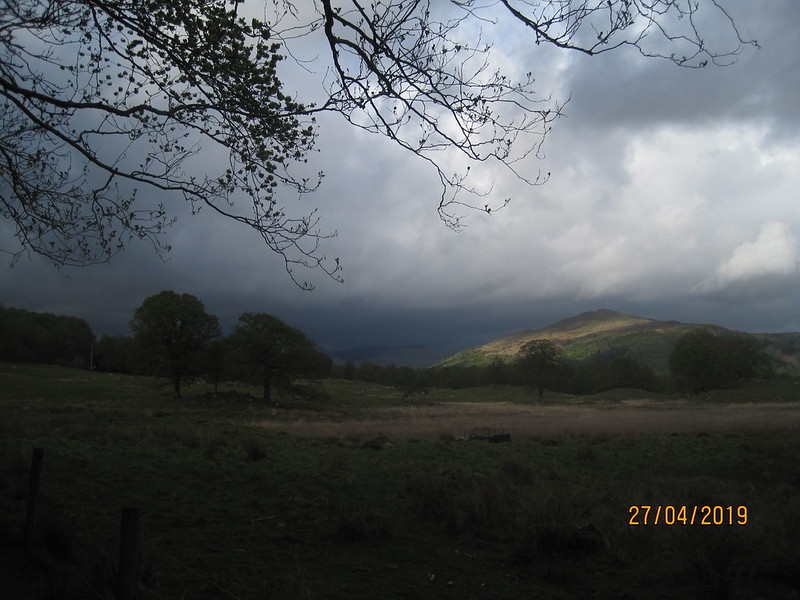
The weather was looking decidedly grim again.
In Pull Woods…
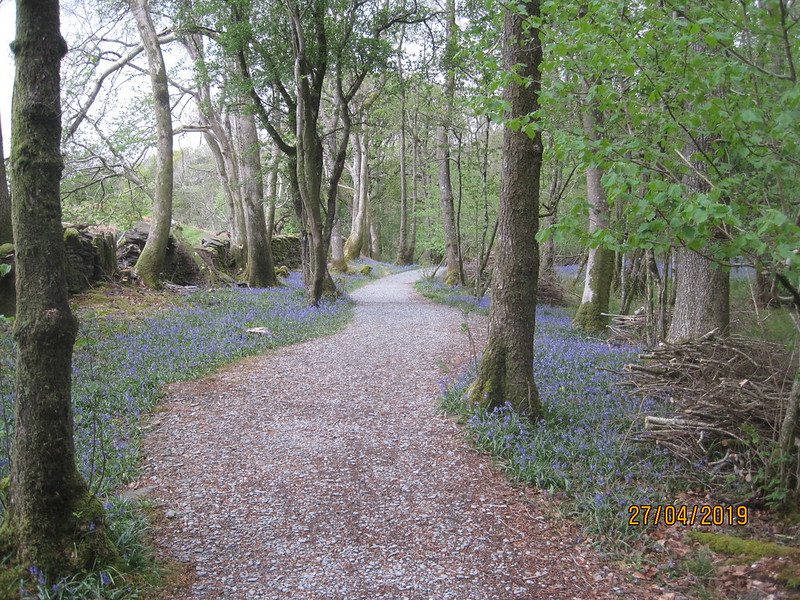
..it had started to rain a little and it soon started to absolutely tip it down.
It continued to rain as I diverted to cross the river Brathay by the footbridge opposite…
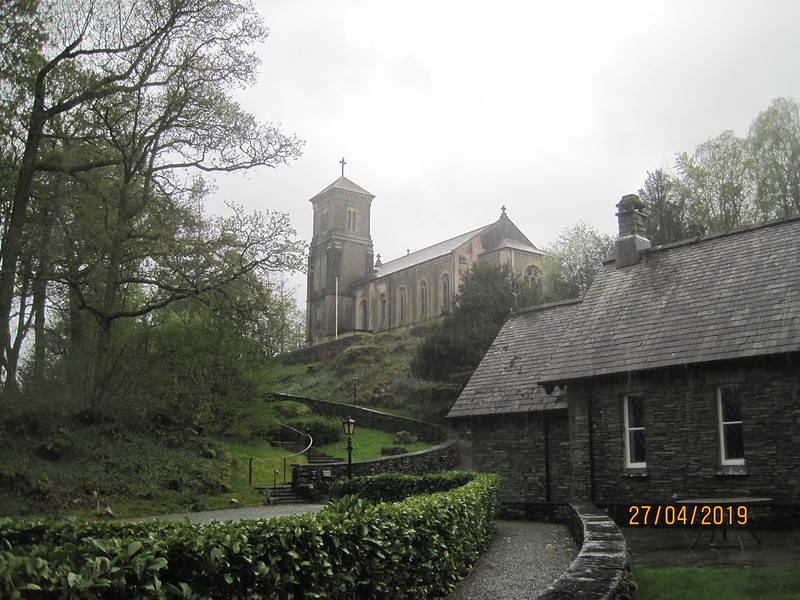
Holy Trinity Church, Brathay.
Another unusual looking church. Having come out of my way to see the church, I decided against climbing the hill to see if the church was open. It was getting late and was still chucking it down.
Fortunately, by the time I reached Ambleside it had finally stopped, so I could enjoy the view down the lake before hobbling to the Youth Hostel, seen on the left here…
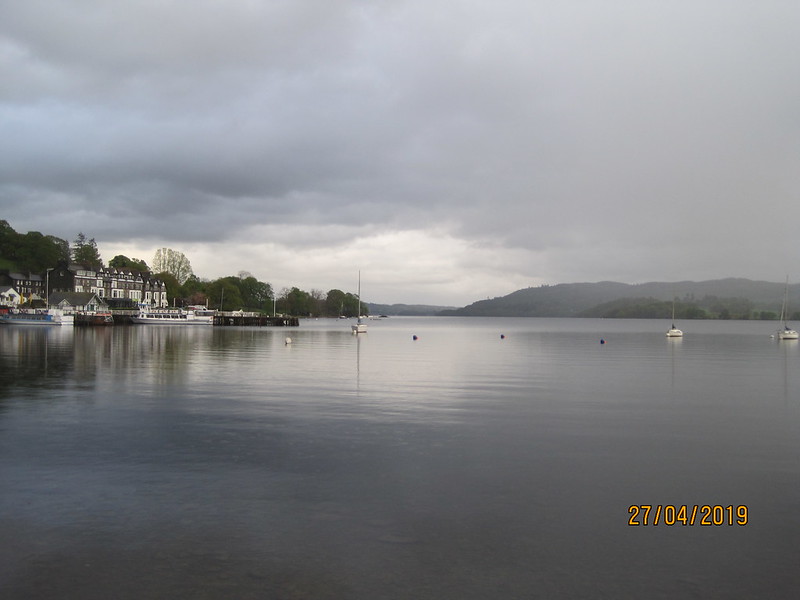
…for a shower, some dry gear, food and a couple of hard earned beers.
Duncan Turner gives this side of the lake as 13¾ miles with 1816′ of ascent, but I tacked on extra bits around the southern end of the lake, over Summer House Knott and over High Blind How and Latterbarrow, which made it, well…quite a long way.
Maps: Start at the bottom and work up! (Some of the paths are missing from this 1:50,000. You really need OL7 to track the route)
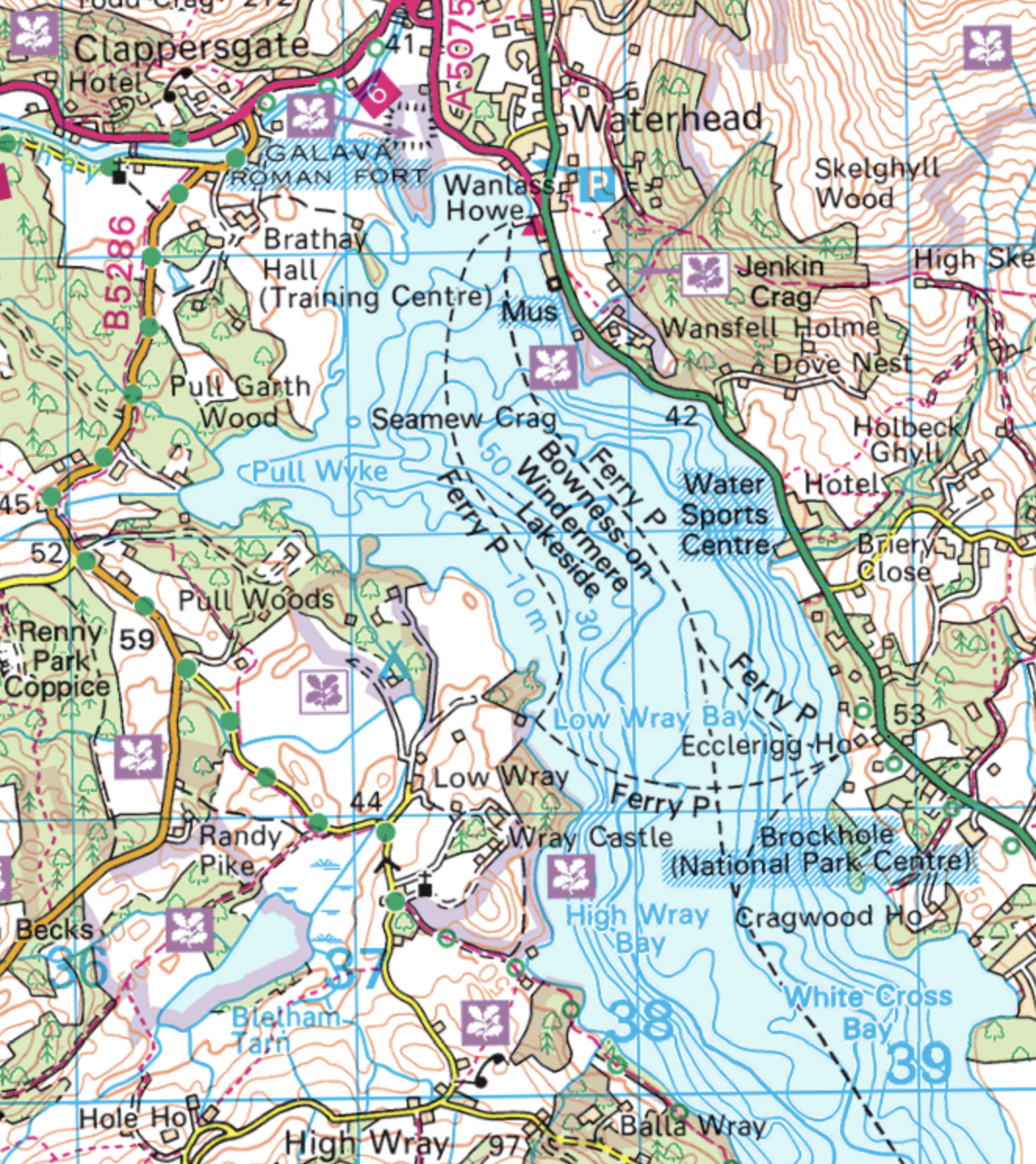



Technical notes:
The photos were taken on an old (in digital camera terms) Fujifilm camera, chosen because it’s very compact and because my Panasonic is too bulky in my rucksack if I’m carrying overnight gear.
There’s no Google-Earth map of my route because the app decided, as it does from time to time, that I had logged out, and I couldn’t log back in again because I don’t use mobile data. The next day it worked fine, except that somewhere on the drive home the data for the day disappeared into the ether.
